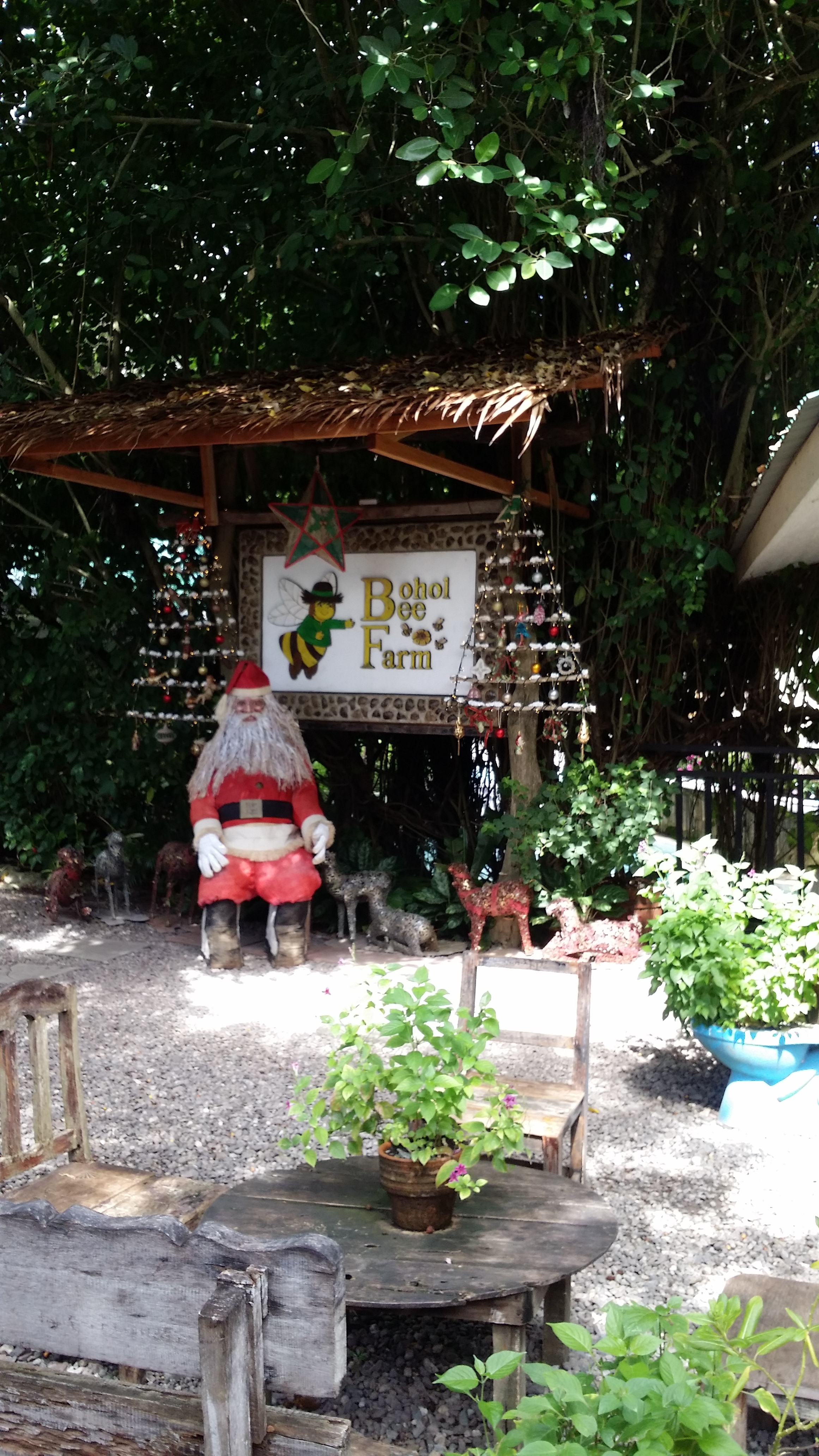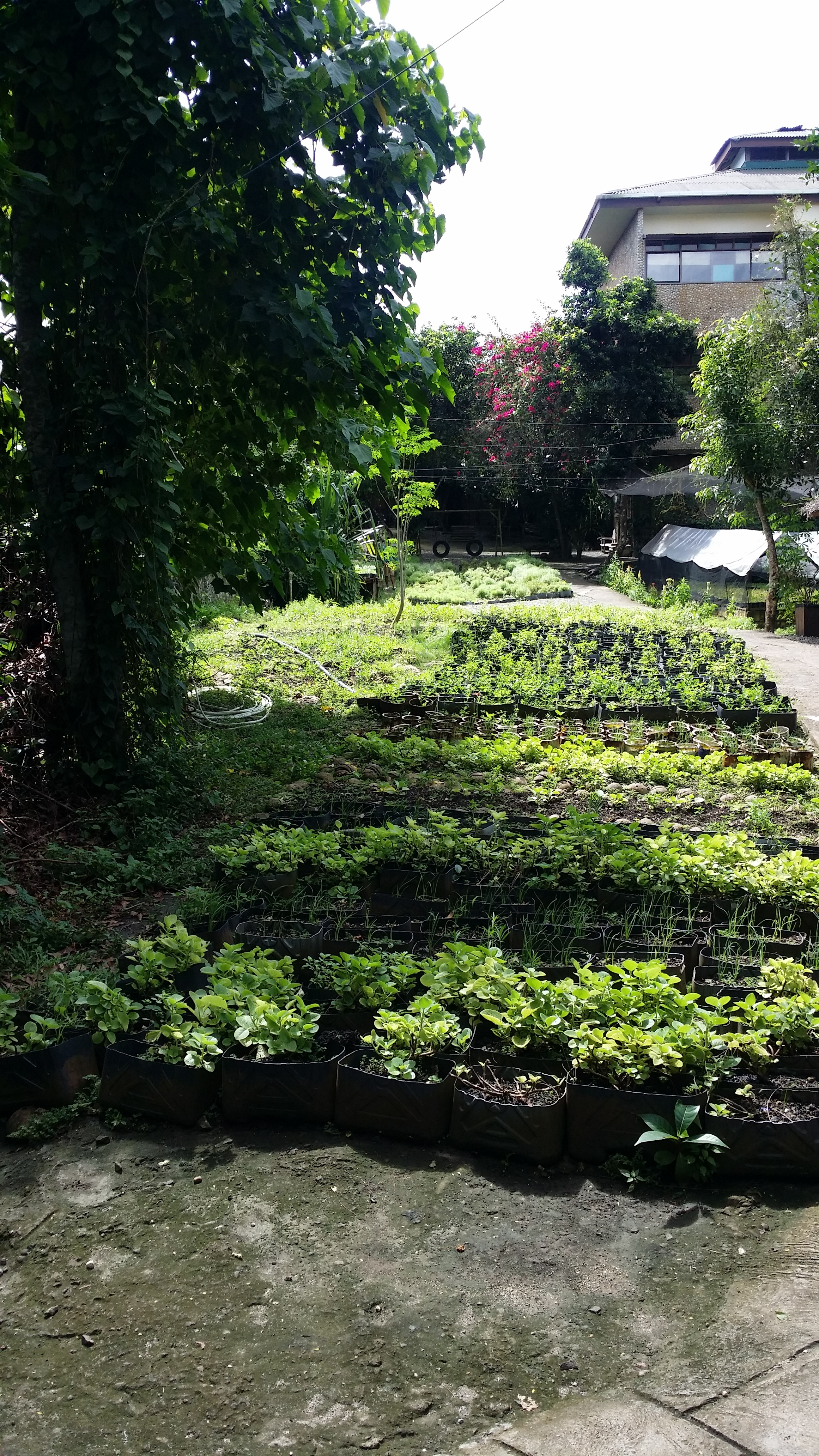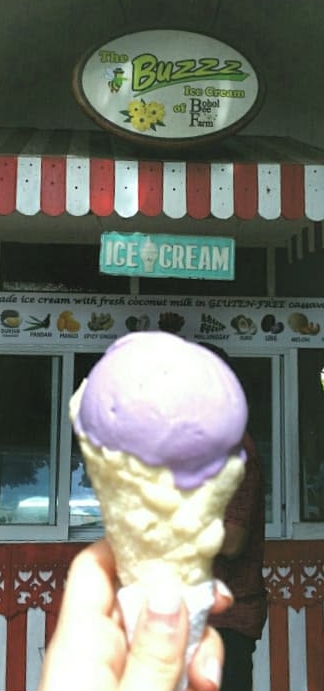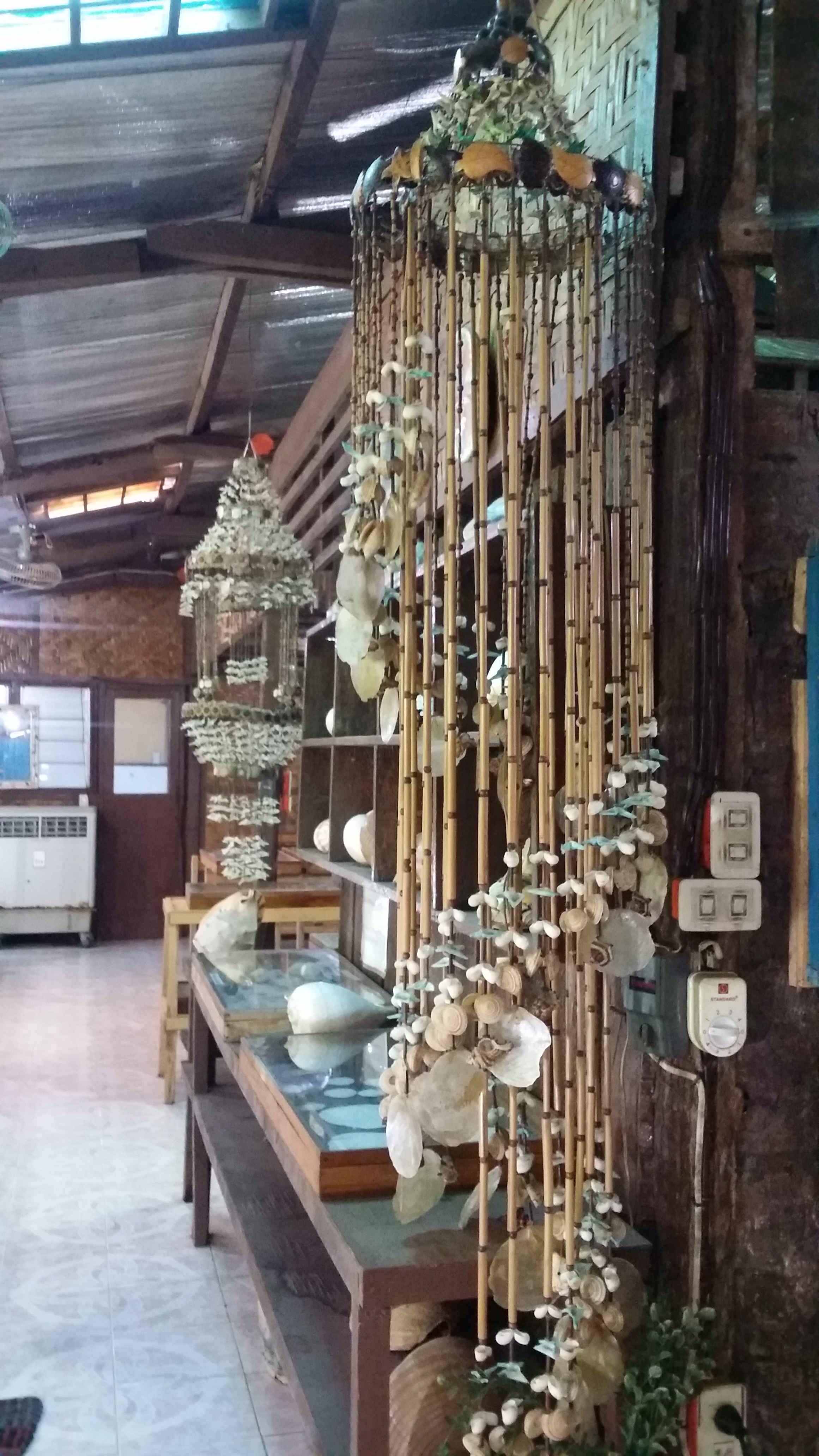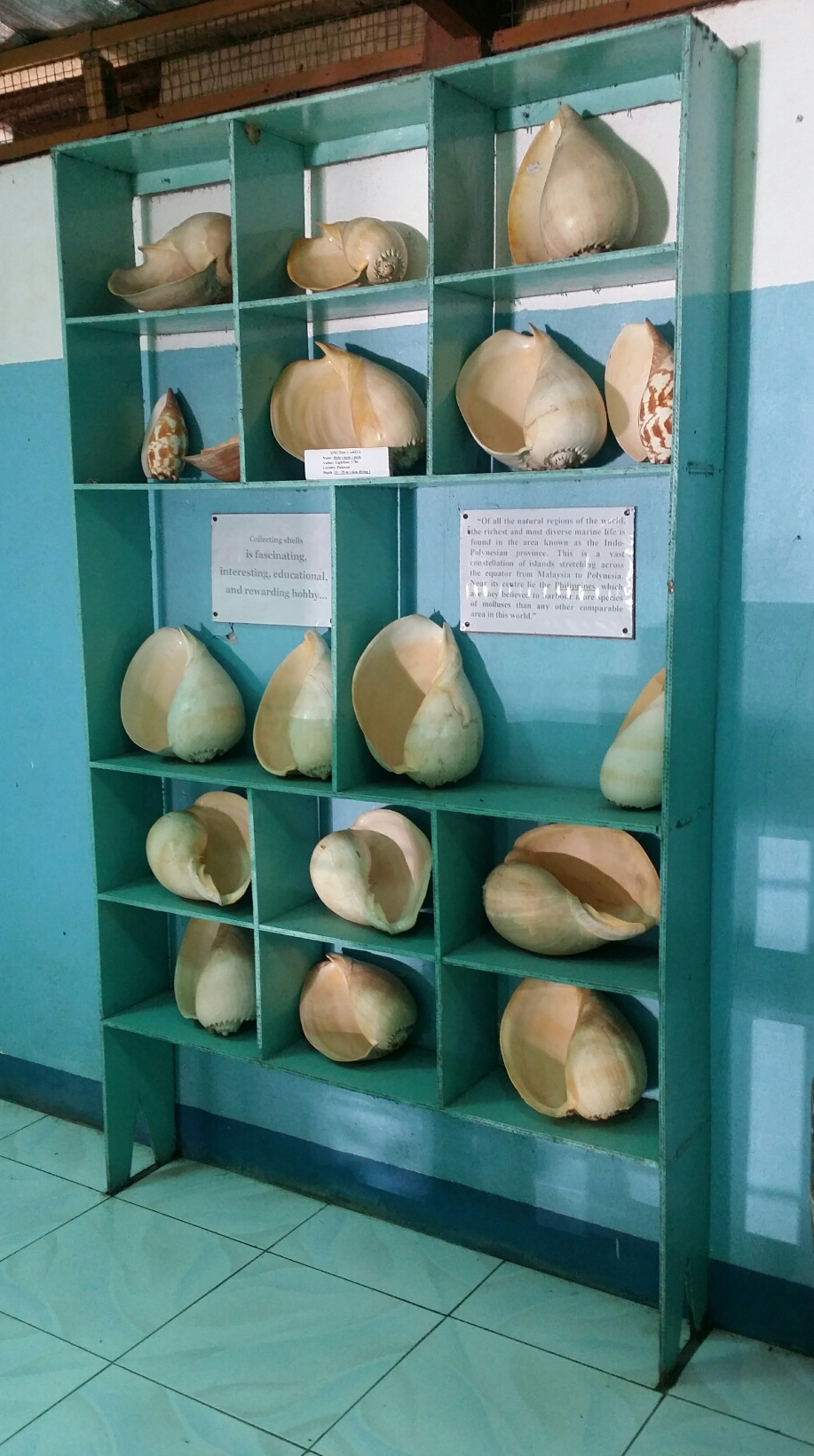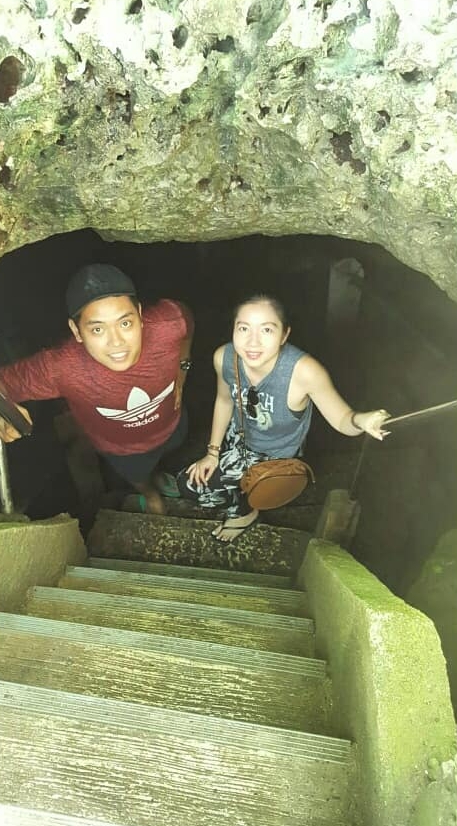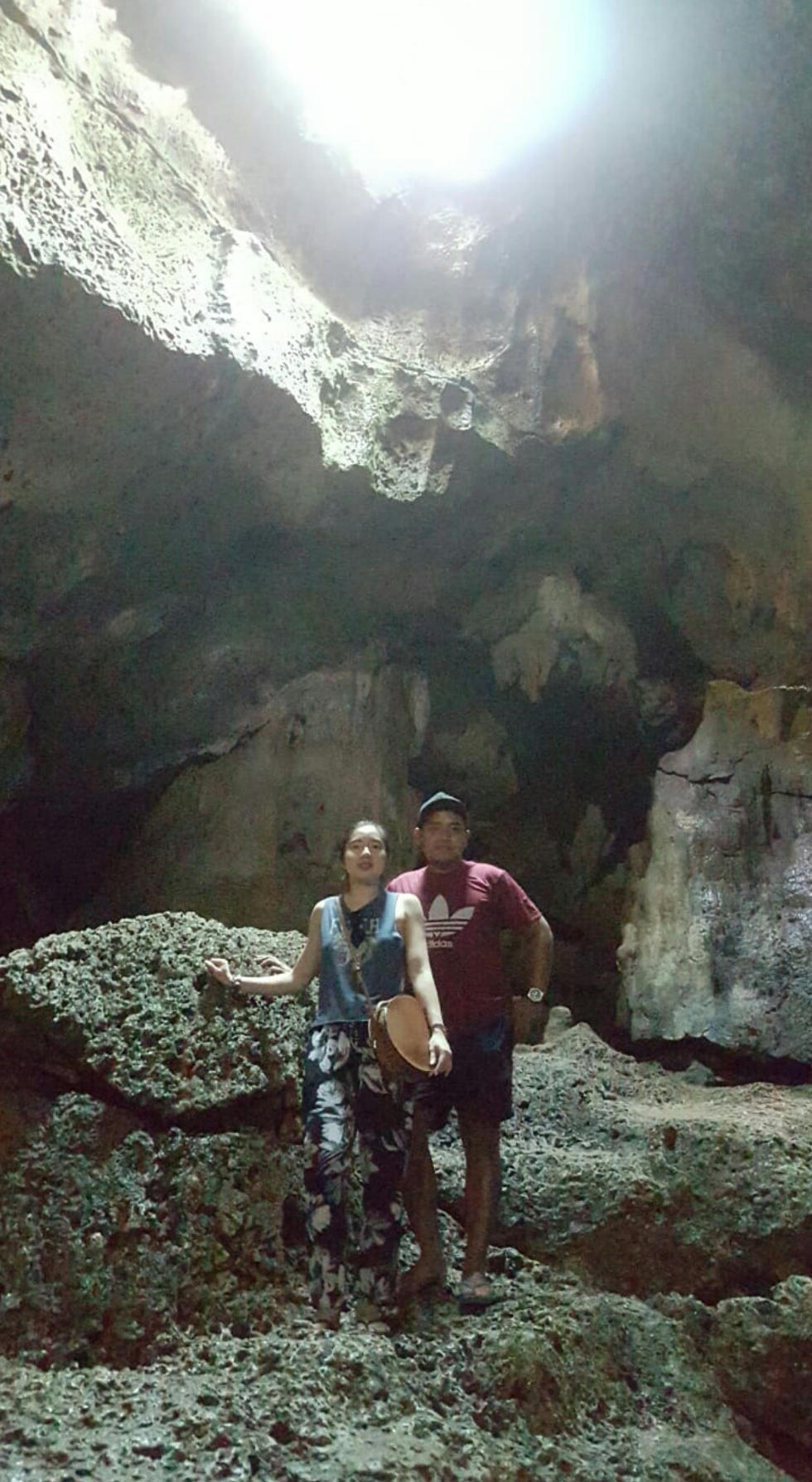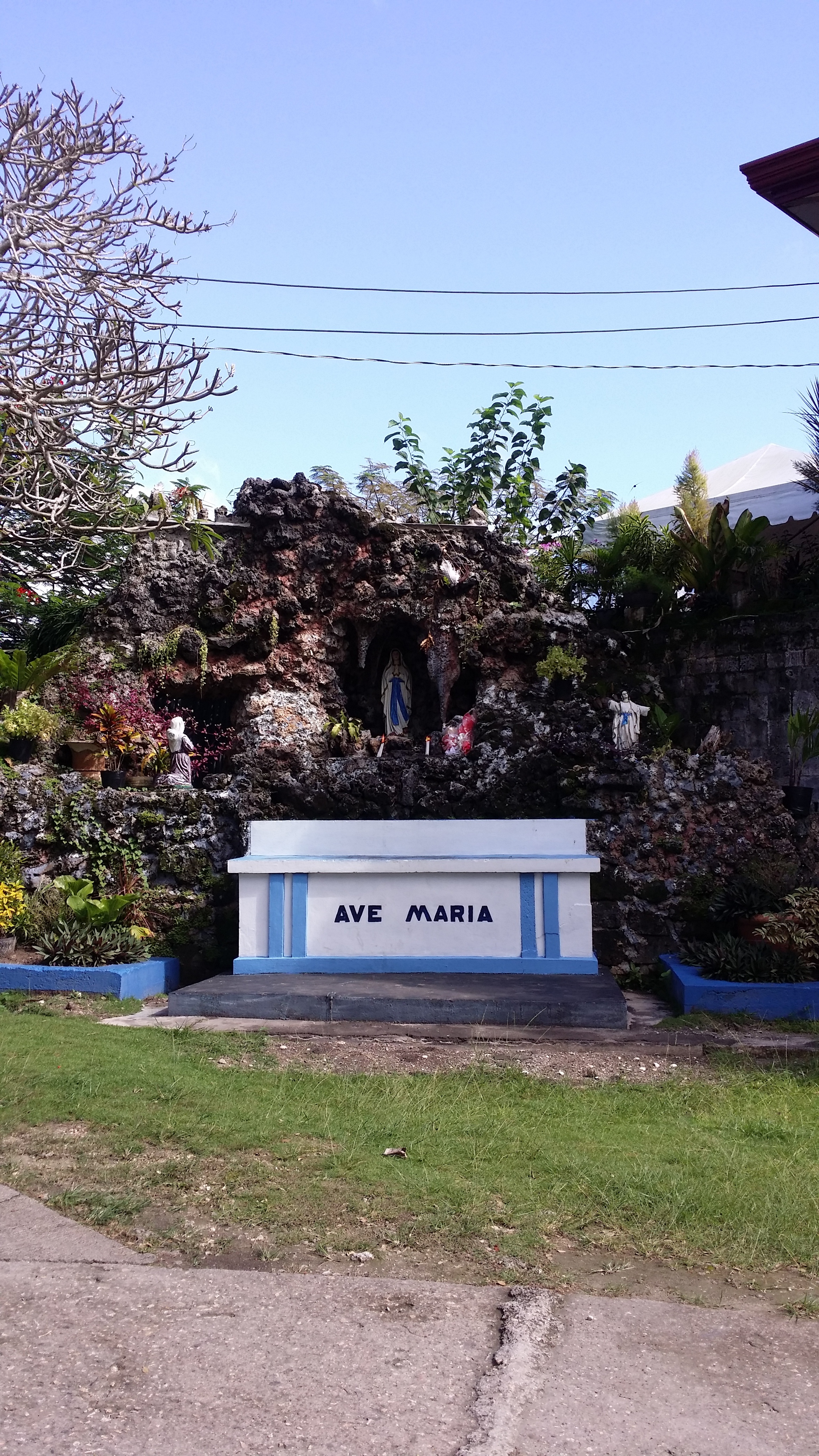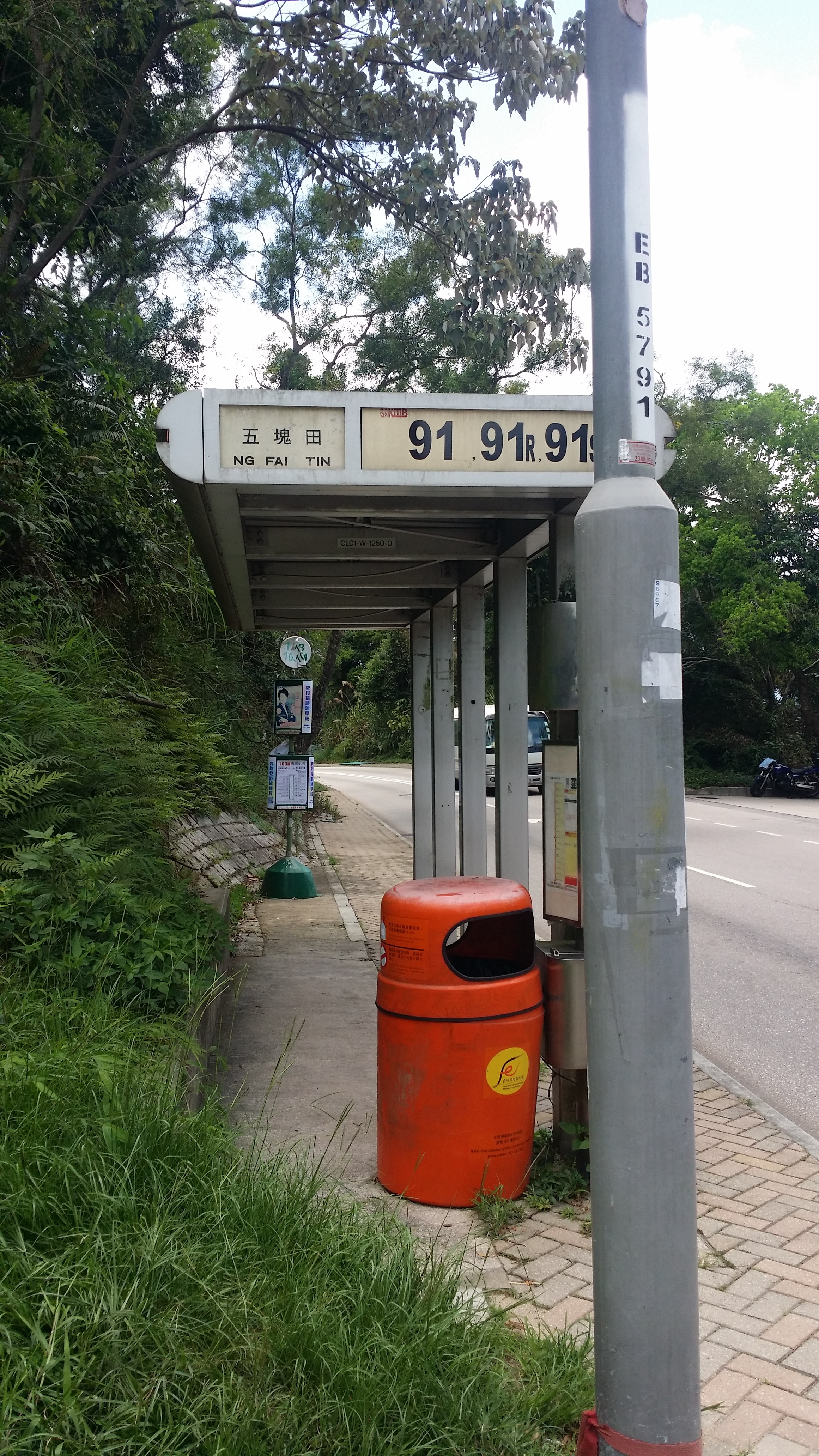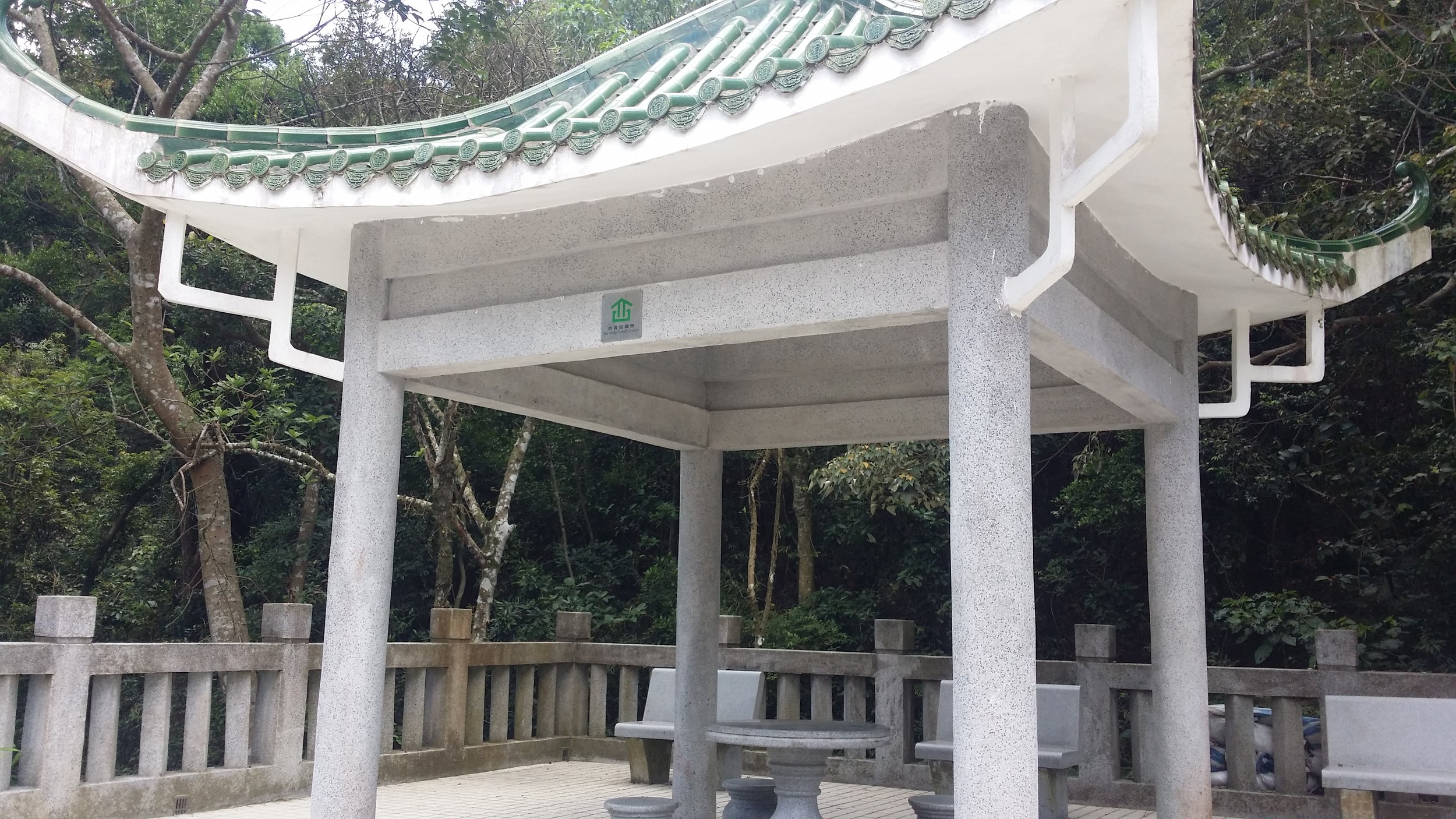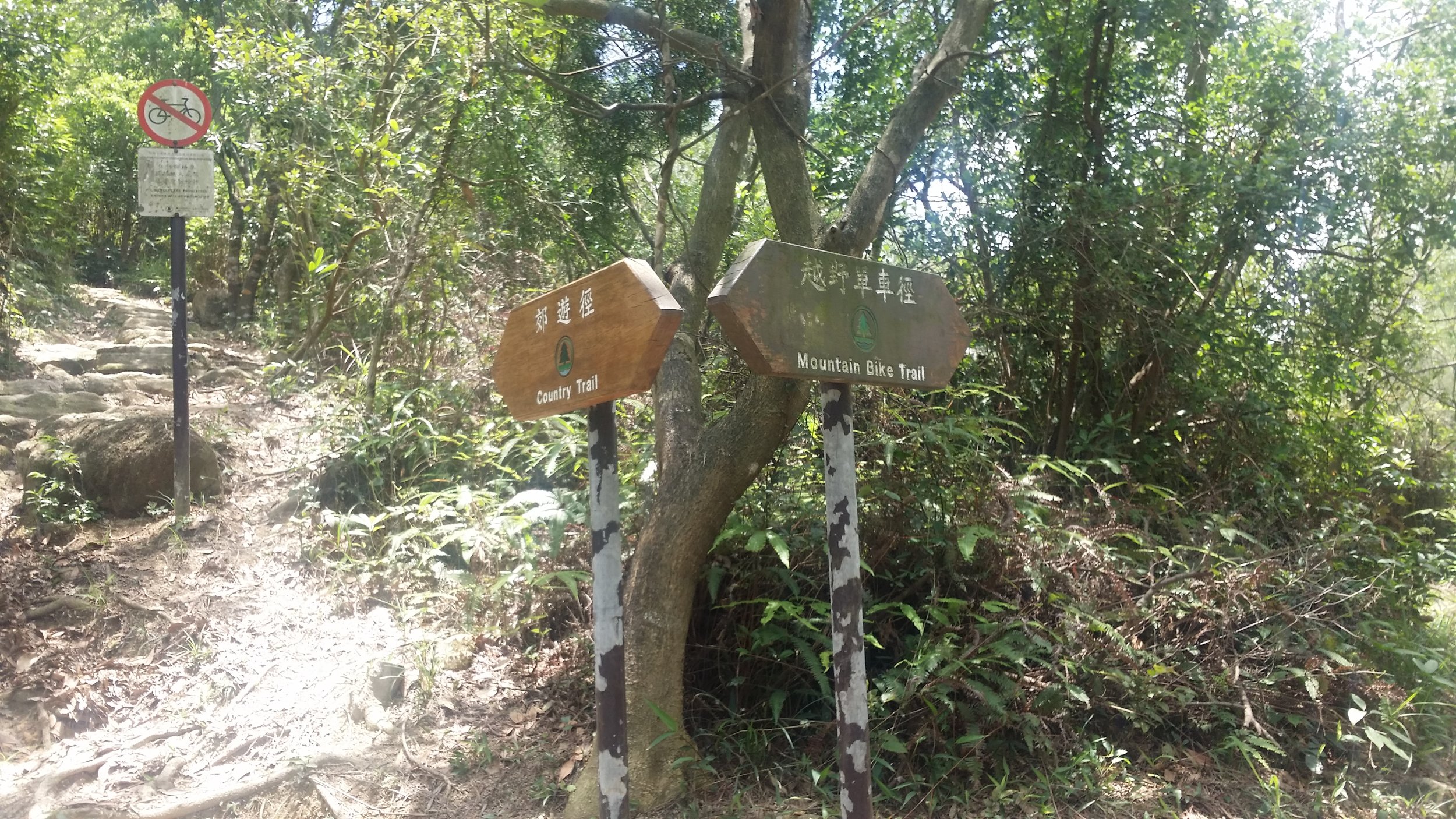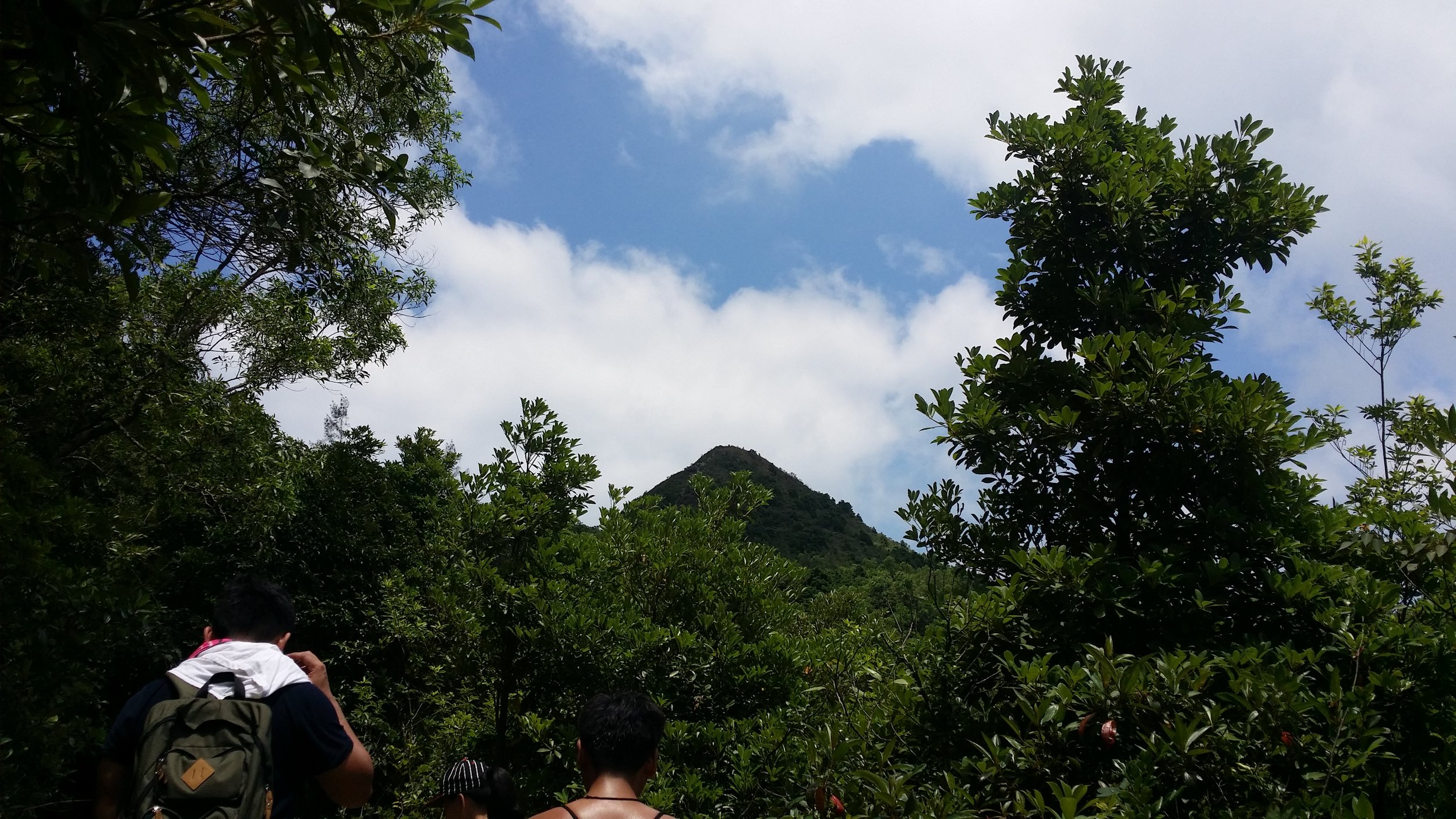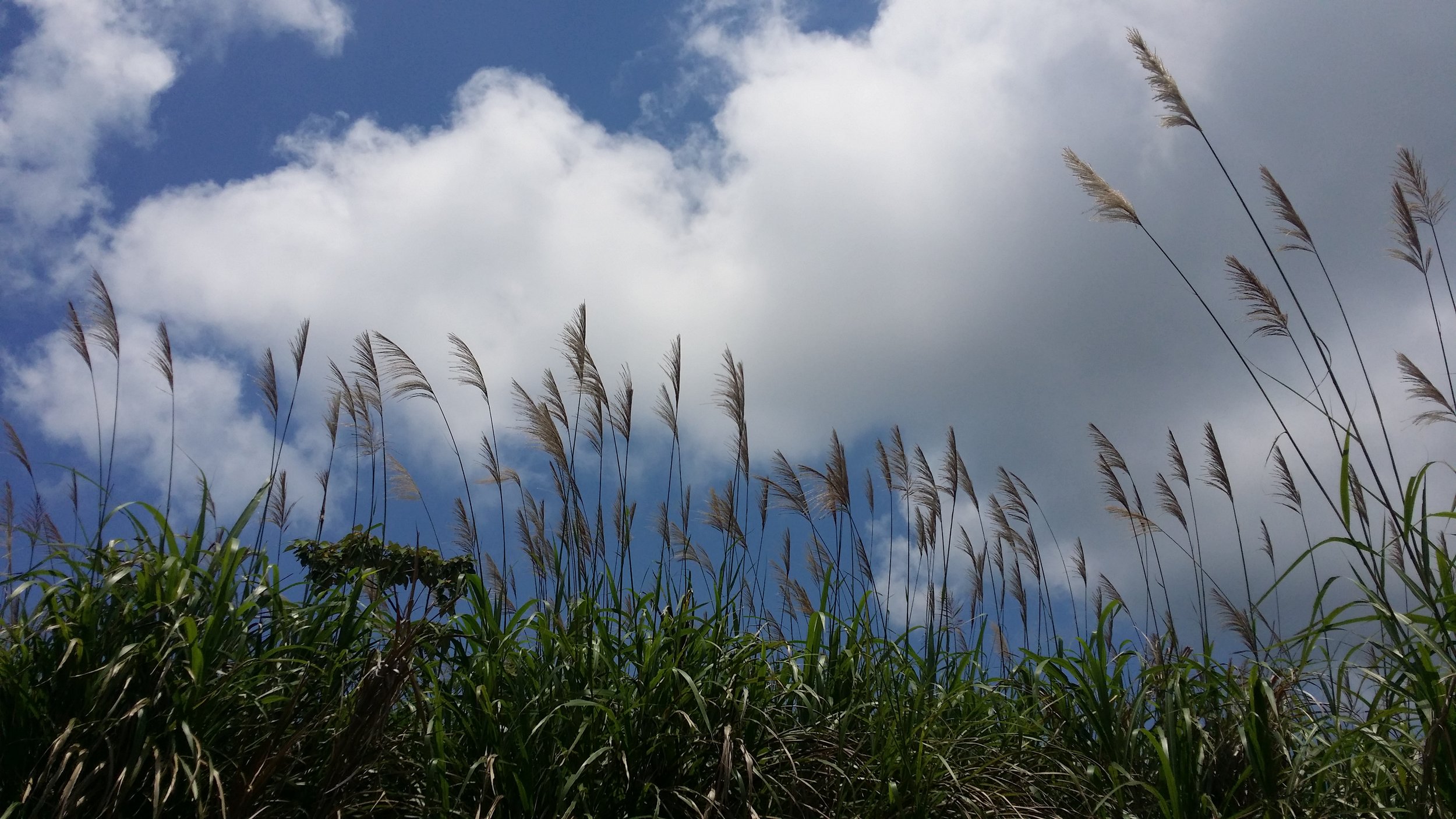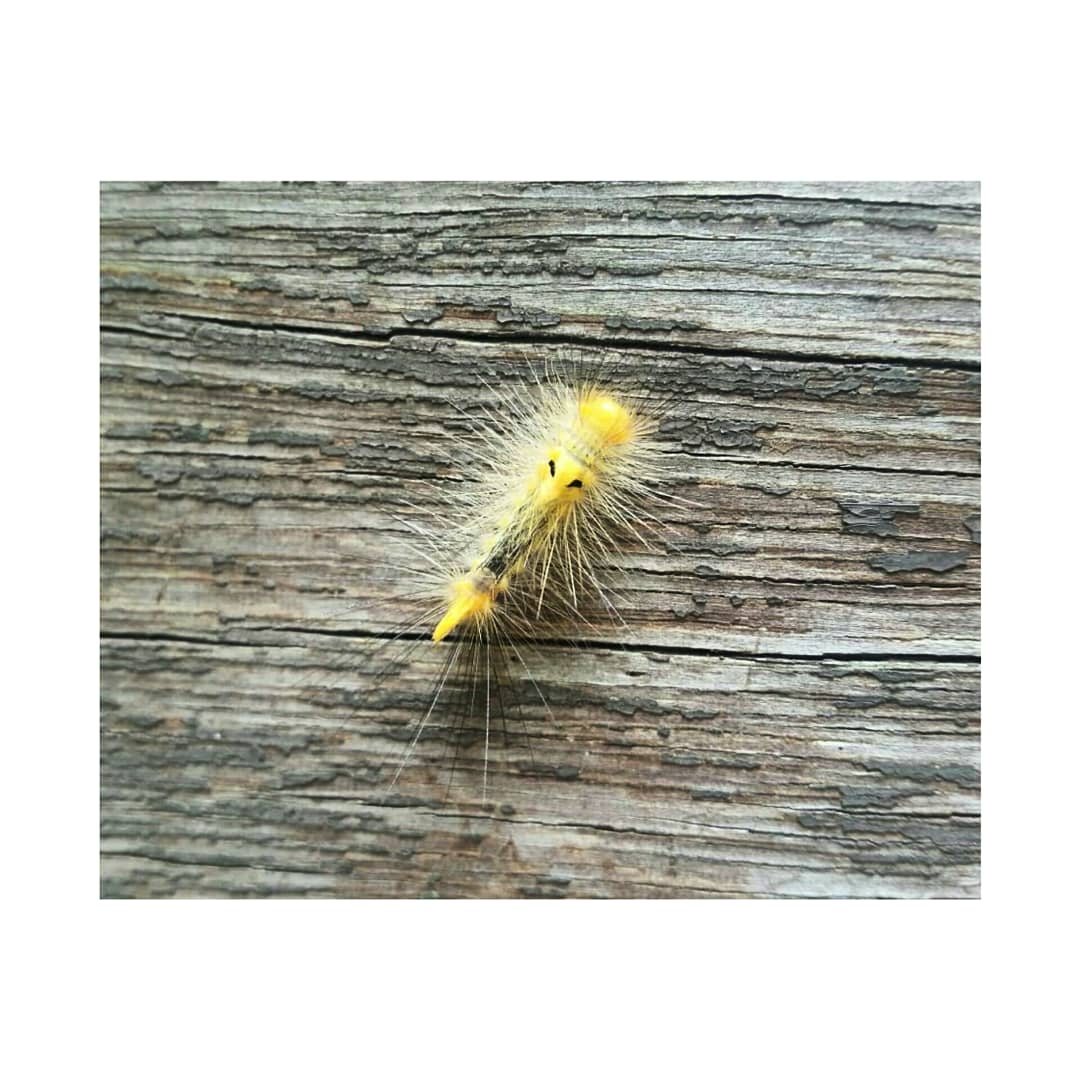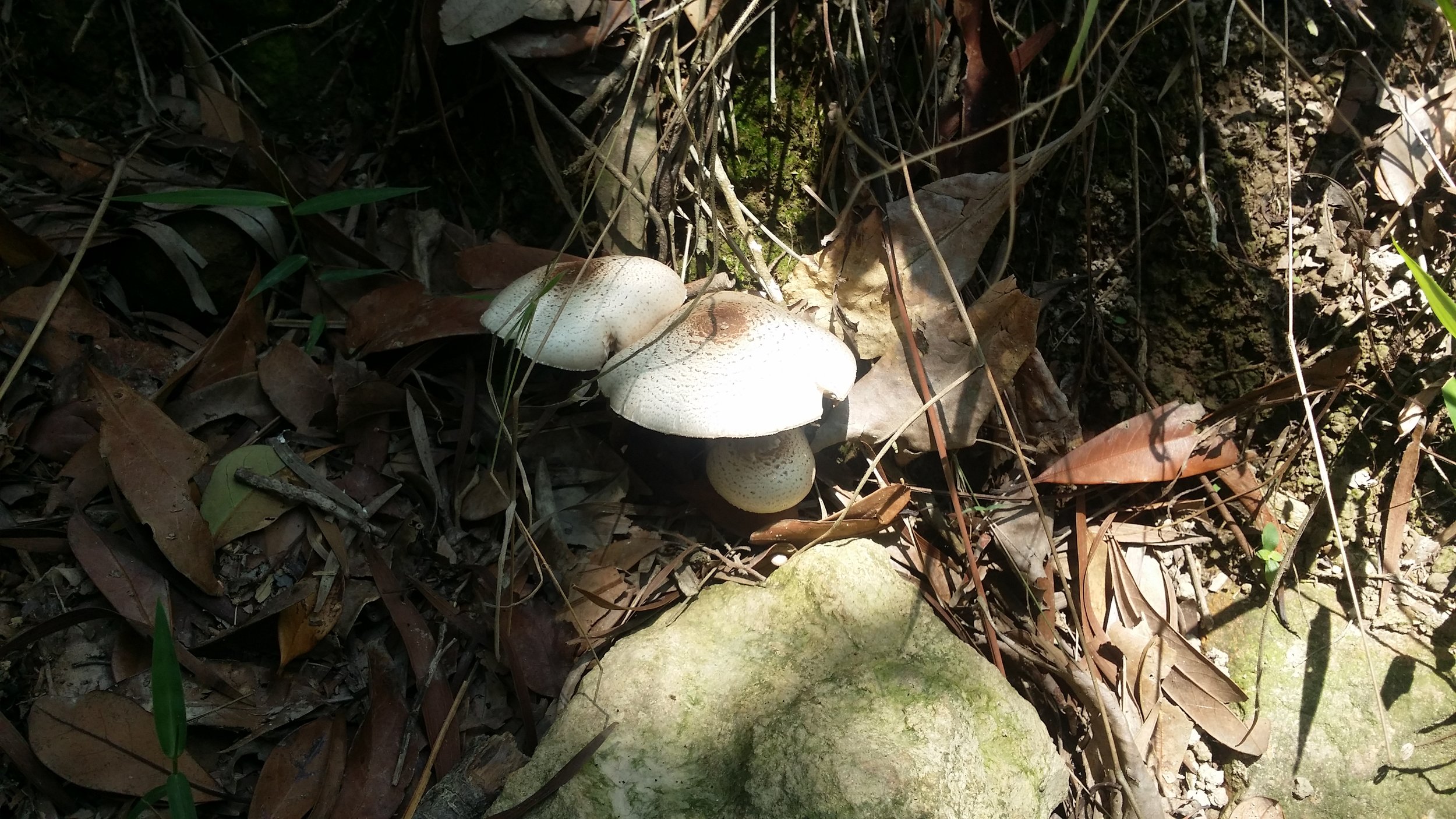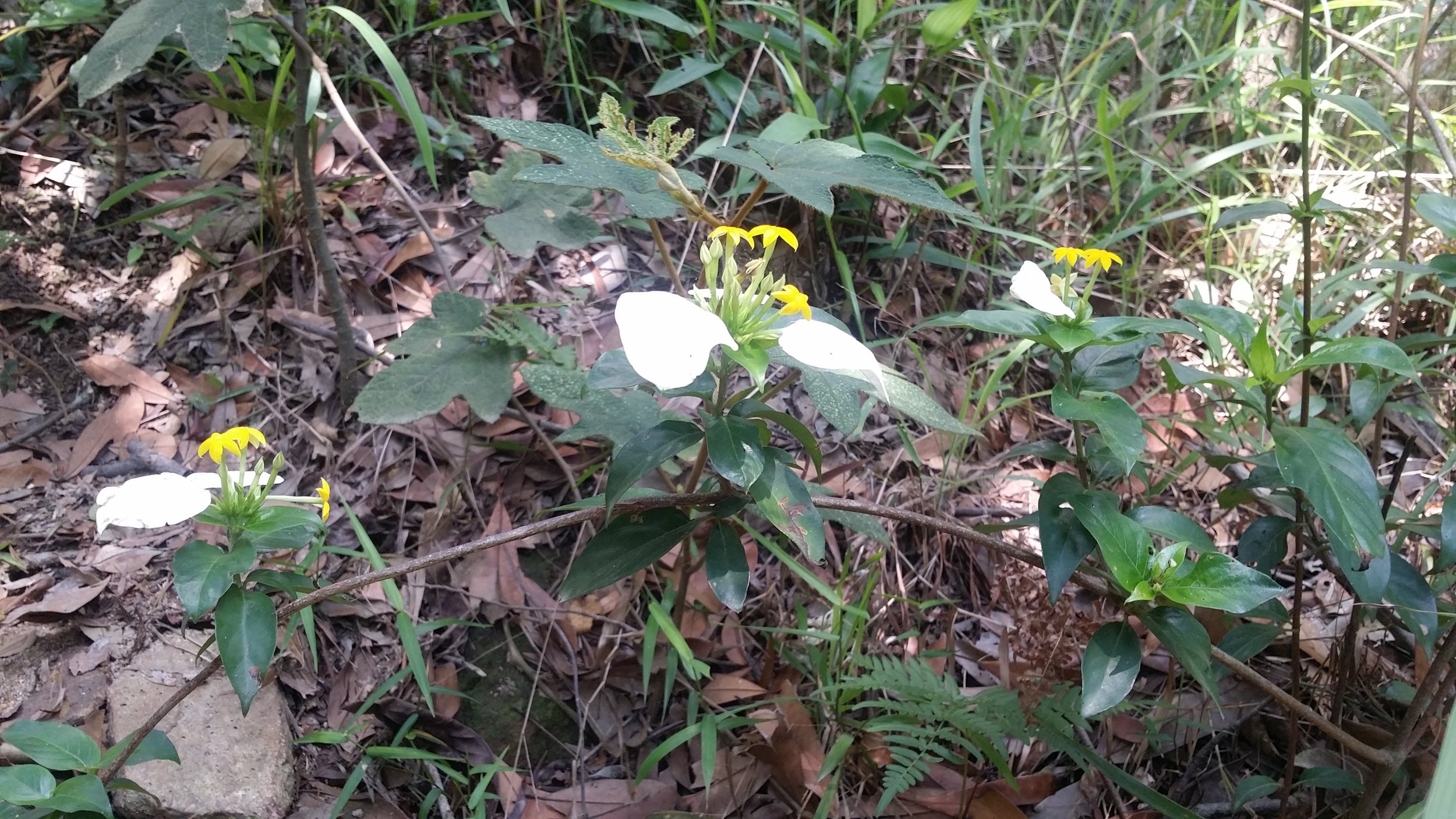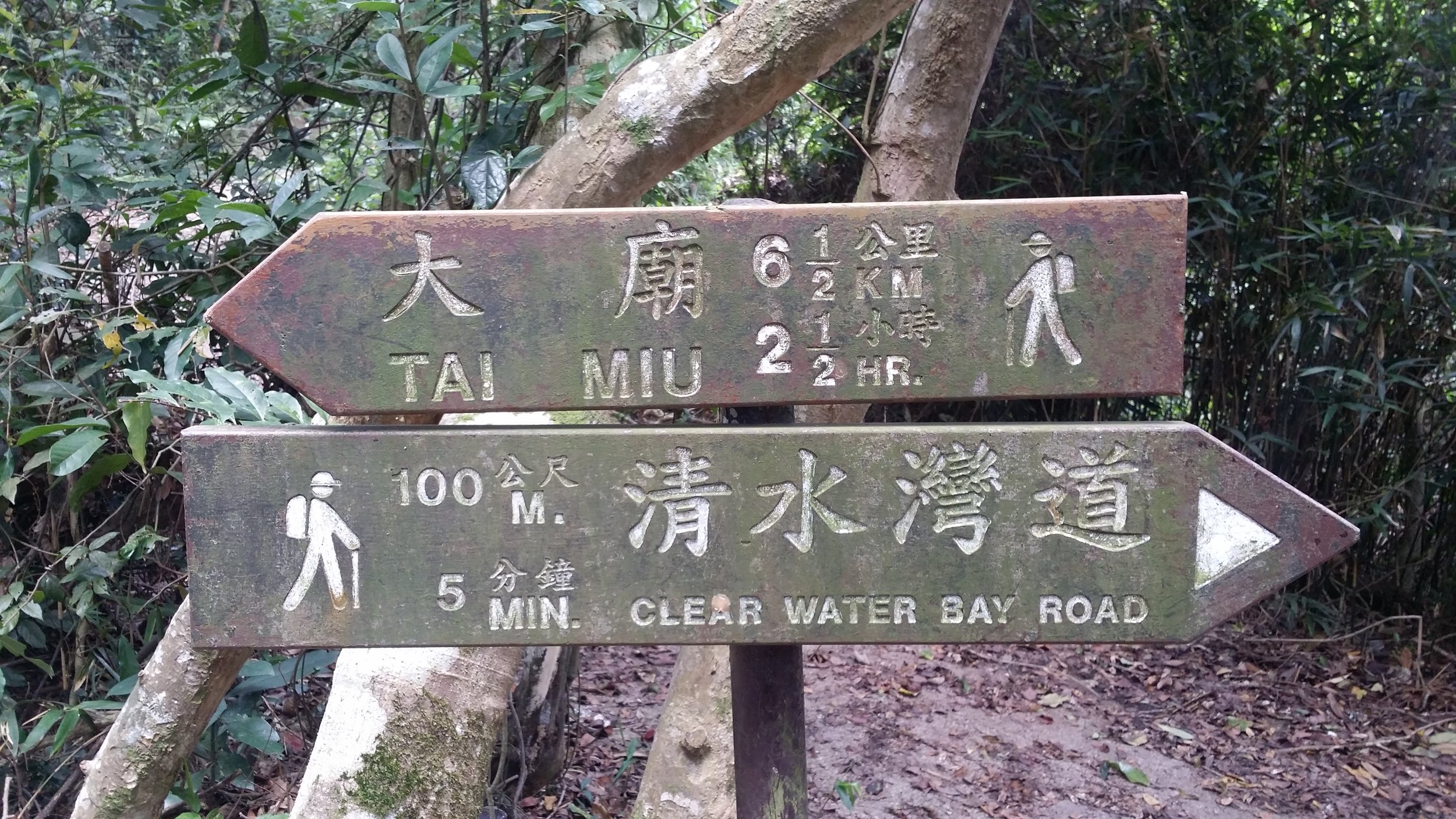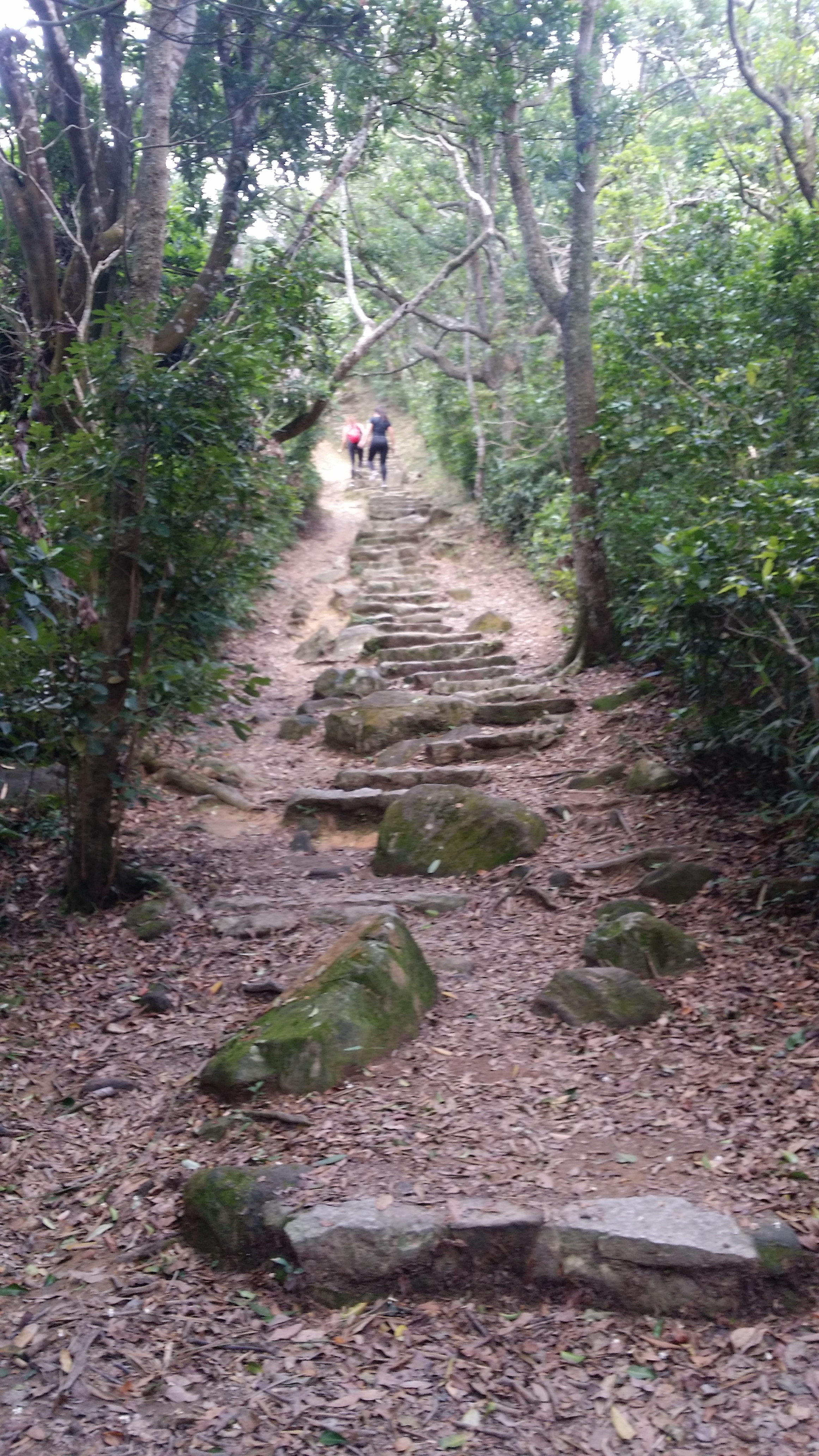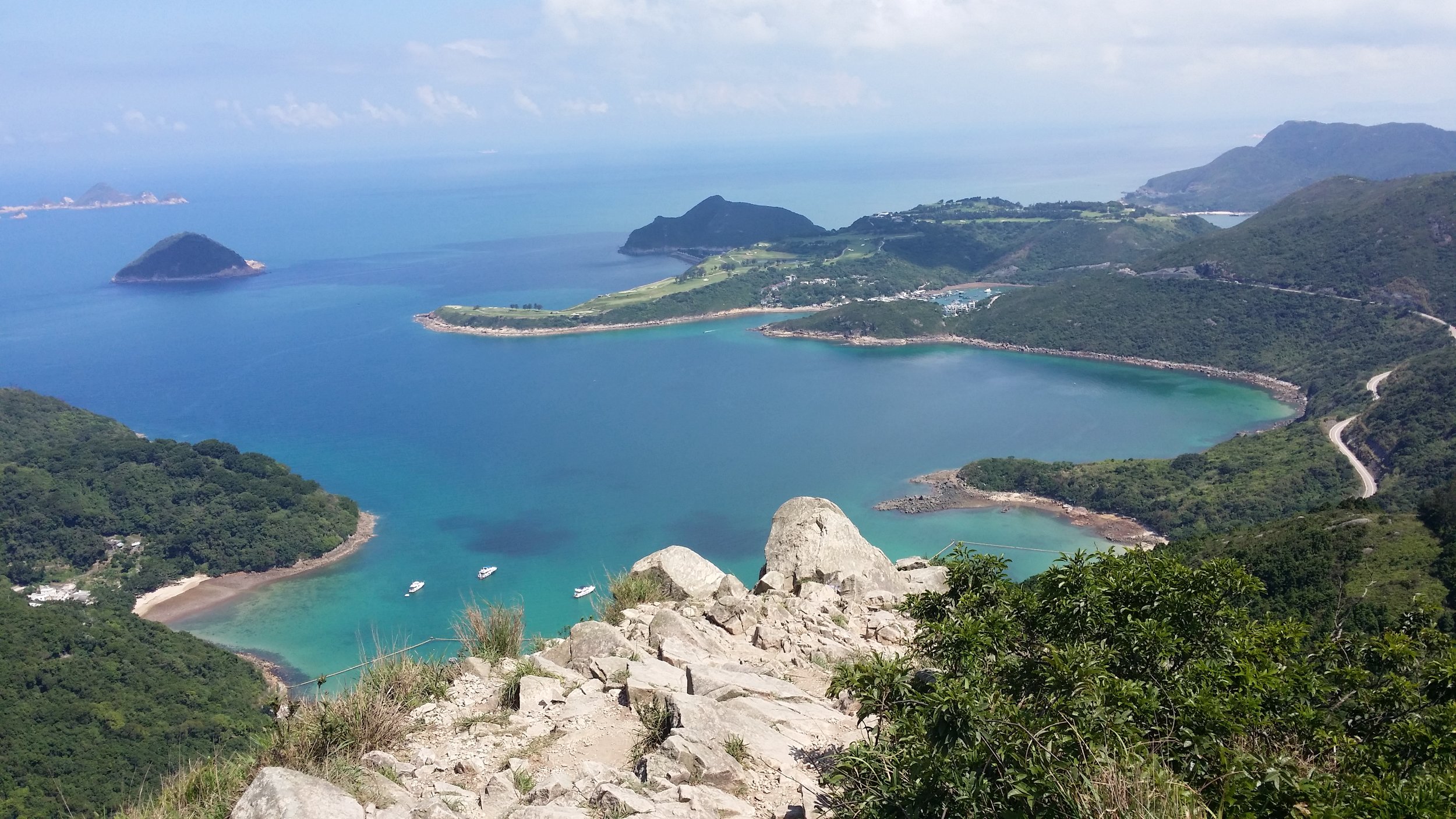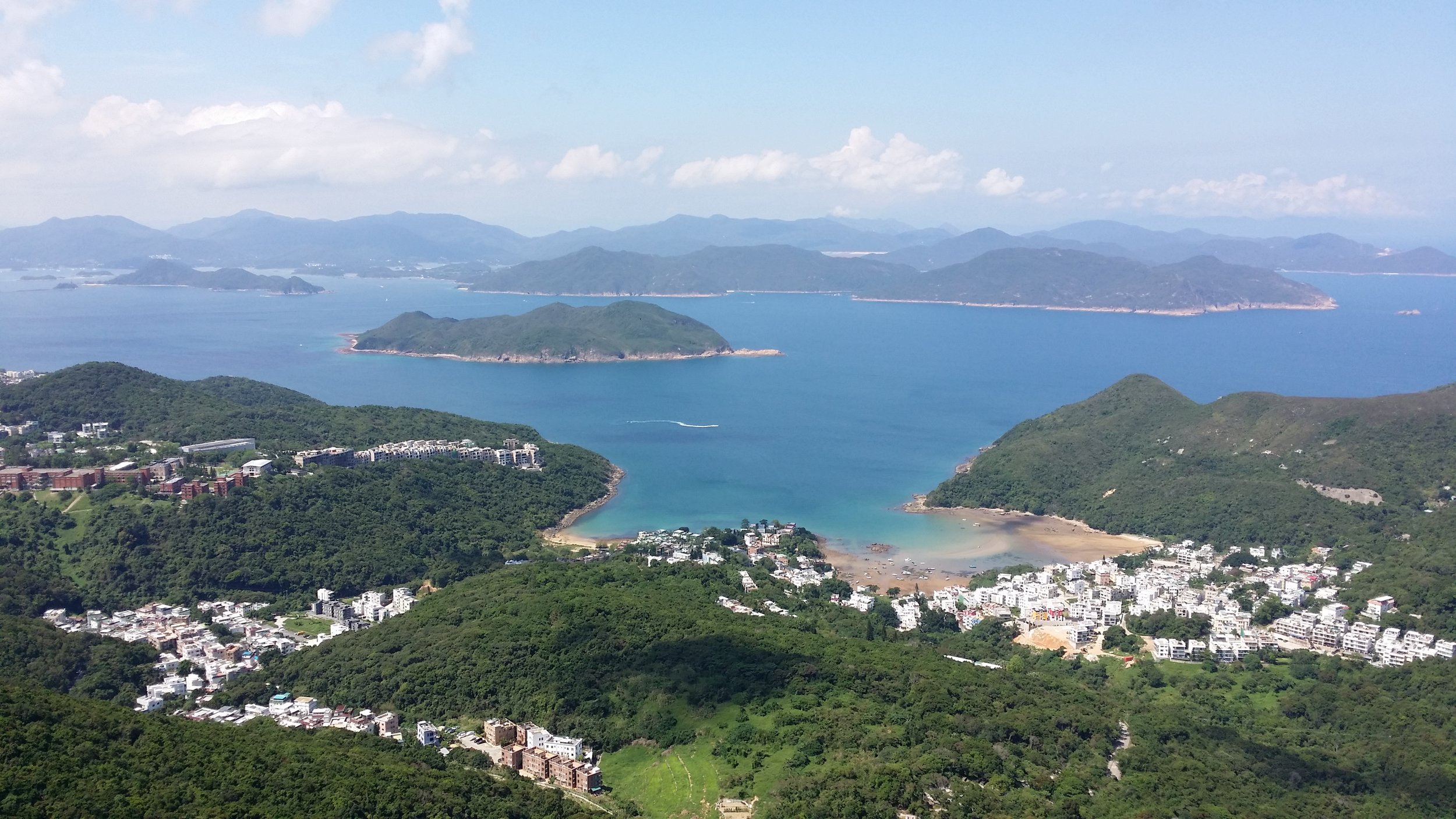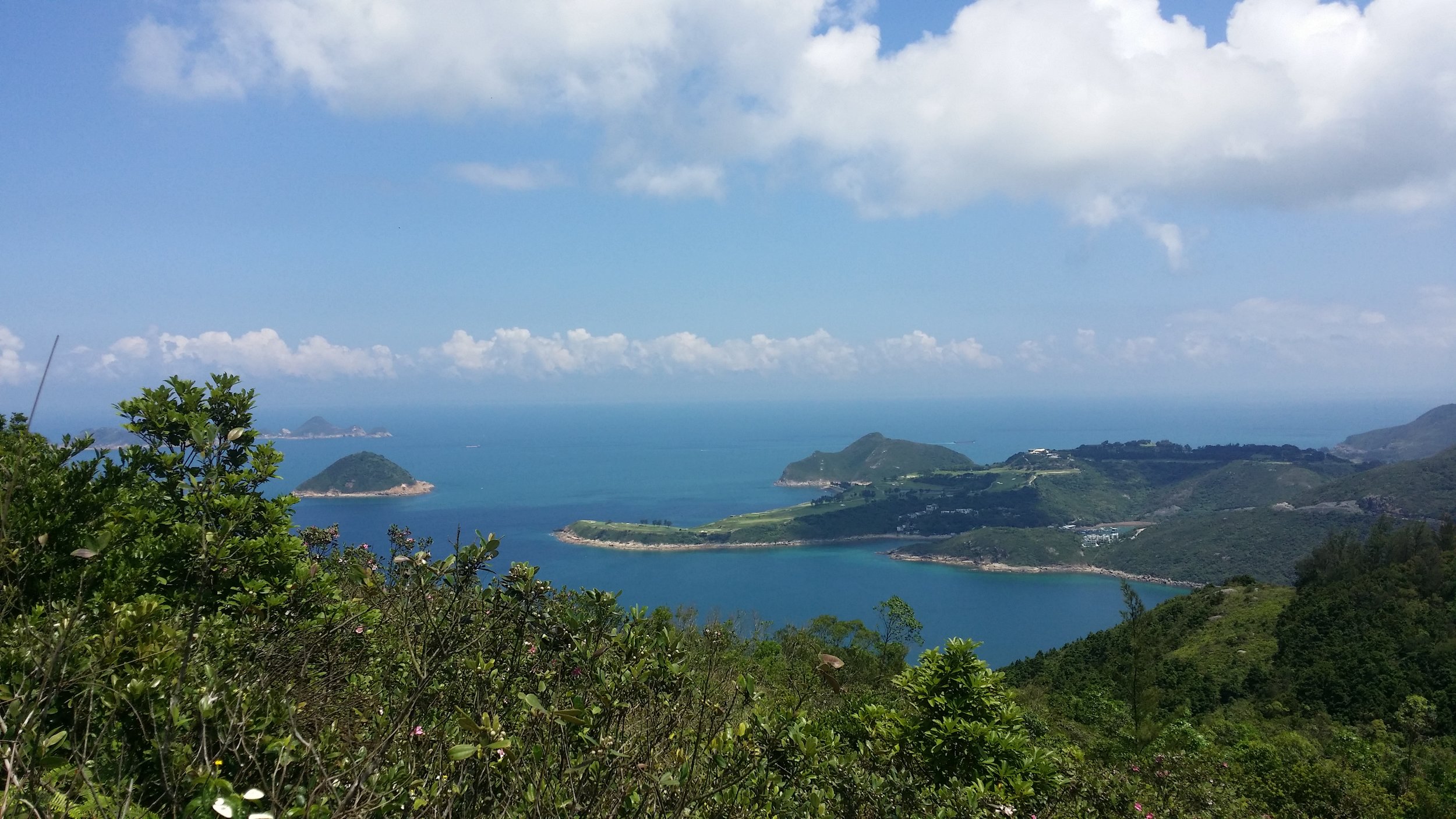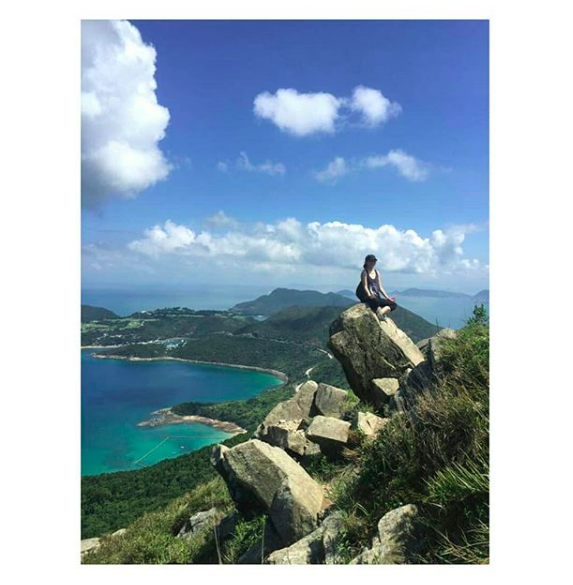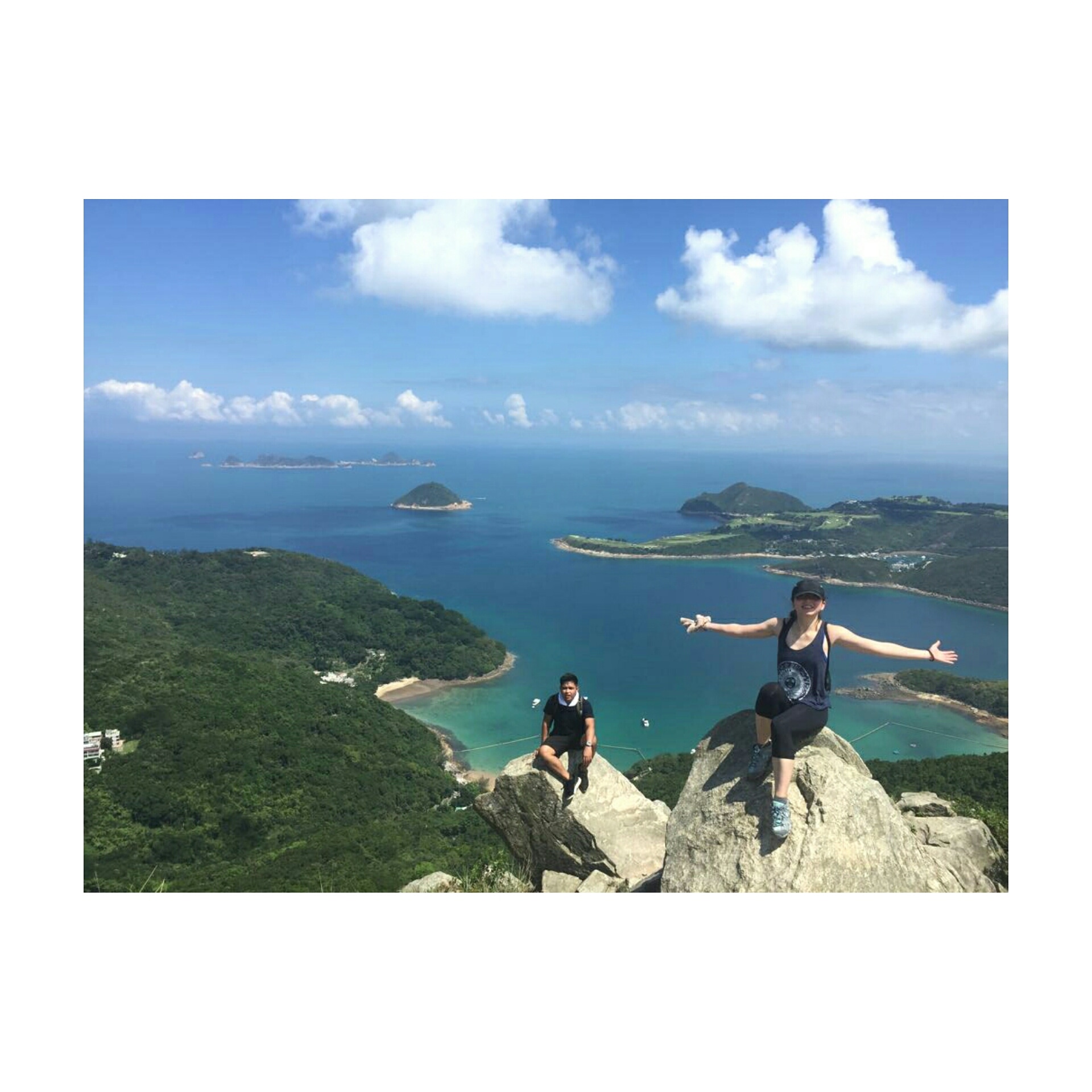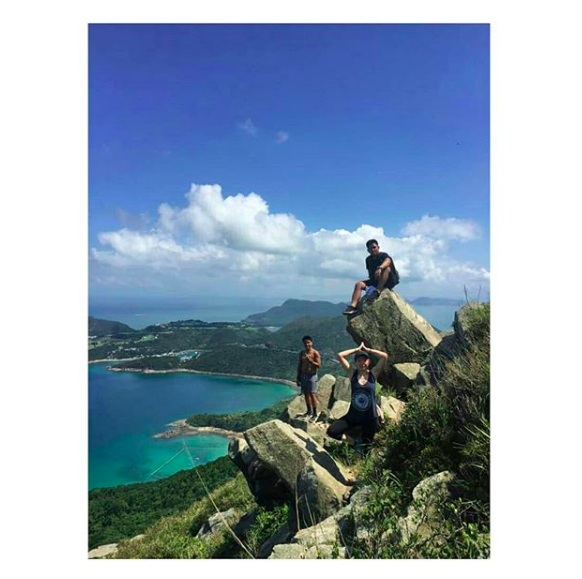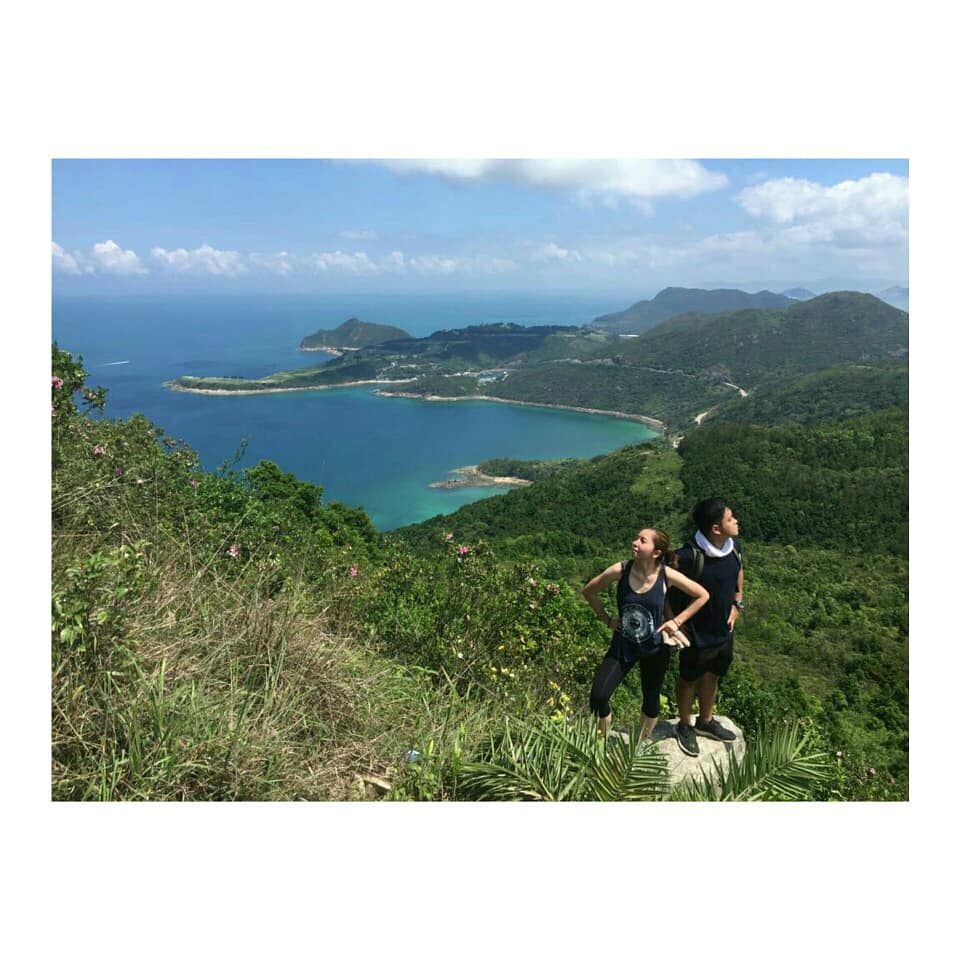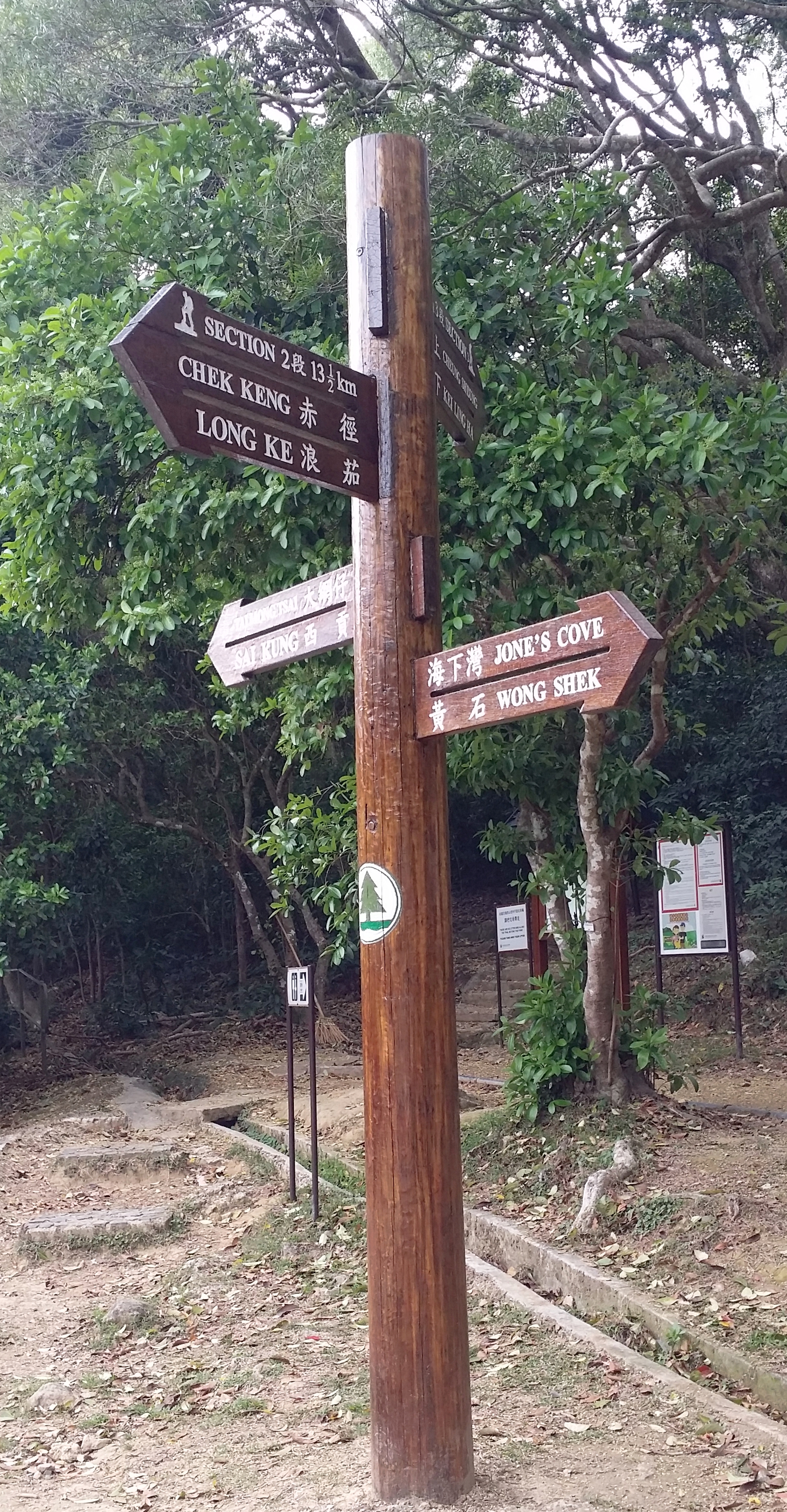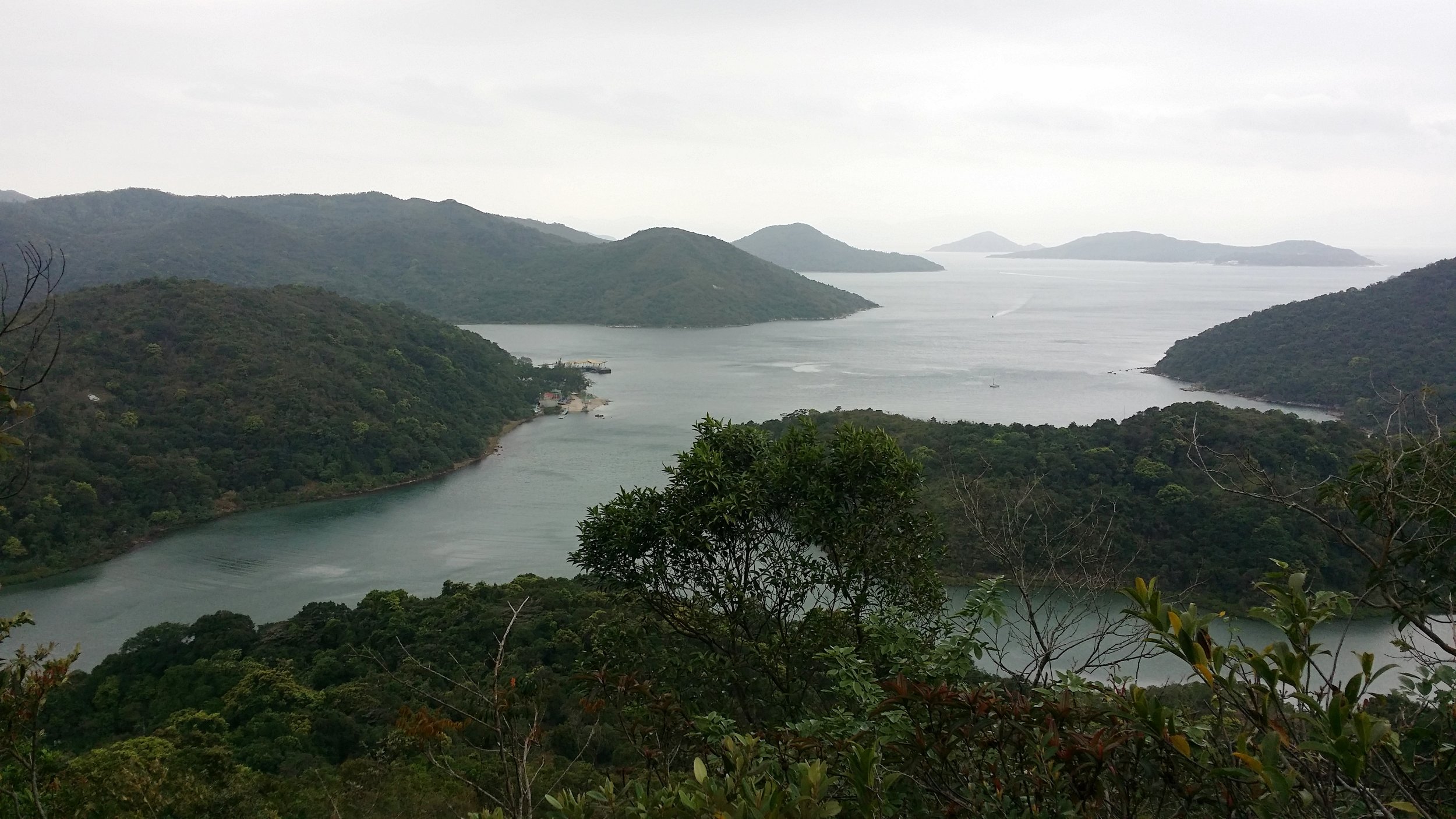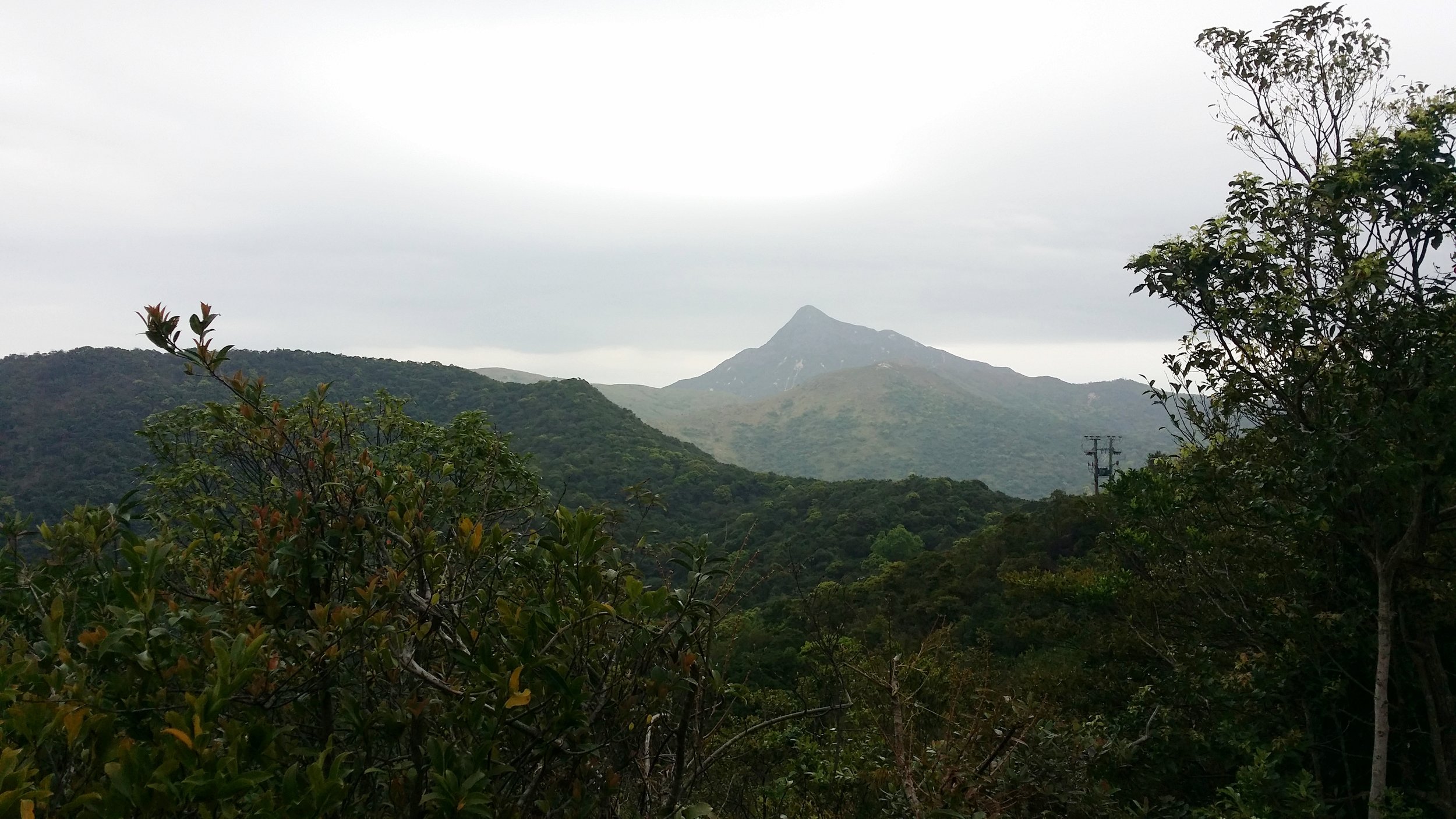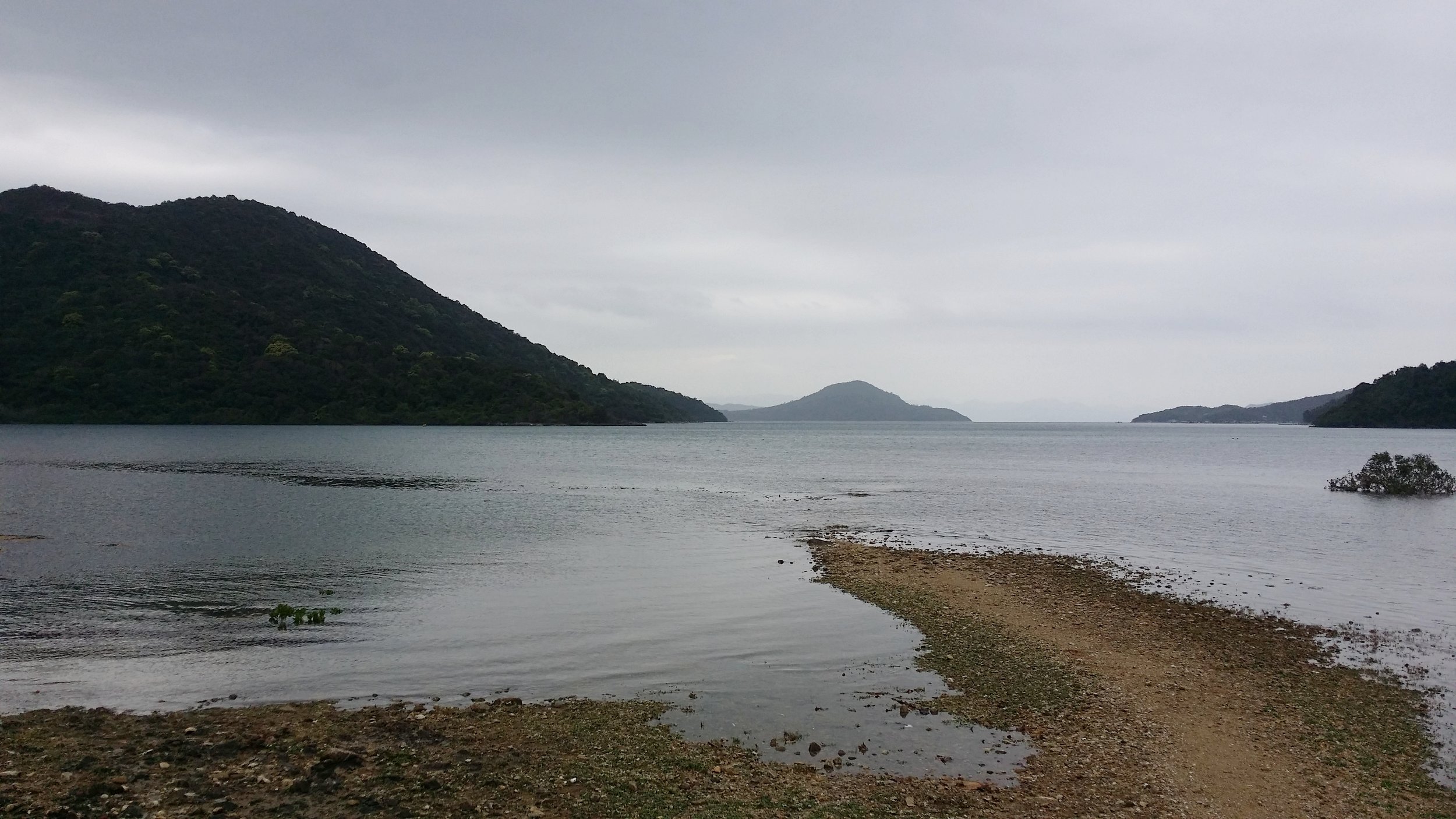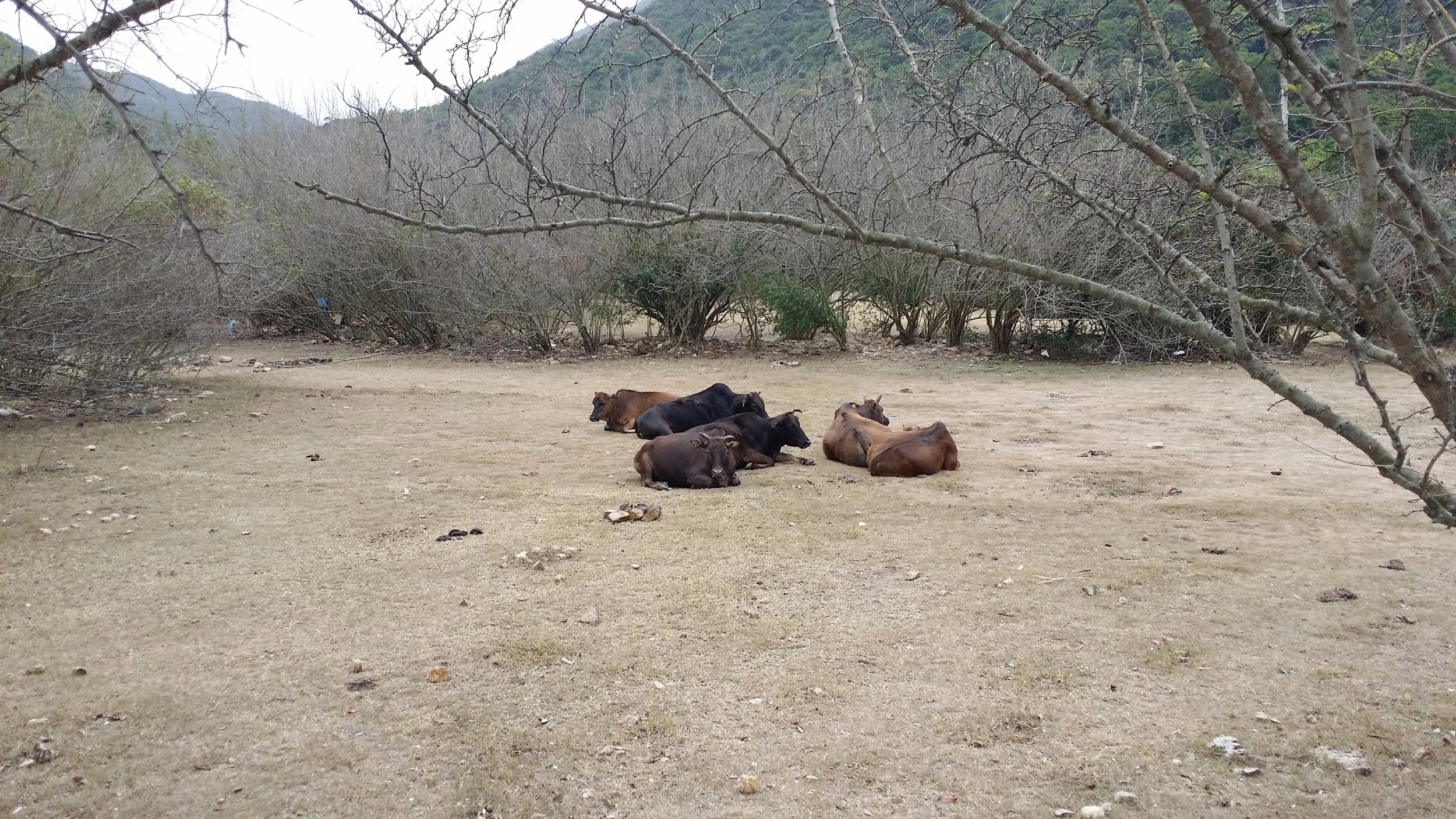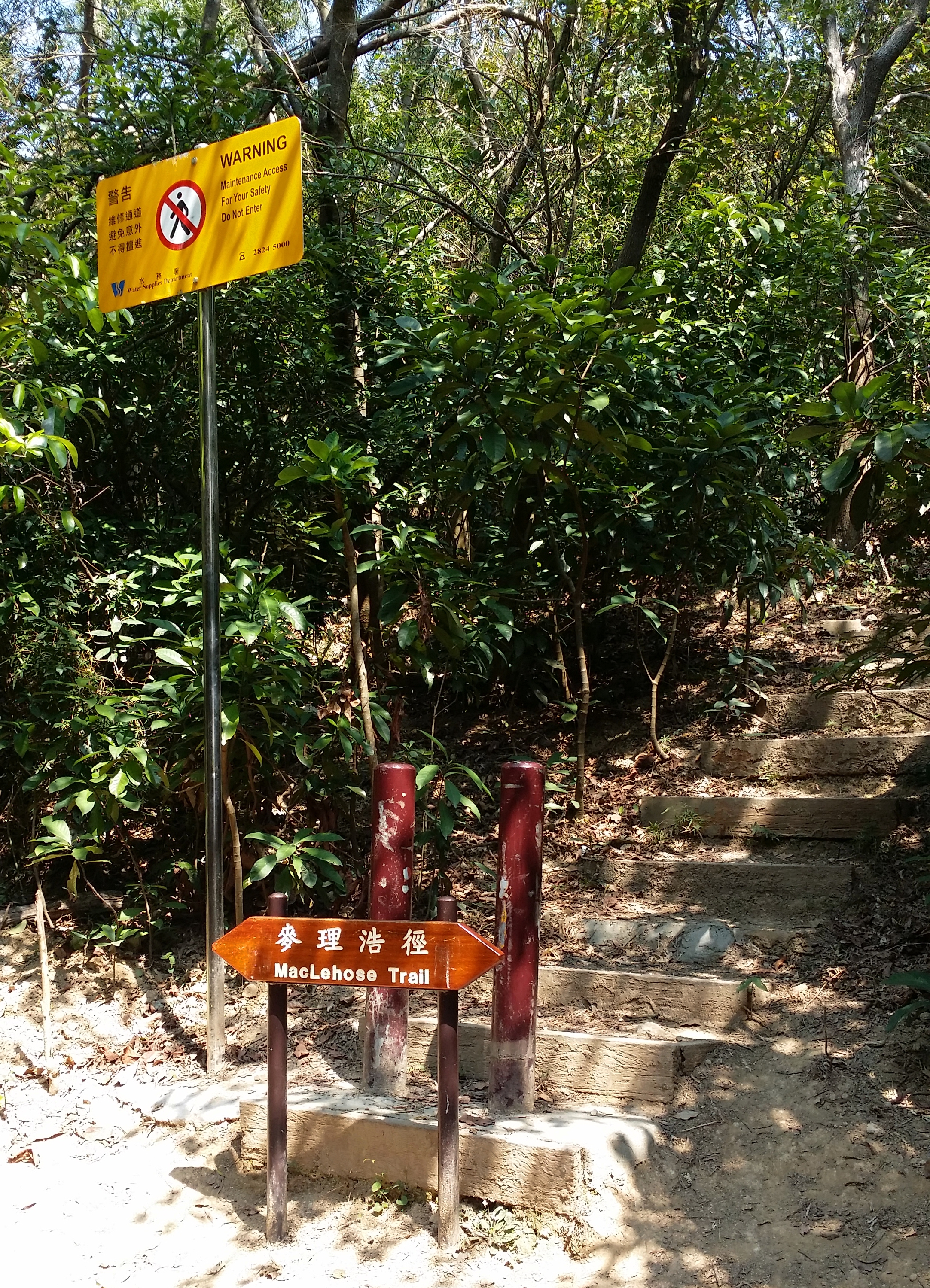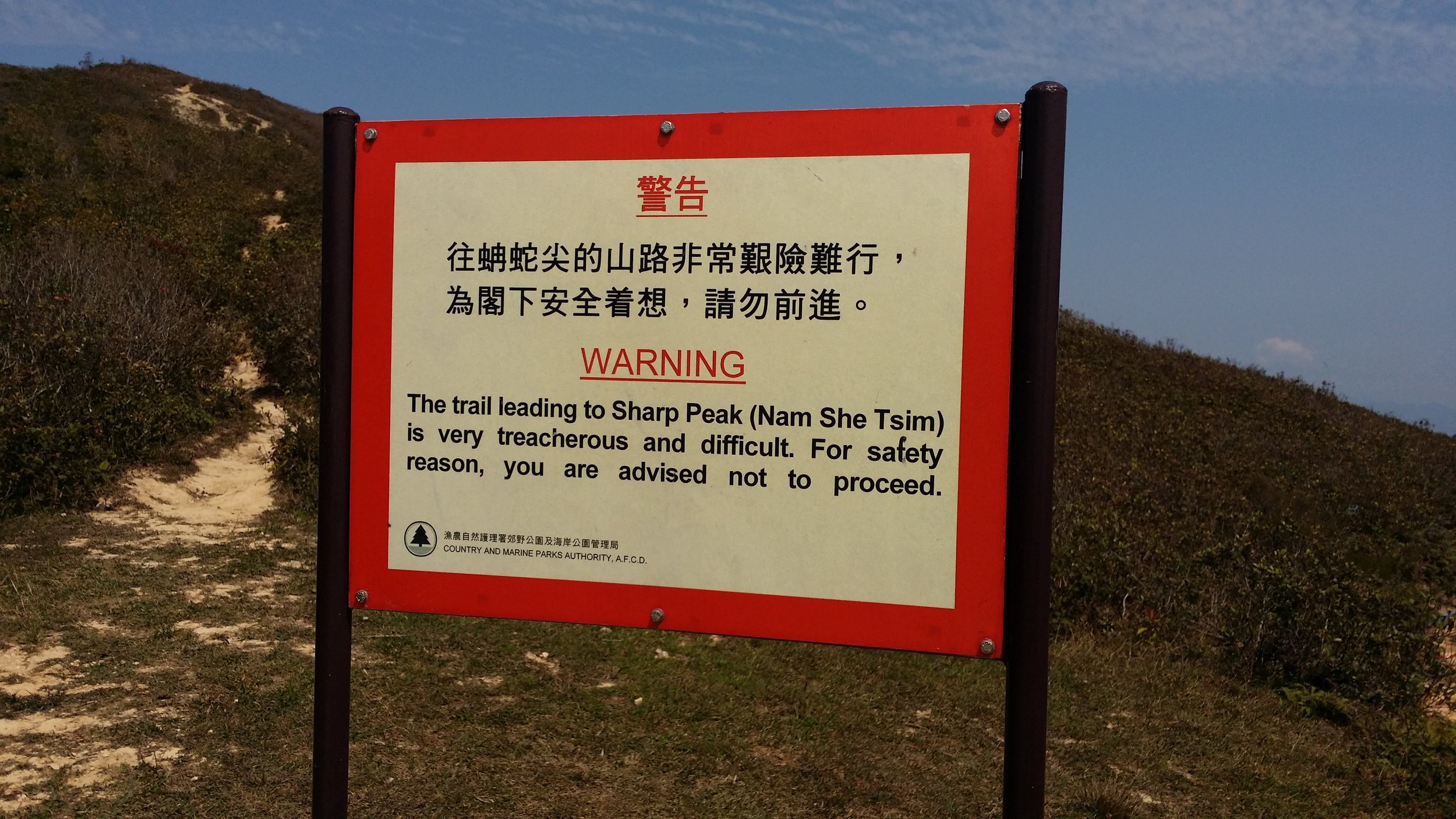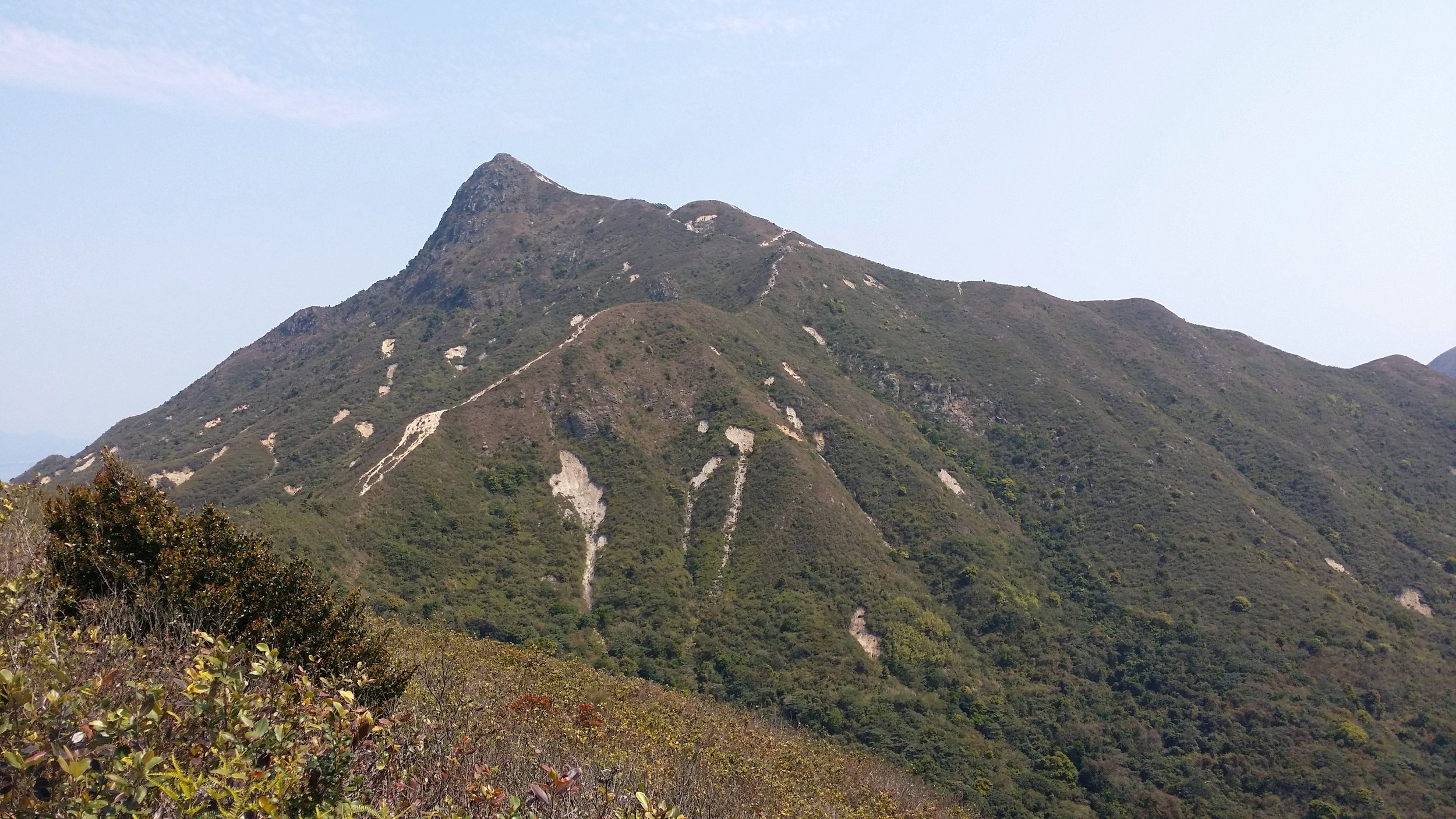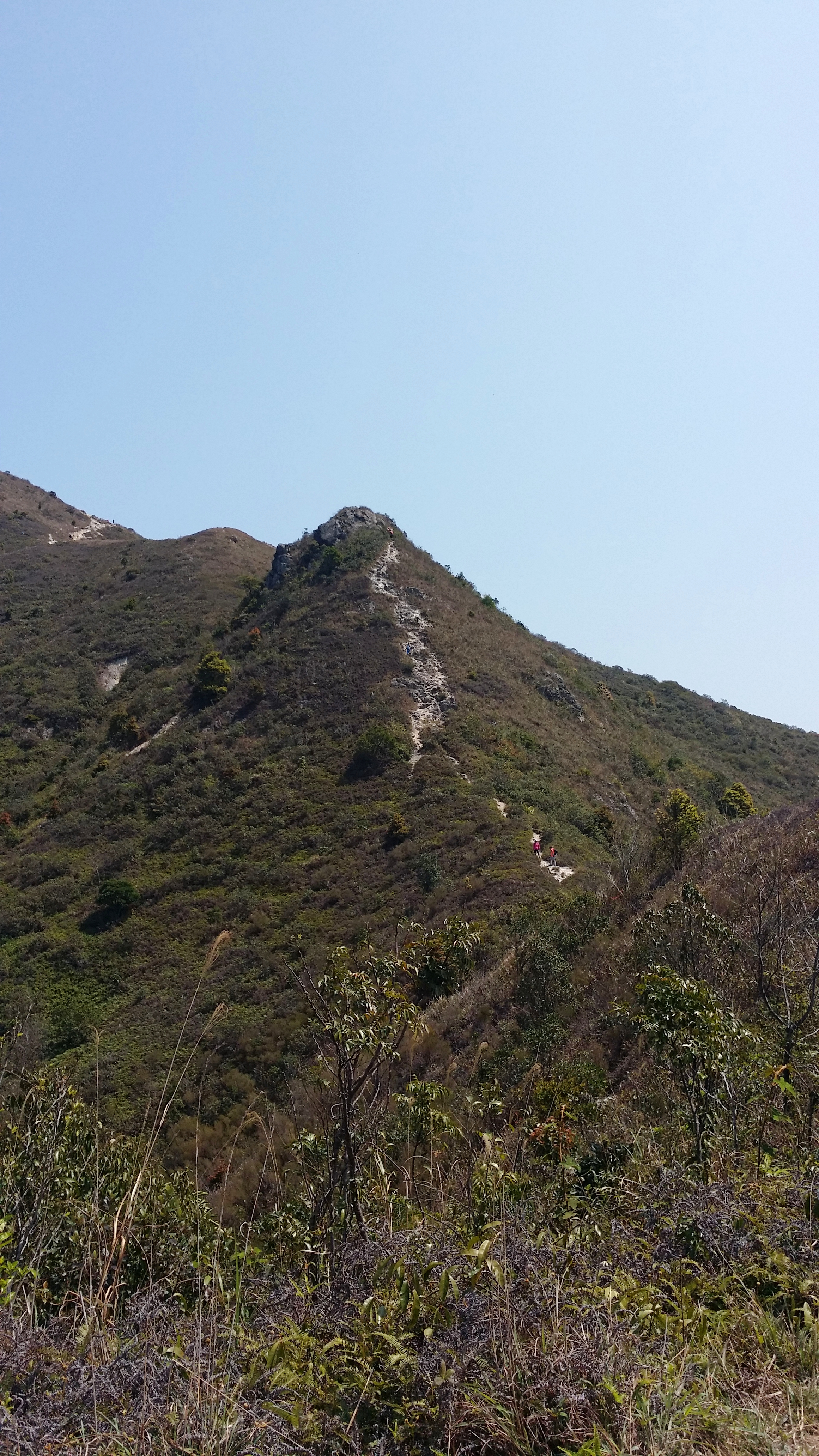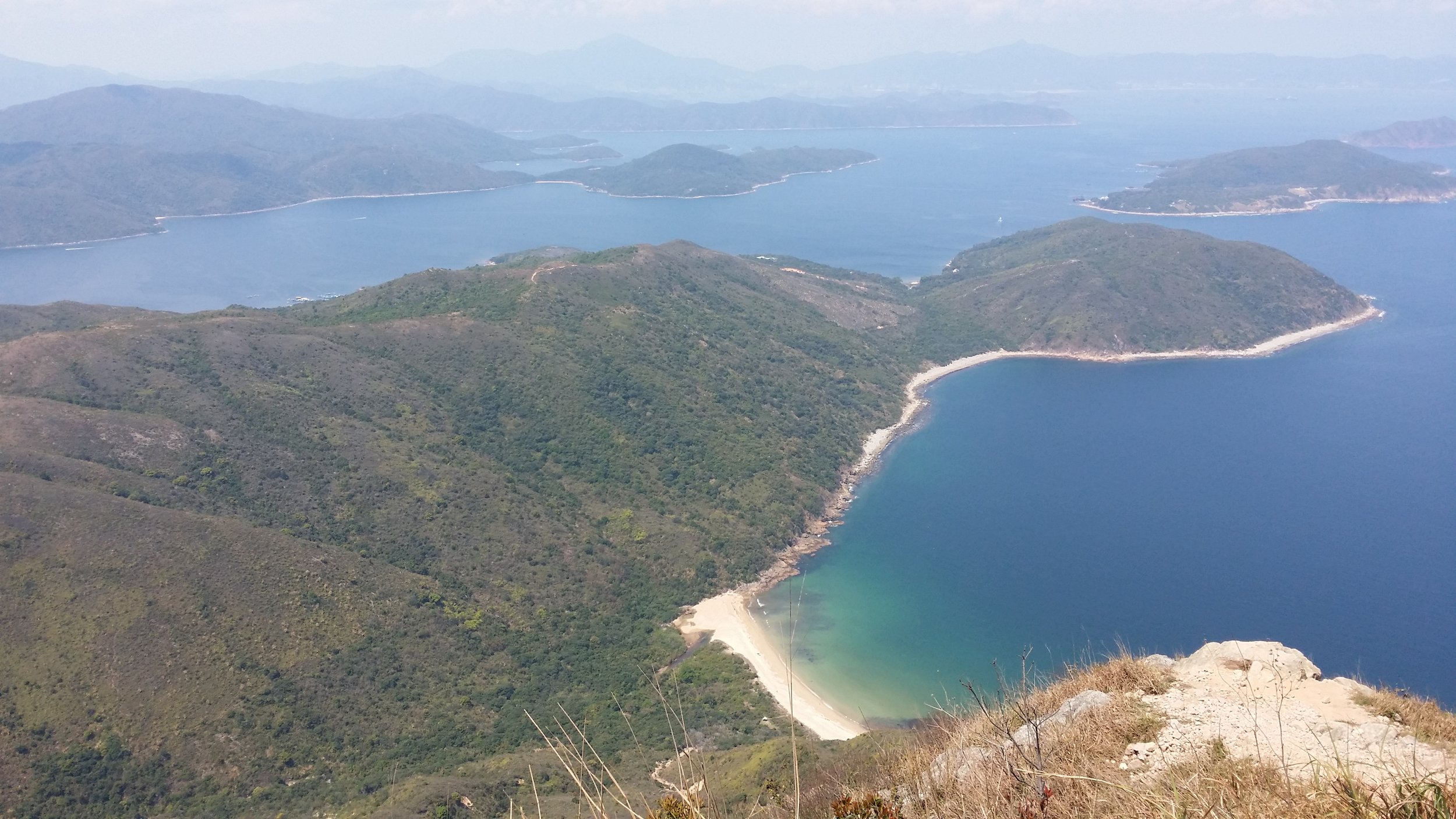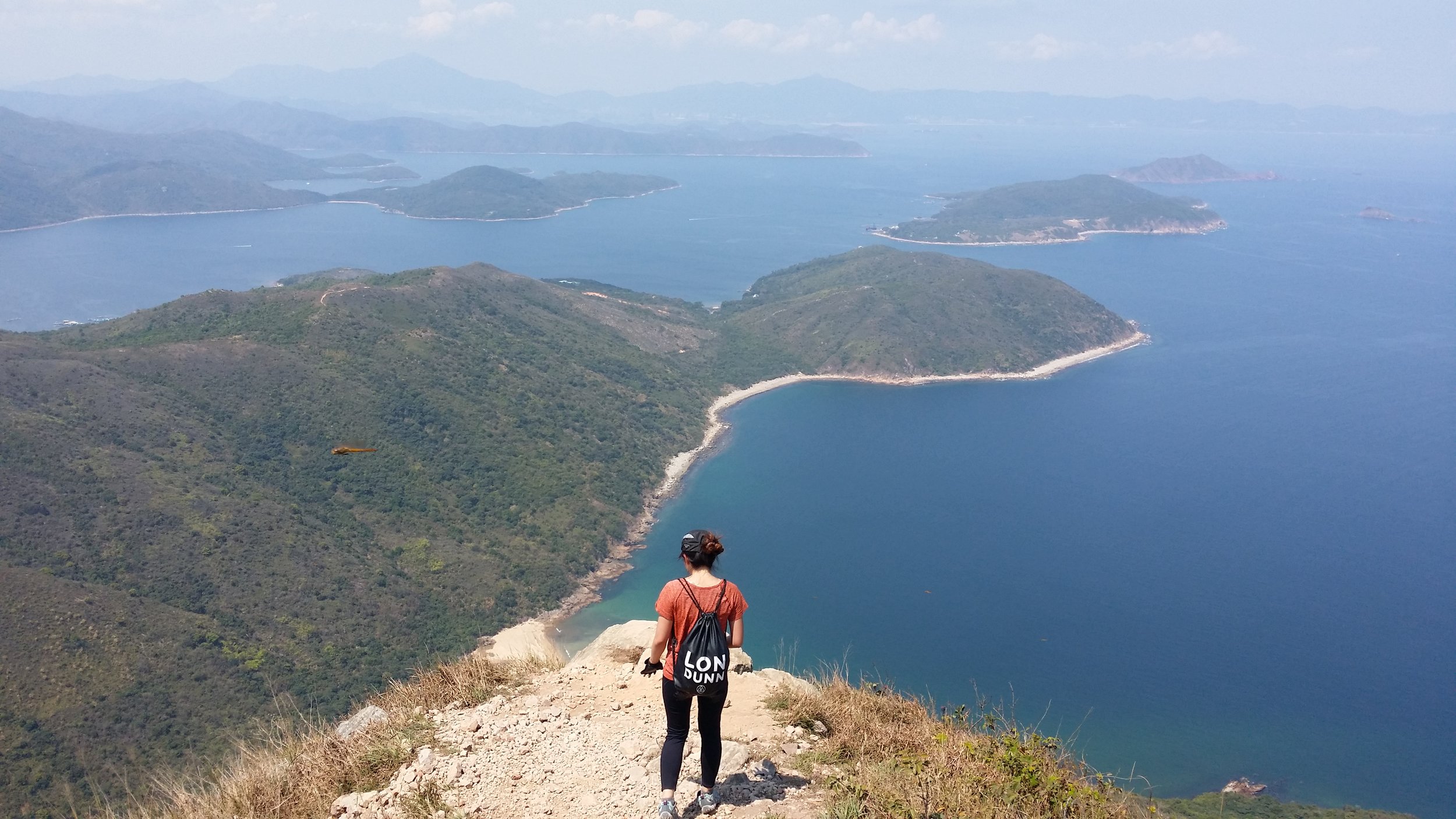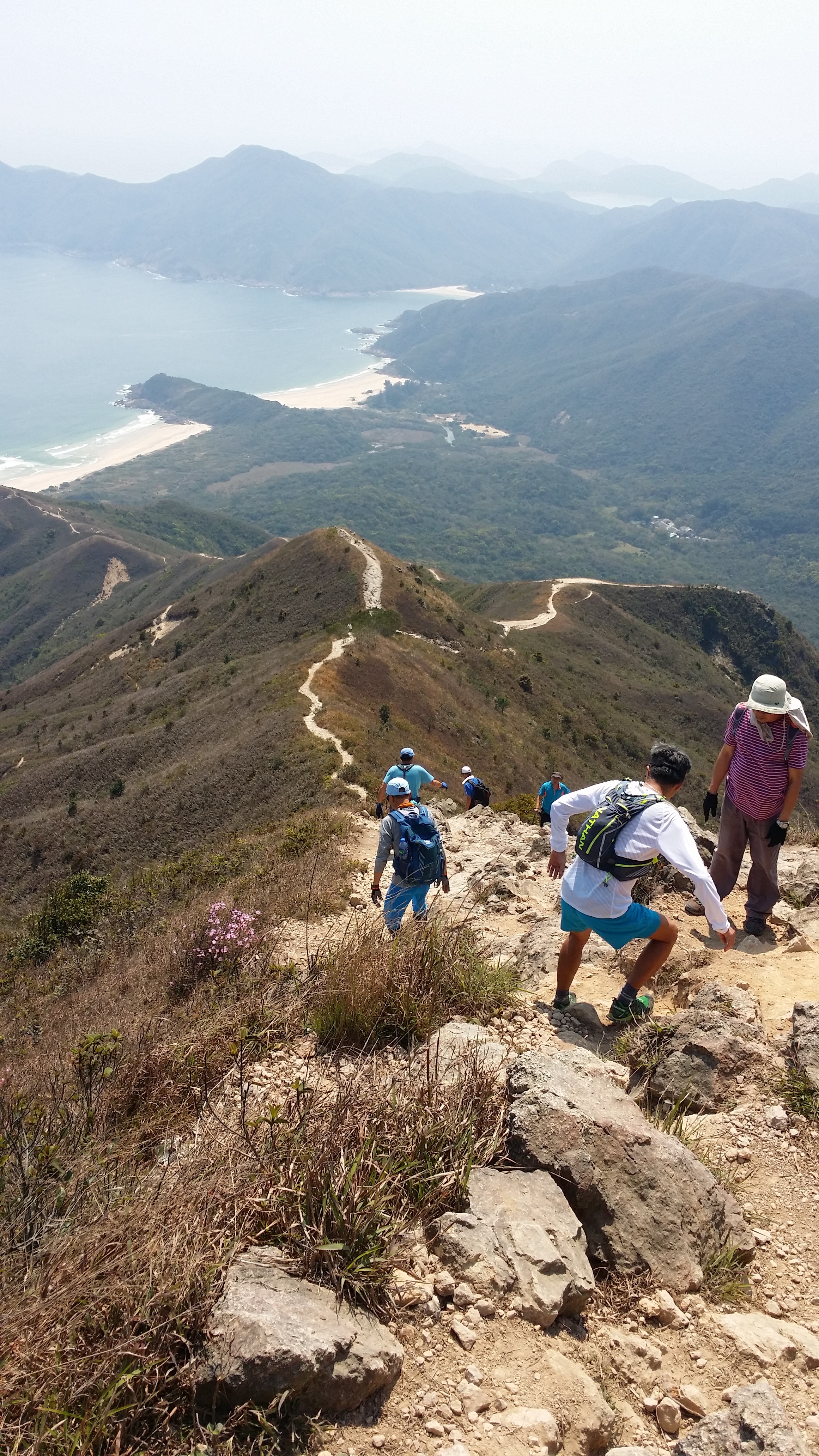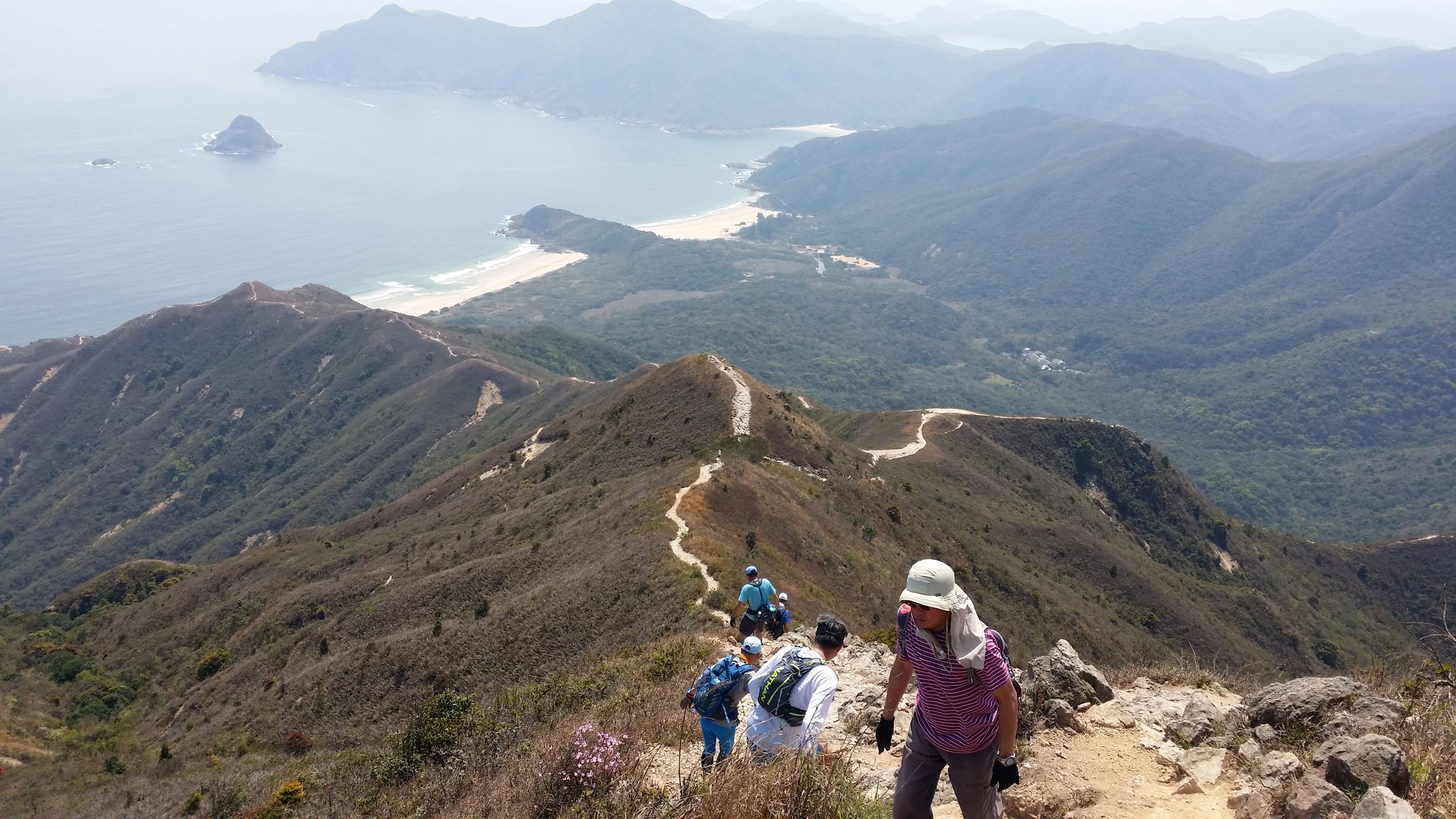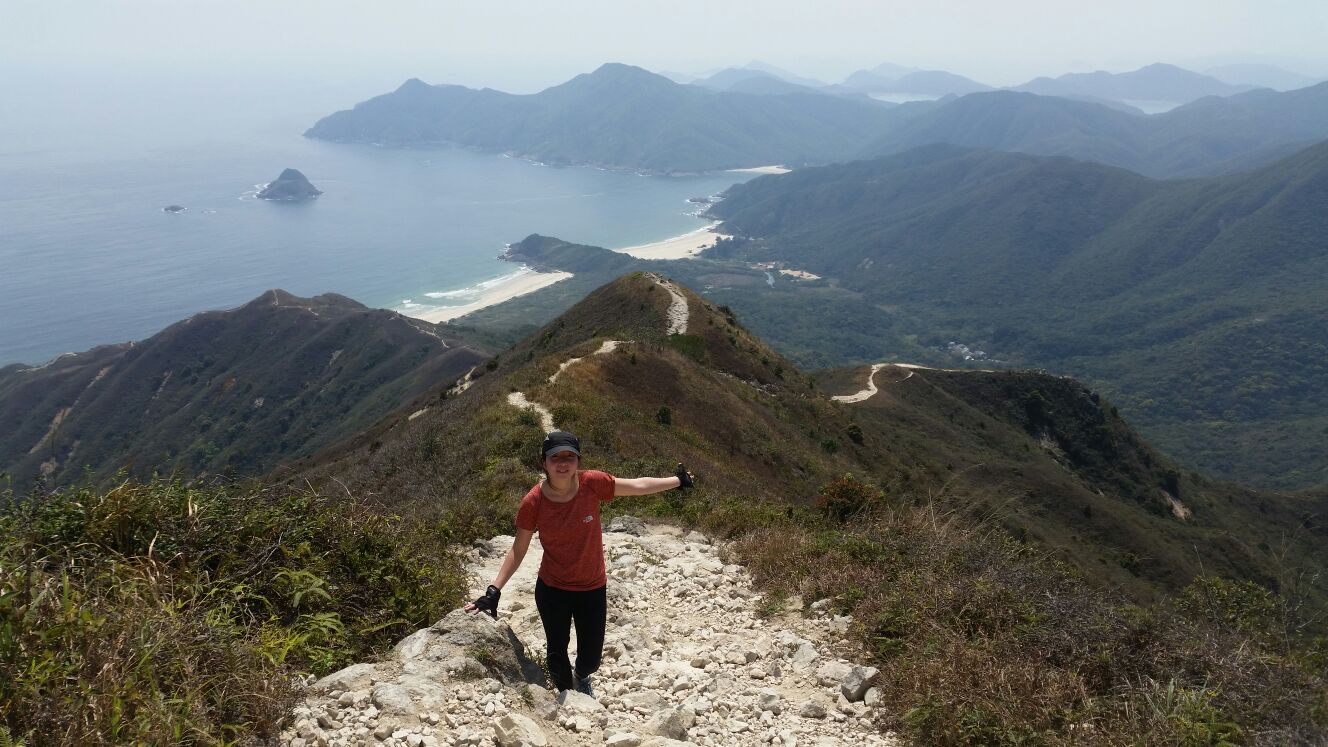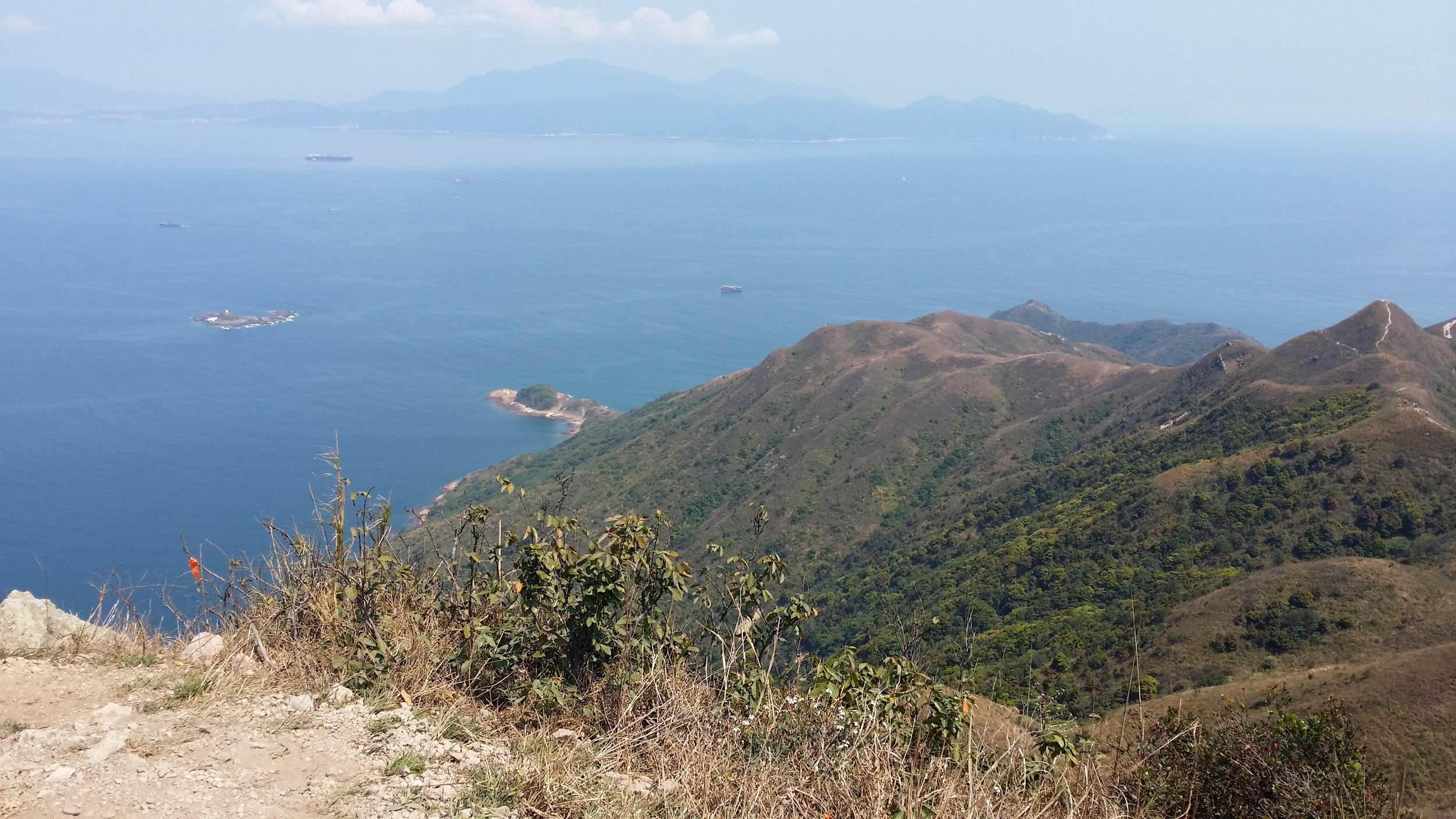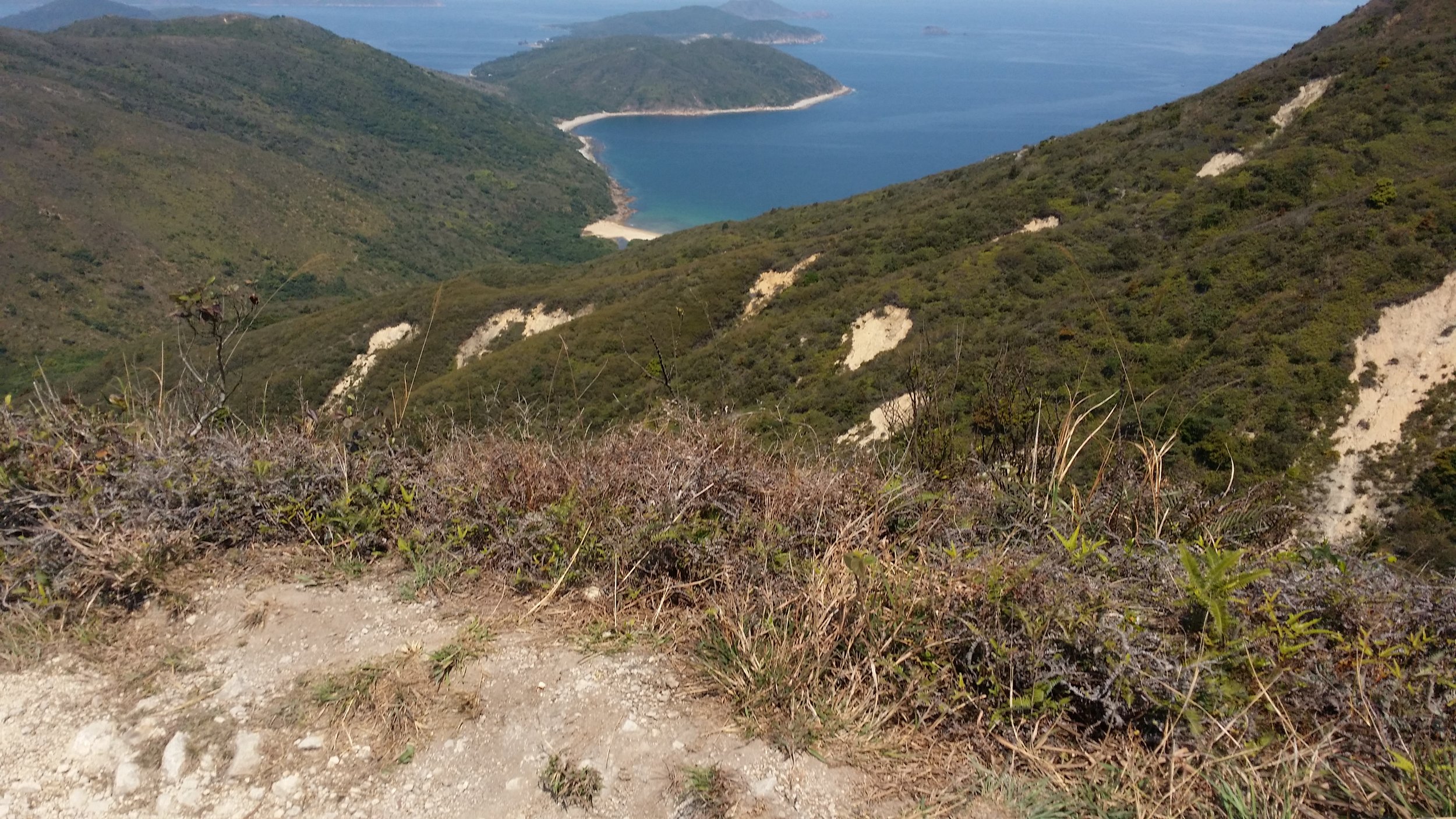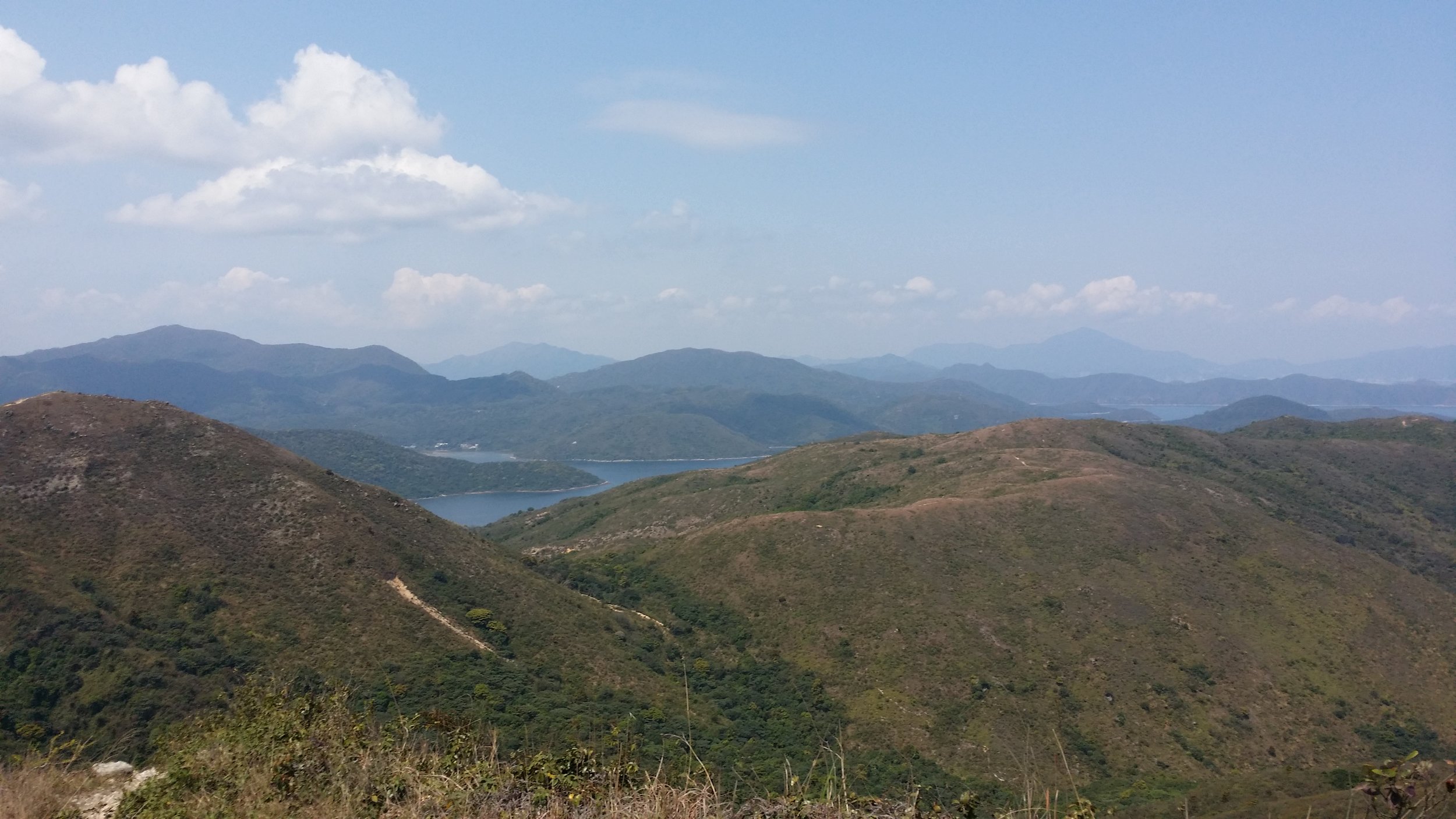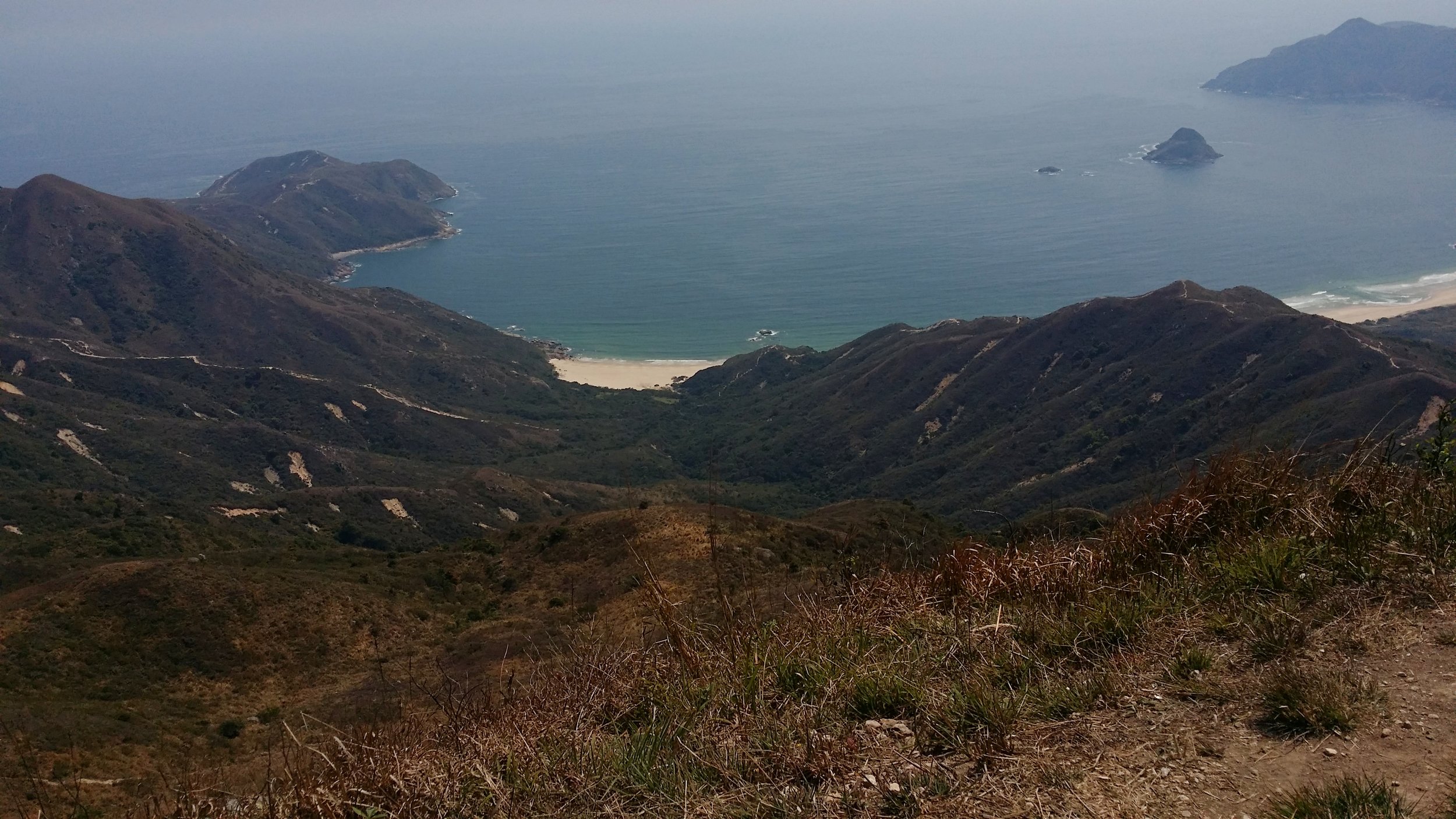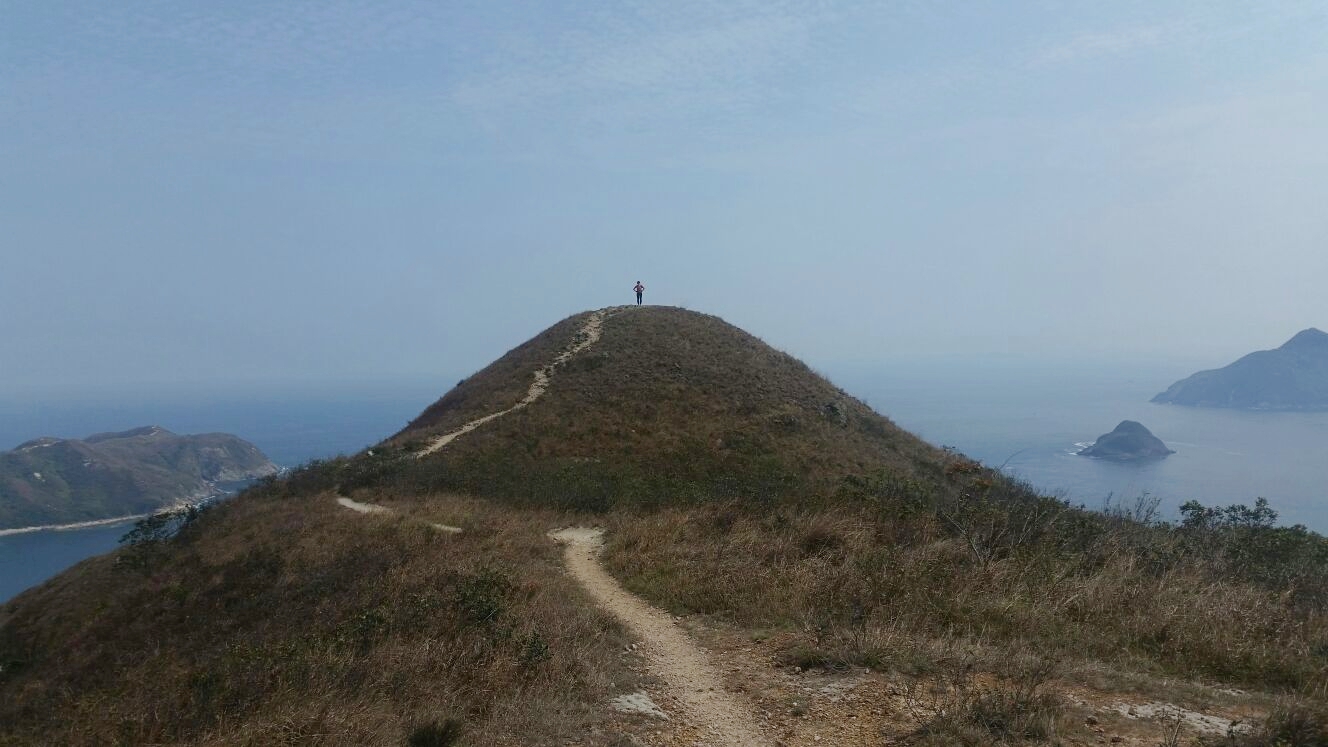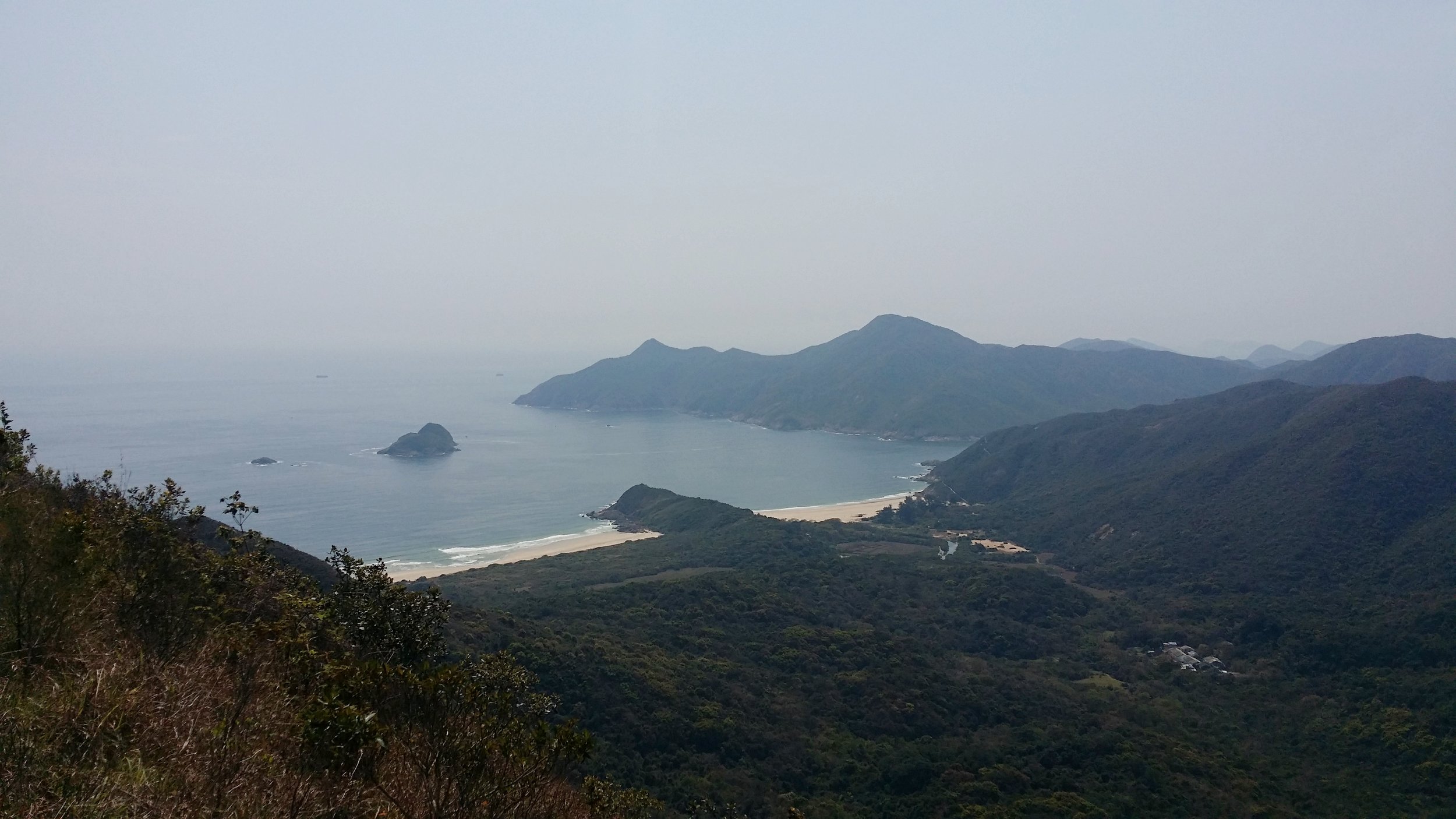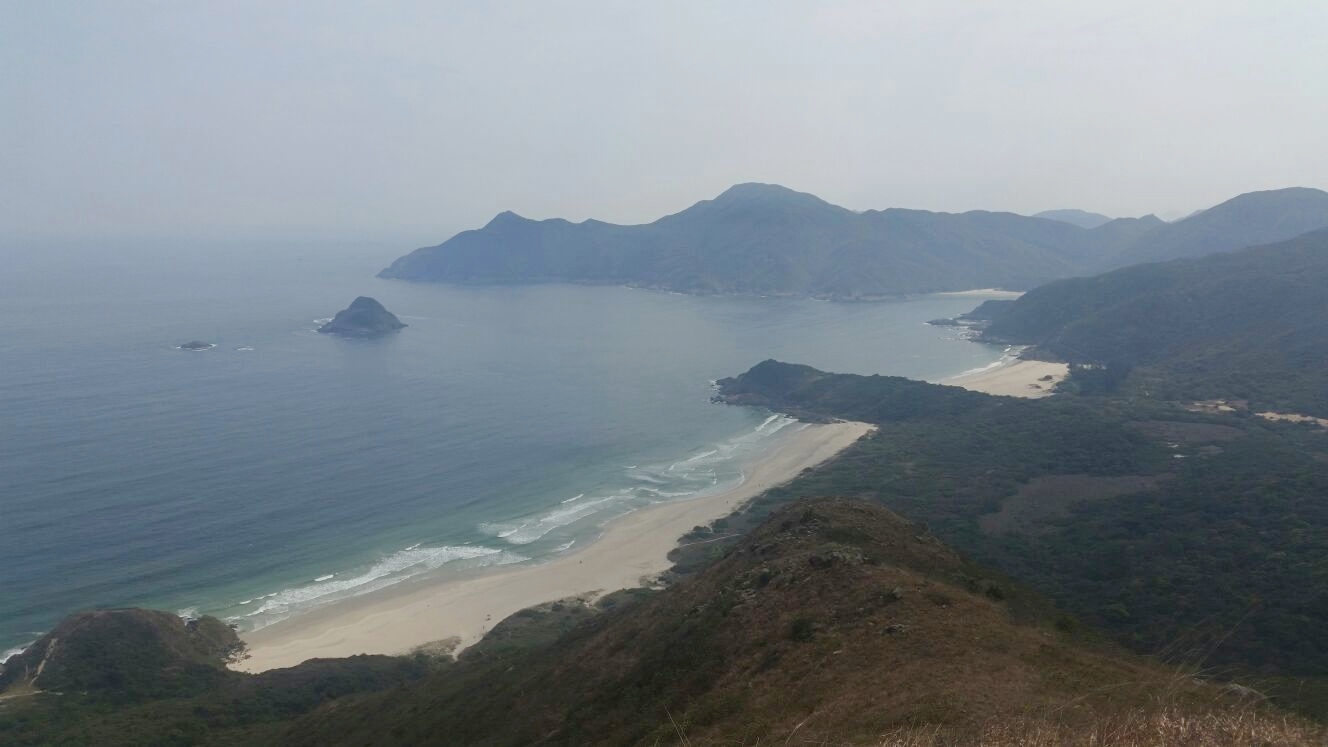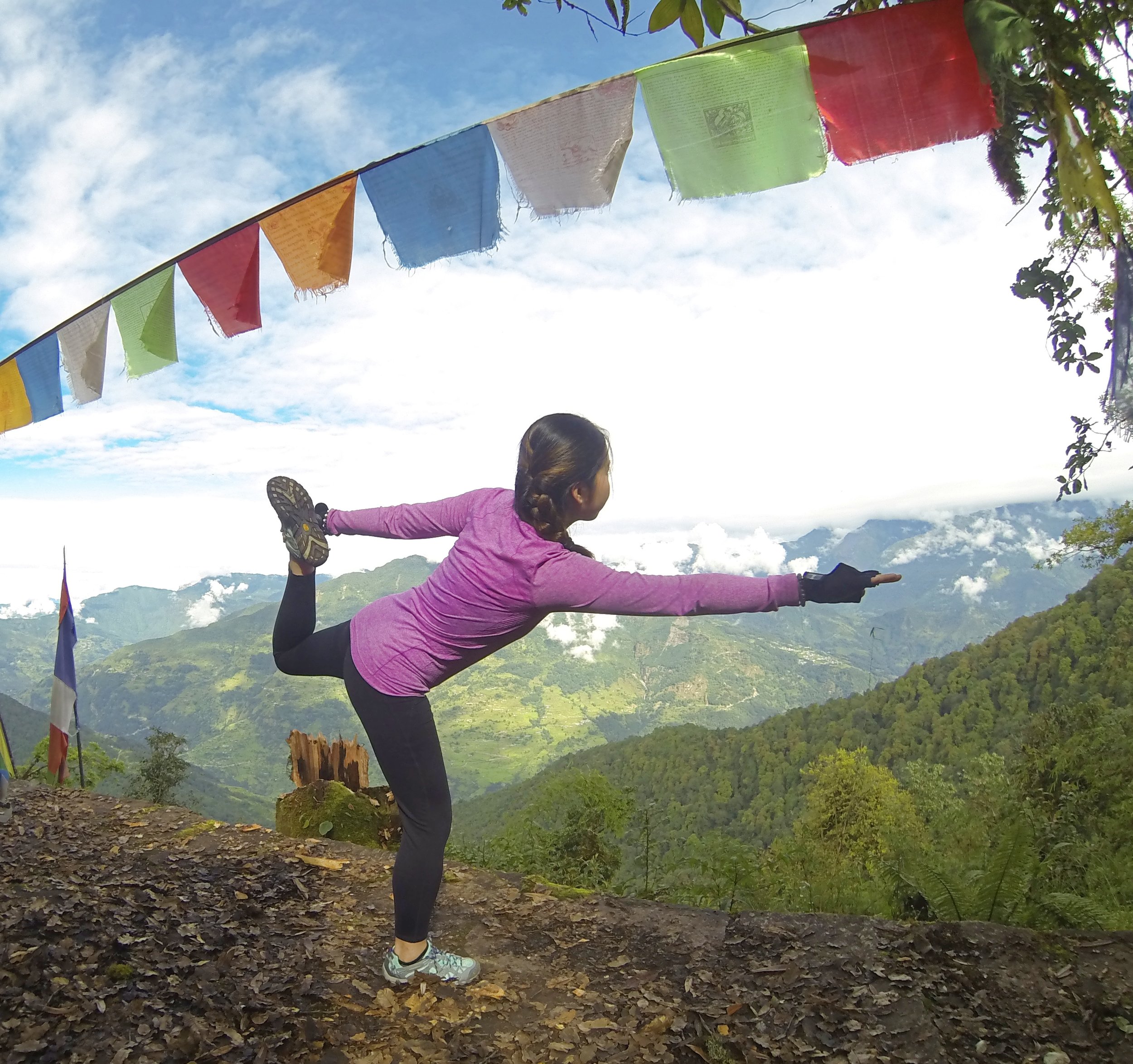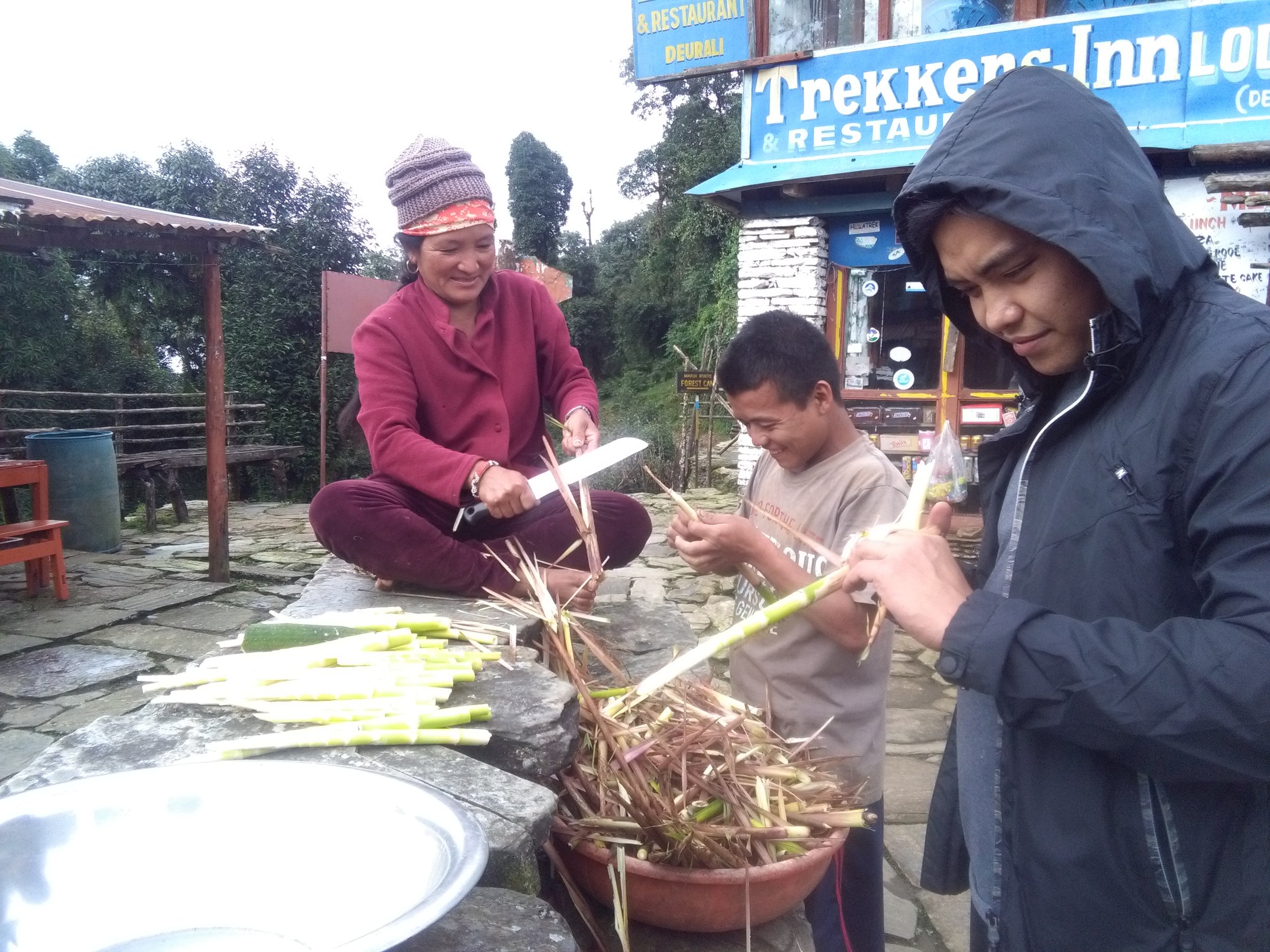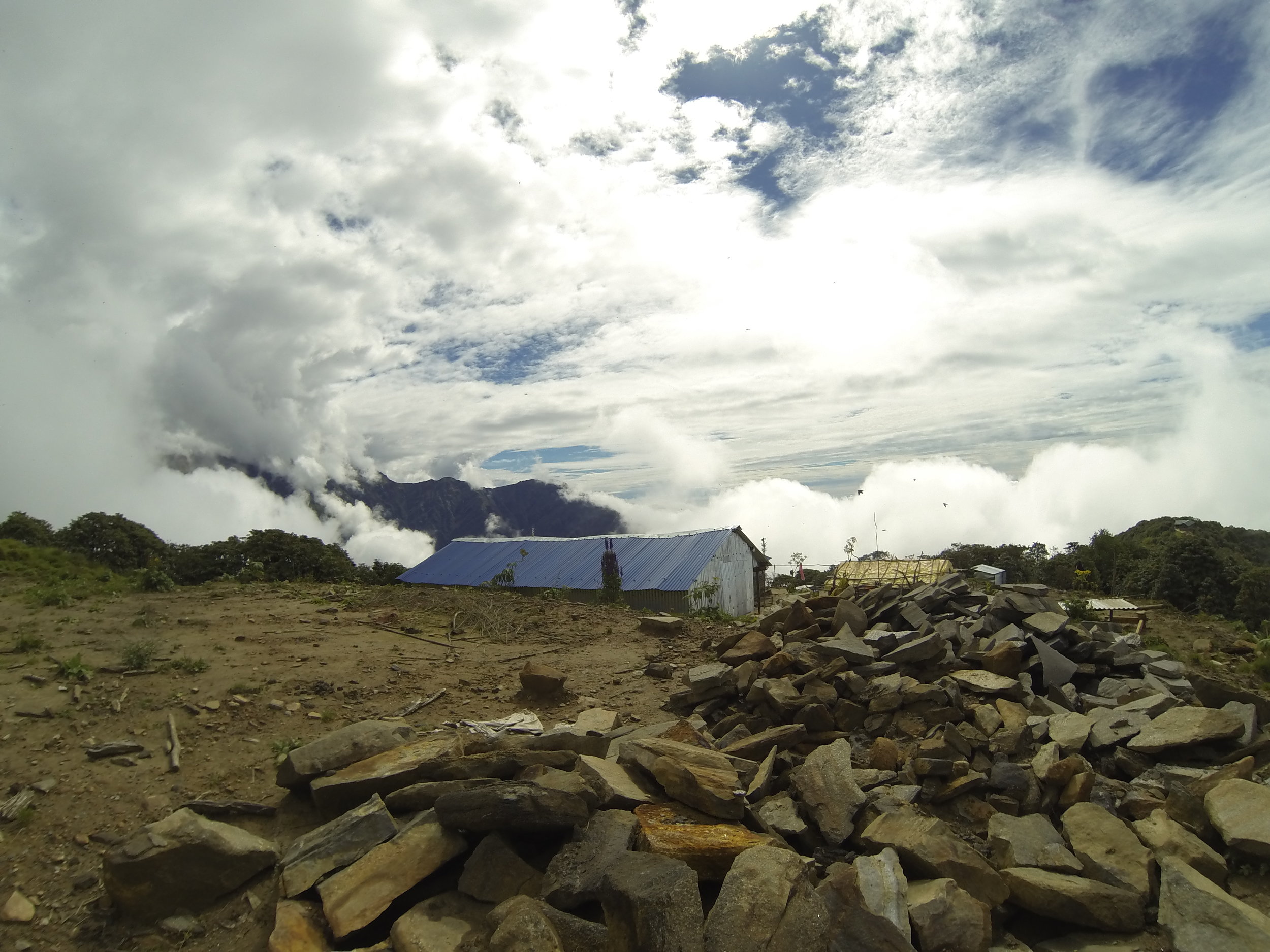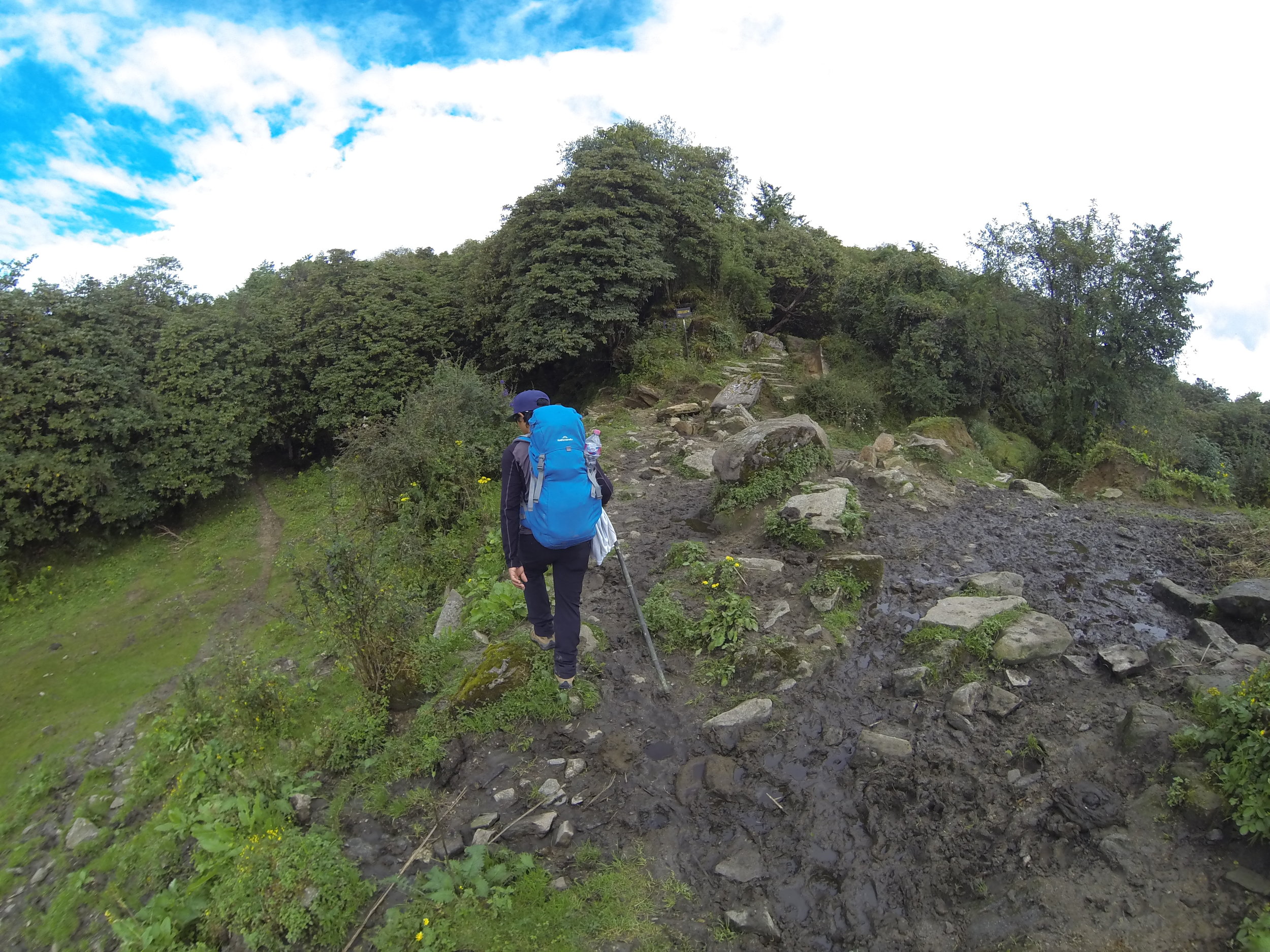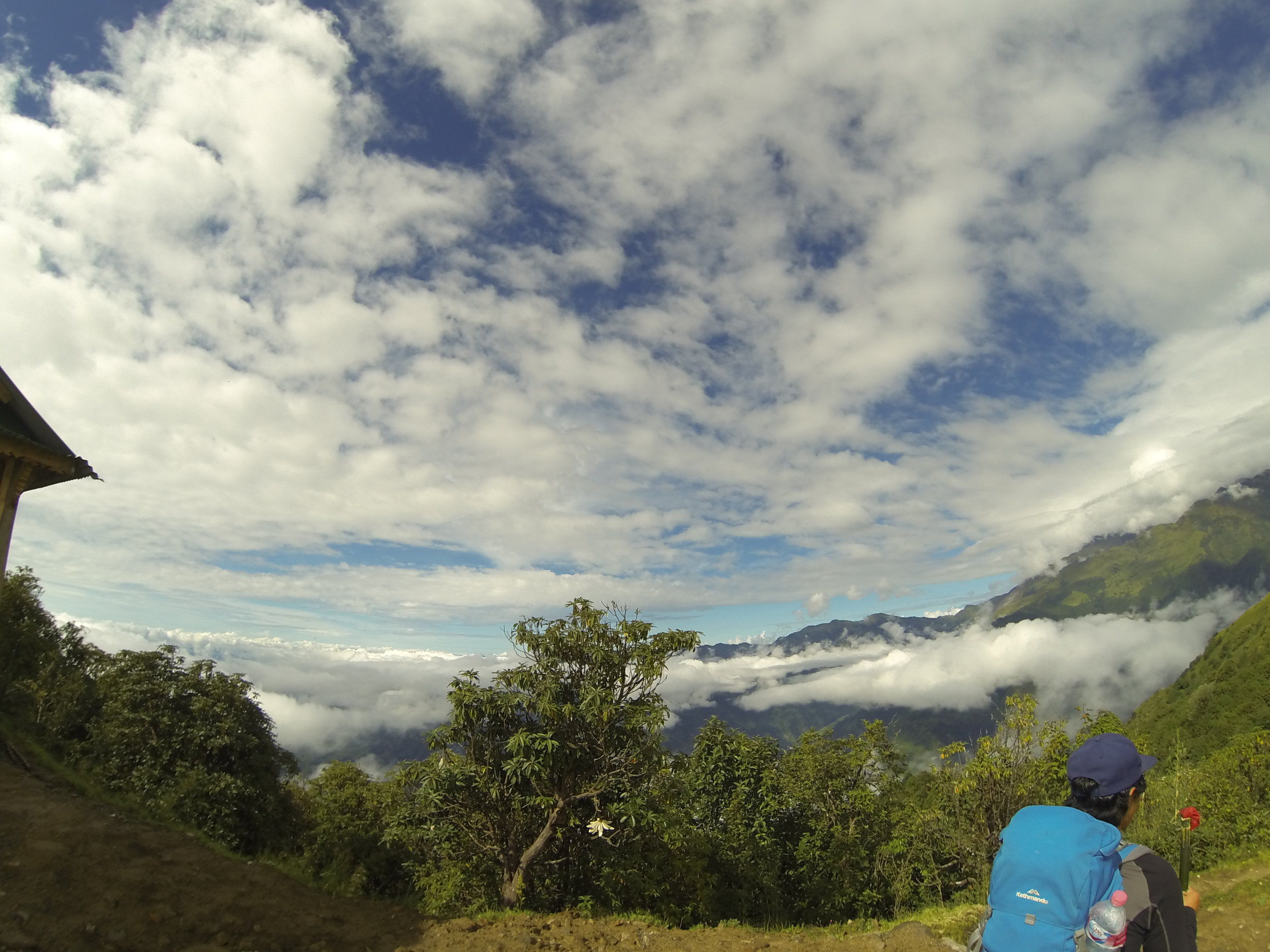It’s been a year since my last travel blog, and now I am back at it again. In this blog, I will be writing about my recent trip to the Philippines when I visited one of the many islands in the Philippines - Panglao Island. Let me share what I have seen and experienced during this memorable trip.
ABOUT PANGLAO ISLAND
Panglao Island is in the Visayas region in Bohol. Panglao Island is becoming more accessible now through plane and ferry rides. There is an aircraft available to fly directly to Tagbilaran, 30 minutes away from Panglao. I believe Panglao Island will be the next Boracay spot in Bohol.
Panglao Island is indeed one of the beautiful islands in the Philippines and the Visayas region. Panglao Island is unusually small. Vacationers can spend a day roaming around the Island. So what's so unique about Panglao? Continue reading this blog to find out more.
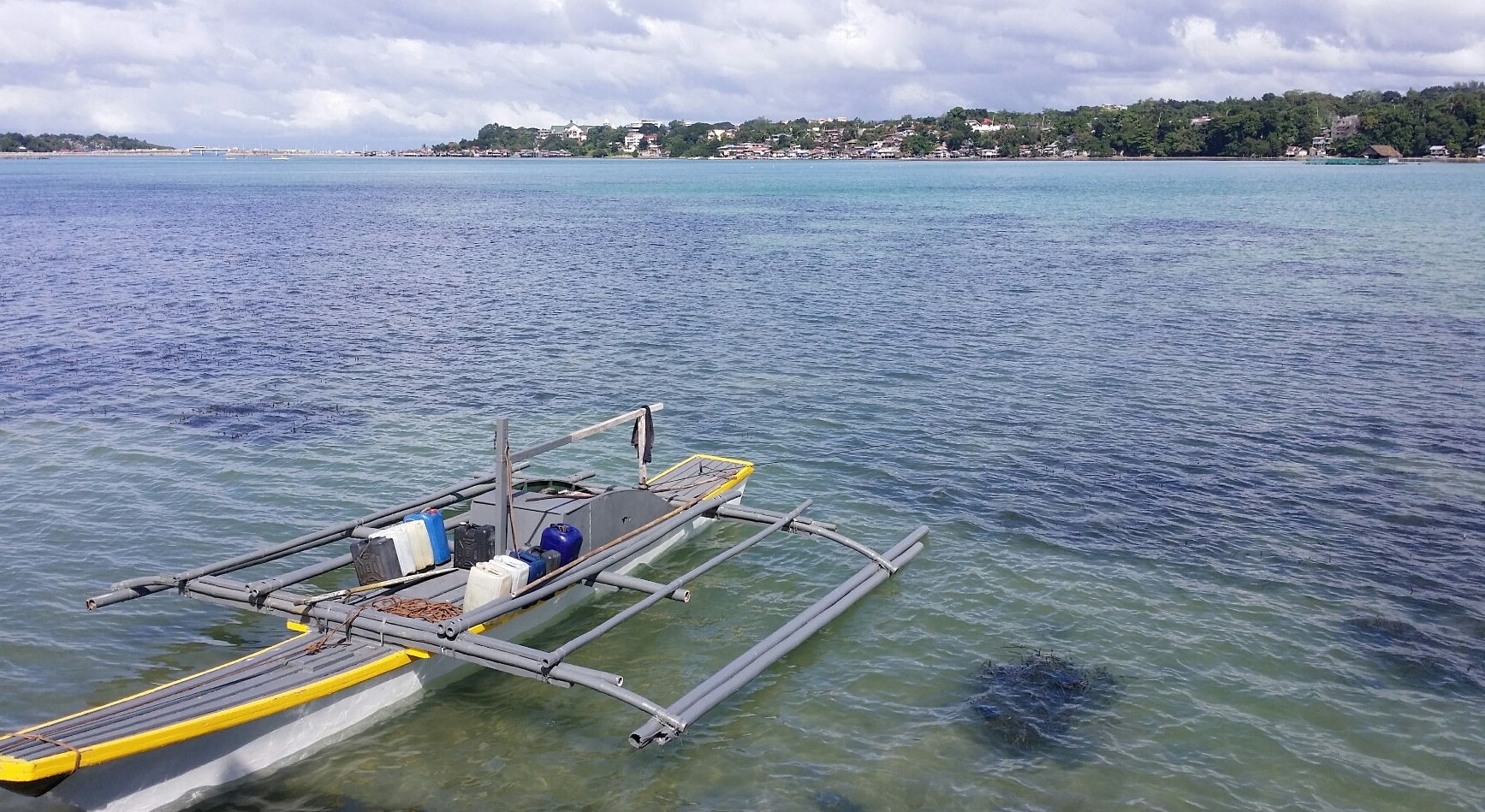
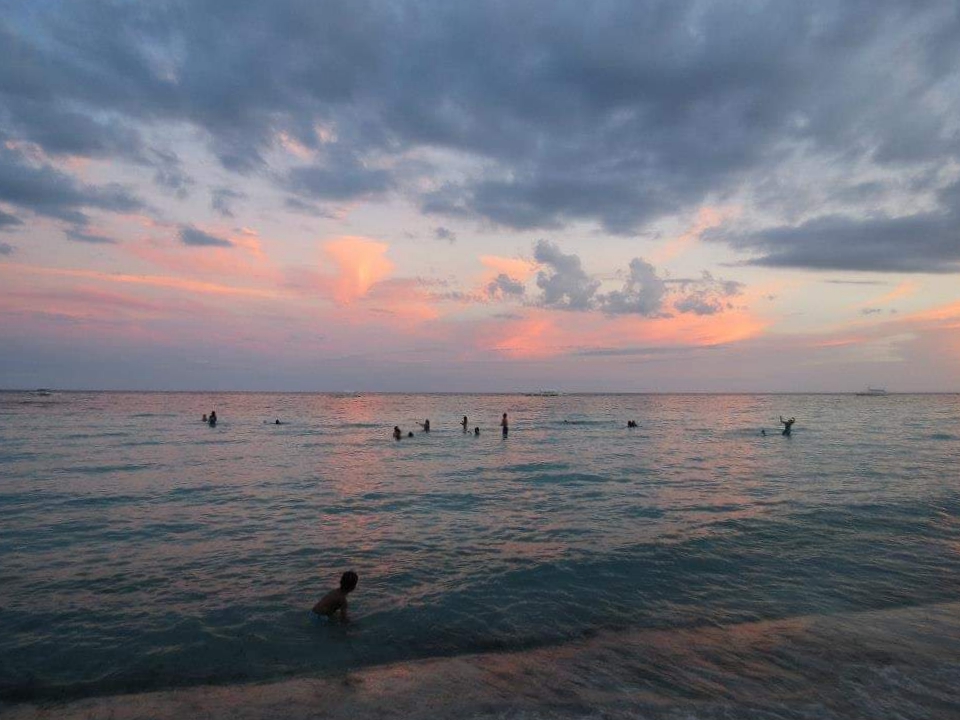
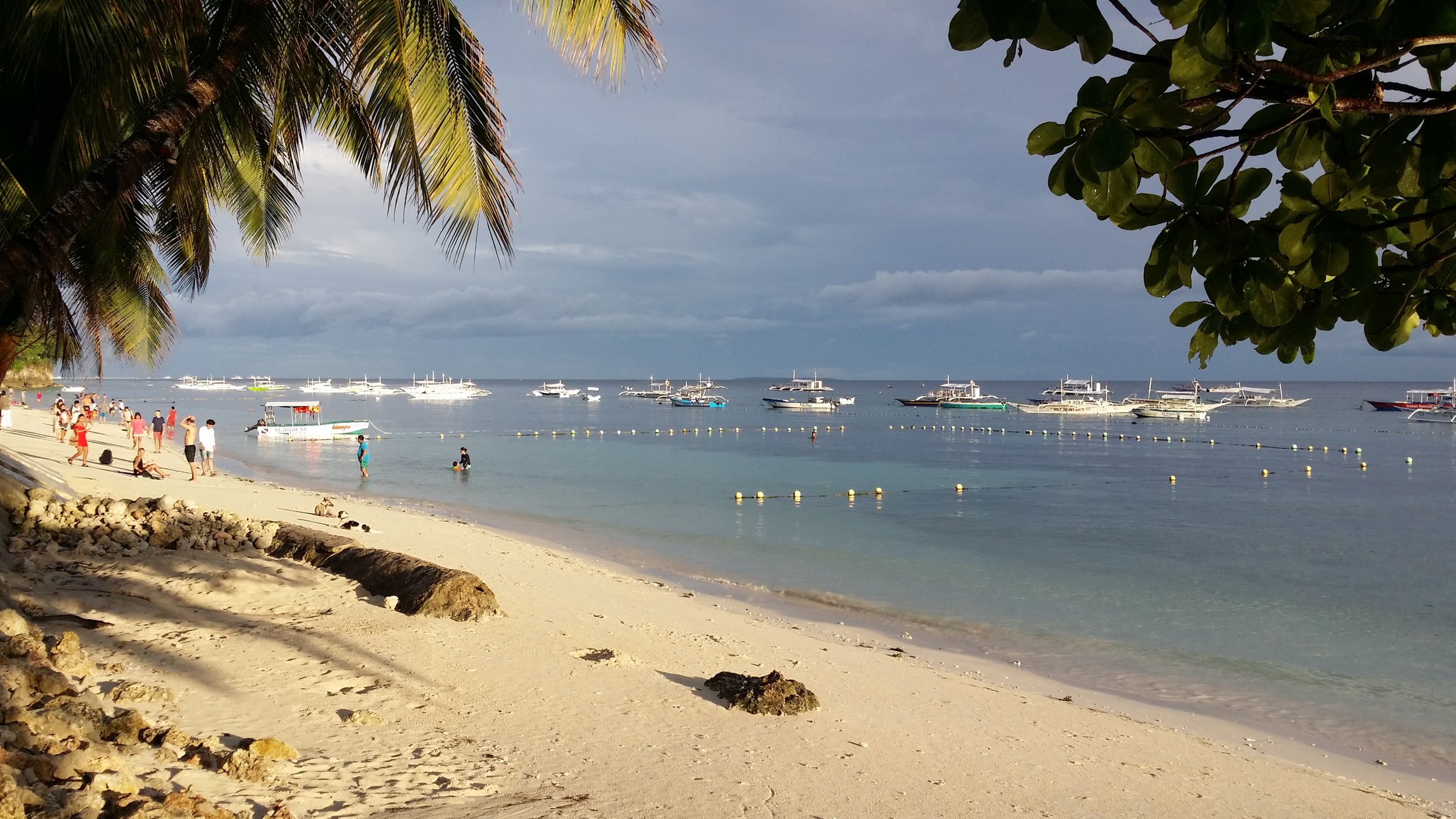
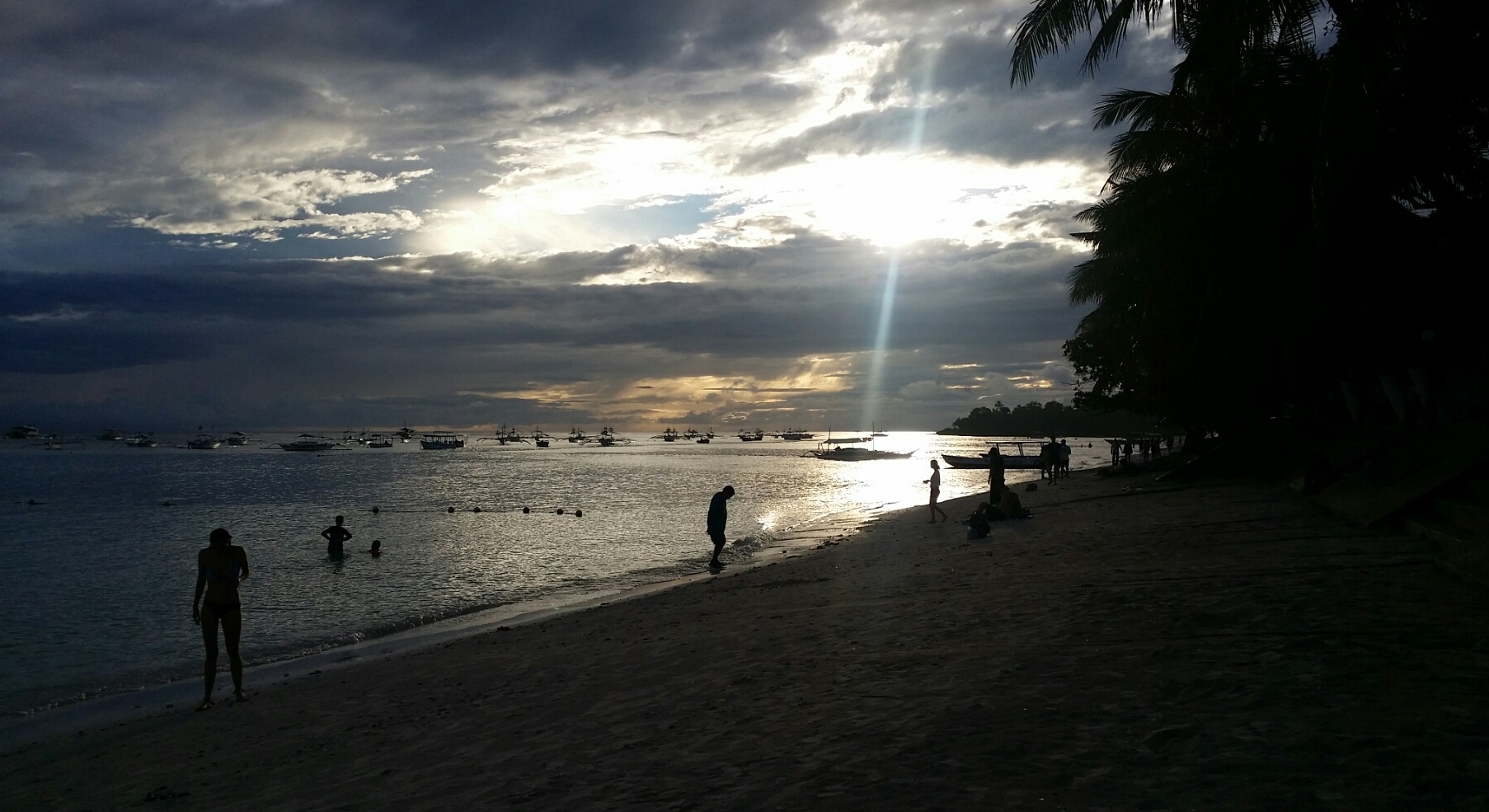
HOW TO GET THERE
Getting to Panglao is a lot convenient to travel now. There are two types of transportation to take to reach the island.
OPTION 1 - TAKE A FERRY
Taking the ferry is probably the most convenient and cheapest transportation to the island. I would highly suggest taking “OceanJet”. It only takes two hours to get to Tagbilaran Port from Cebu port with many time slots available every day. It is affordable, seats are assign to every passenger, luggage can be checked-in with some small charges, and it is quite comfortable to check-in your heavy baggage as it gives you more space for the next two hours. You may book your one-way or roundtrip tickets via their website, Klook or buy tickets at the terminal.
Once you reach the Tagbilaran port, you may first claim your luggage if you have checked-in yours. Then, head out to take a tricycle or a car service ride to the island to the hotel you are staying at. There are plenty of services out there even during peak season. Tricycle ride is usually cheaper, and drivers will charge about Php300-400 per trip, and car drivers will usually charge Php300-400 per person. I chose to take the tricycle as it is cheaper and faster to negotiate in terms of the price. I also get to enjoy the fresh air too.
The ride from Tagbilaran port to the island takes about 20-30 minutes.
OPTION 2 - TAKE A PLANE
Philippine Airlines and Cebu Pacific Air have flights to Tagbilaran Airport. Taking the plane seems more expensive compared to option 1. The plane ride only takes 45 minutes from Cebu to Tagbilaran, and 1 hour 35 minutes from Manila to Tagbilaran.
From Tagbilaran airport, passengers can take a taxi or tricycle to Panglao Island.
WHEN IS THE BEST TIME TO VISIT PANGLAO ISLAND
Since the Philippines is an all-year-round summer season, the best time to pay a visit to the island is during summertime which is from March to May. However, bear in mind that it will be crowded and more touristy vibe during these times as it is the peak period.
Avoid going there during rainy and monsoon season around June to September. Lots of rainbands and possible storms can happen during this period.
Visiting during festive periods such as Christmas, New Years, Easter or any public holidays in the Philippines is an ideal time too. Just be prepared with the vast crowd.
THINGS TO DO IN PANGLAO ISLAND
There are plenty of things to do on the island. If you are up for some diving adventure, this is the right place for you.
ISLAND AND BEACH TOUR
Island hopping is a must-do during your trip to Panglao. There are plenty of other islands around Panglao for you to dive, swim and stroll around as well as enjoy a hot sunny day by the beach with some coconut.
It is effortless to book your island hopping as tour agents are everywhere around the island, and it is recommended to book your trip a day or two in advance especially in the peak season as it can get fully-booked. The boats usually leave early in the morning between six to seven in the morning.
You may ask your boatman to bring you to the area where you can enjoy a few minutes to watch the dolphins leap around the ocean. If you are in luck, you may catch them jumping around the water.
Here is a list of Islands or beaches you can visit in Panglao:
Virgin Island - Watch out for starfish while you walk around the sand beach, they’re everywhere.
Balicasag Island - The home of the Pawikan (Sea Turtles). Try to catch them if you can!
Doljo Beach - Beautiful and crystal clear water.
Bogobo Beach - This beach has a very unique chalk-like sand.
Alona Beach - The main beach and probably the most developed beach in Panglao.
Danao Beach - Standing next to Alona Beach. There are a number of resort situated there.
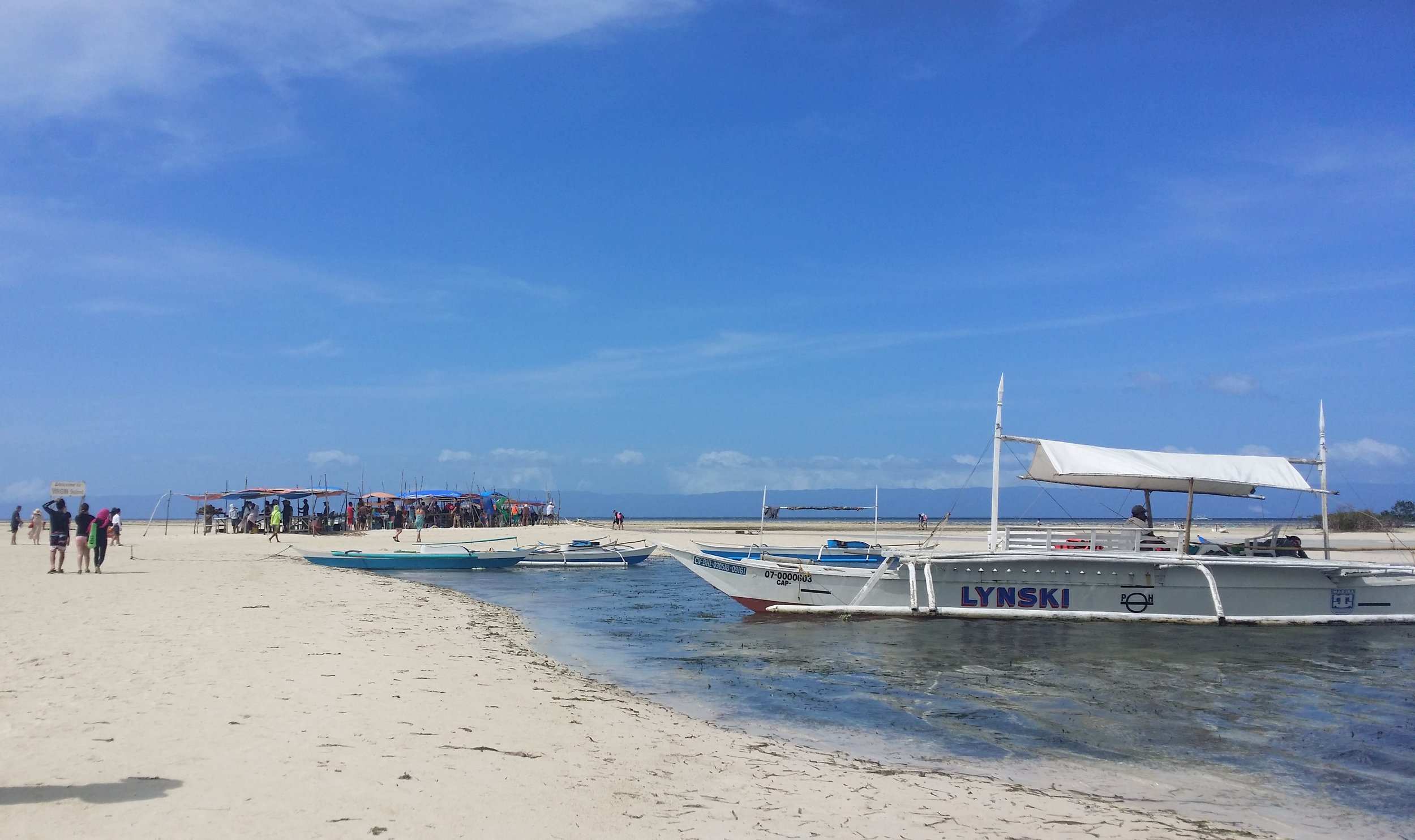
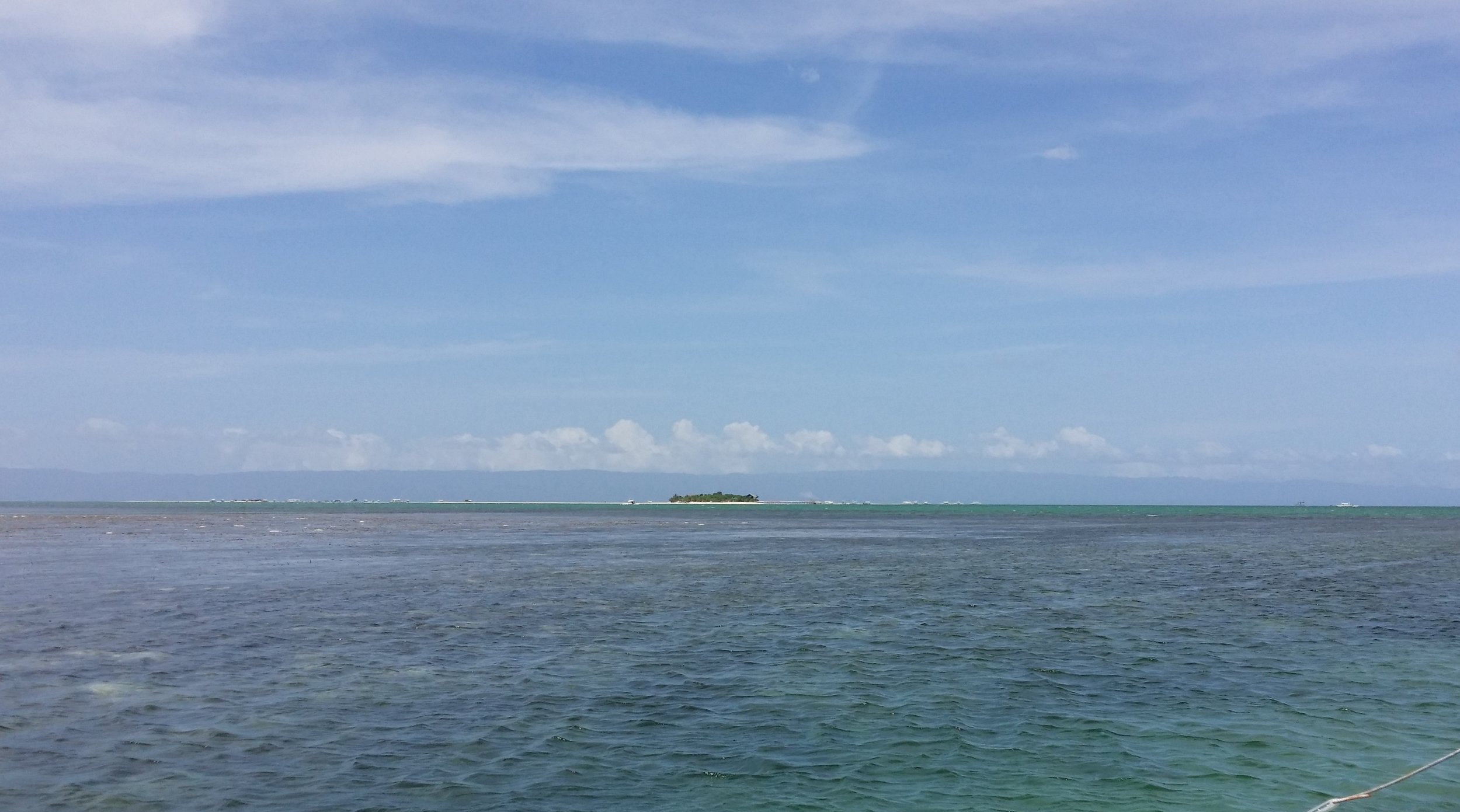
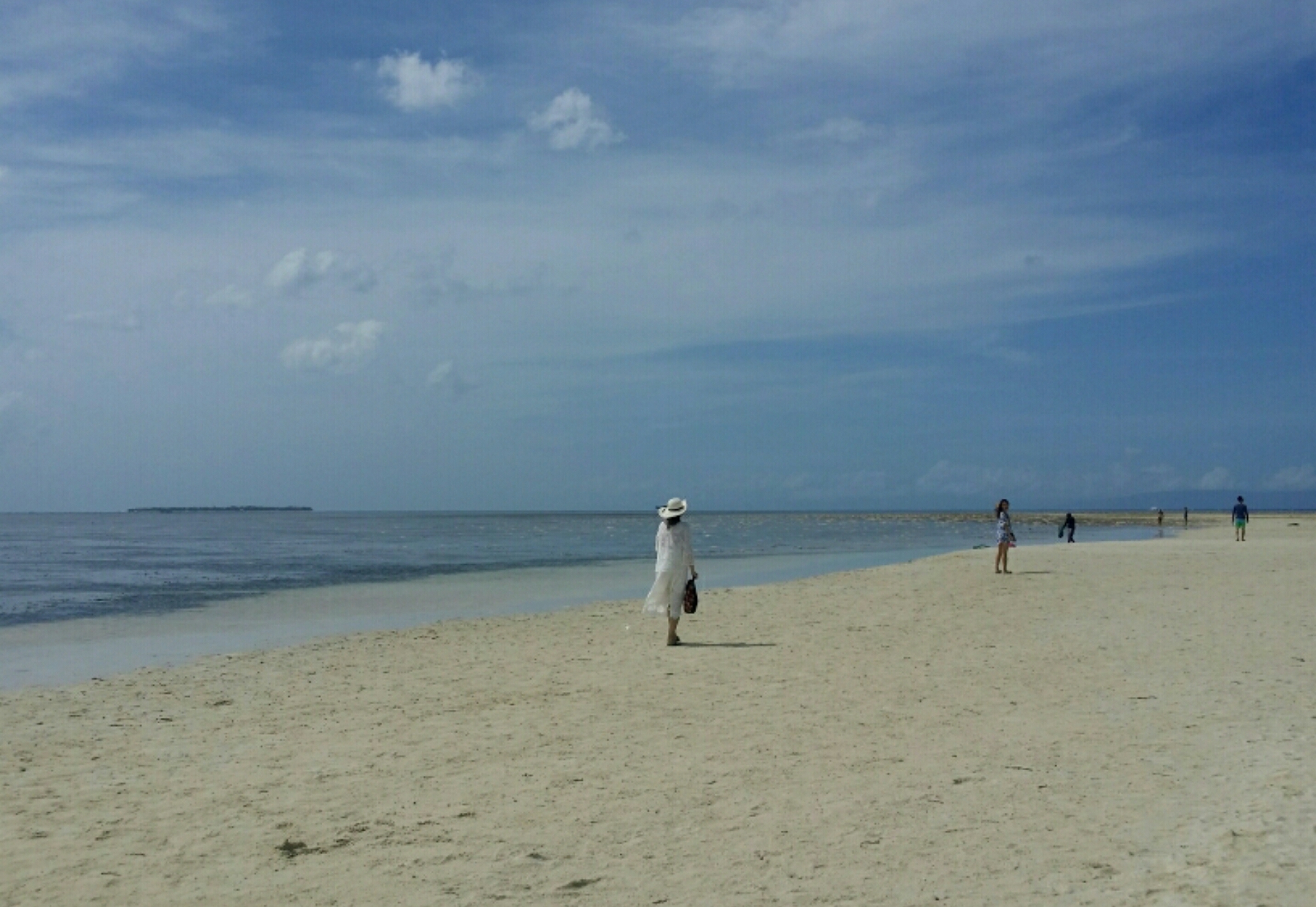
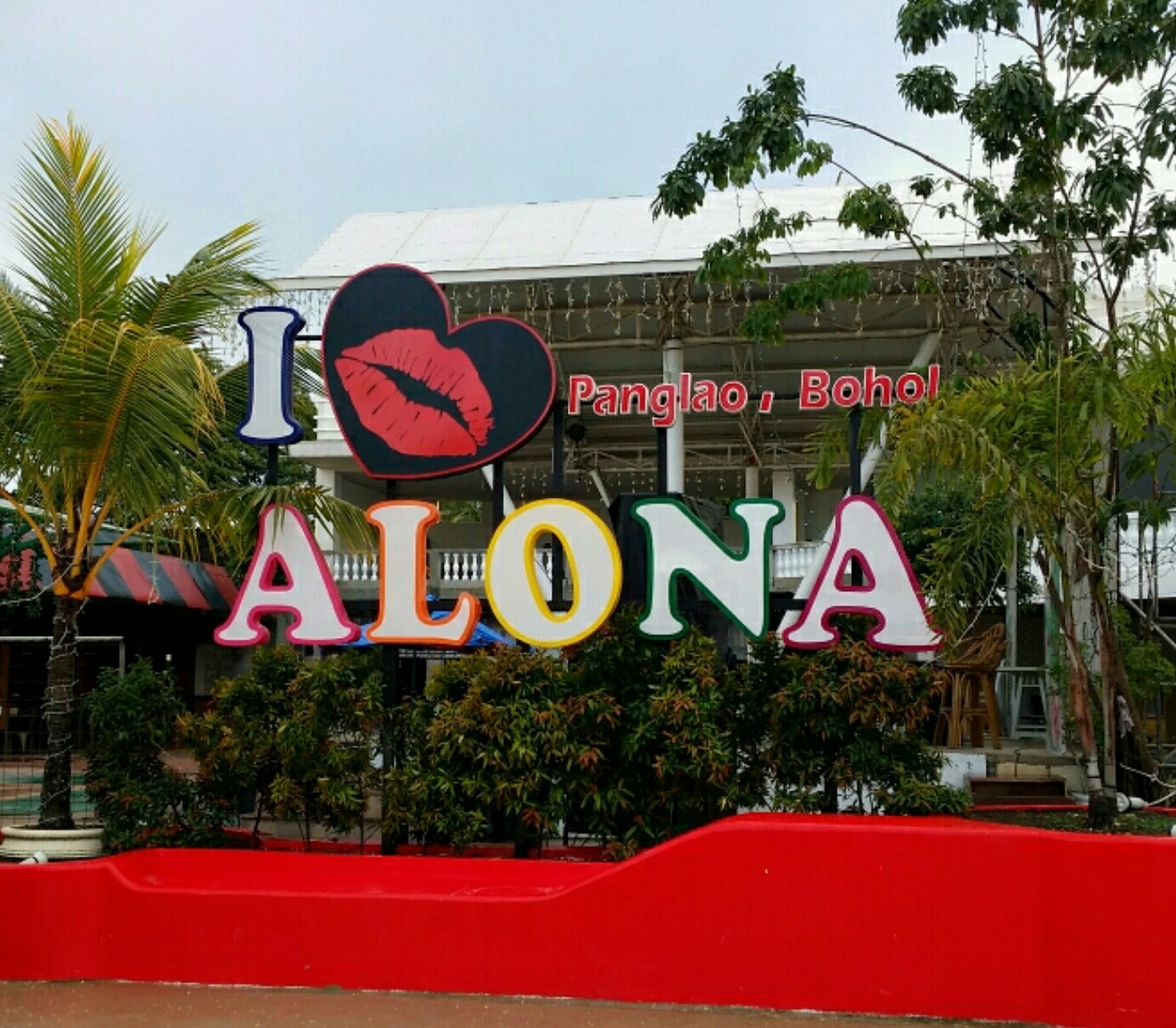
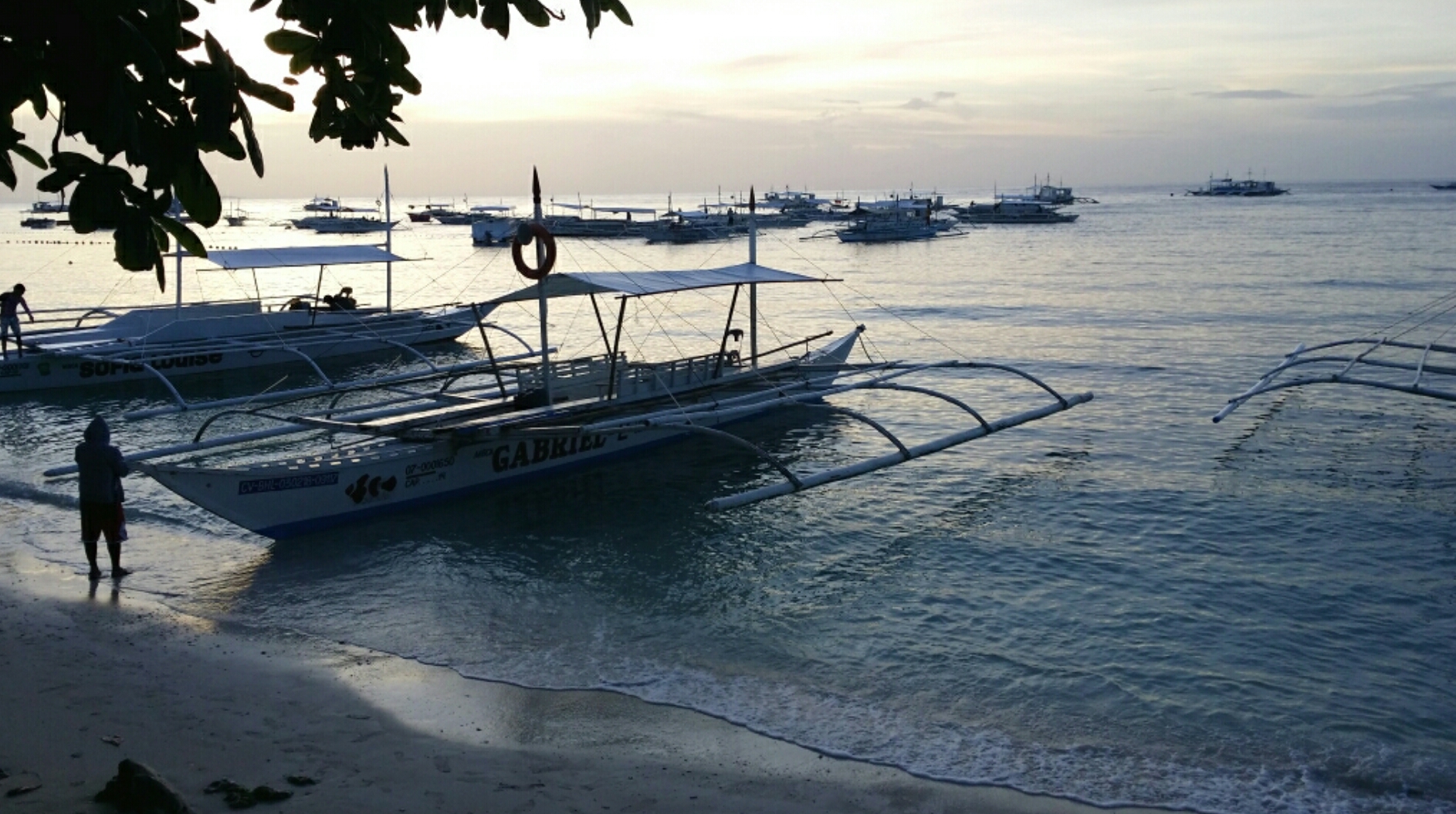
LAND TOUR
If you are looking to have a less tiring yet still enjoyable trip then, strolling around Panglao by car or tricycle is a great idea. There are plenty of places to book your land tour, or you may also hire a car or tricycle to bring you to places. Panglao is a small place, and you can stroll around almost the whole area within just a day if you start very early.
Here is a list of places to visit in Panglao:
Bohol Bee Farm - Watch the working bees how they make honey and hear out the fascinating story about bees. Drop by the ice cream shop before you leave the farm. This is a gluten-free ice cream shop.
Shell Museum - Find some interesting shells and count them if you can.
Baclayon Church - One of the oldest church in the Philippines. this church was once severely affected by a 7.2 earthquake in 2013.
Hinagdaan Cave - It has natural light. It goes inside through the holes and creates some stunning light effects. There is also an enchanting lagoon that seems to be greenish on the surface because of the limestone at the bottom of the lagoon. Watch out where you step as it is slippery.
Panglao Watchtower - One of the heritage watchtower that was built in 1774.
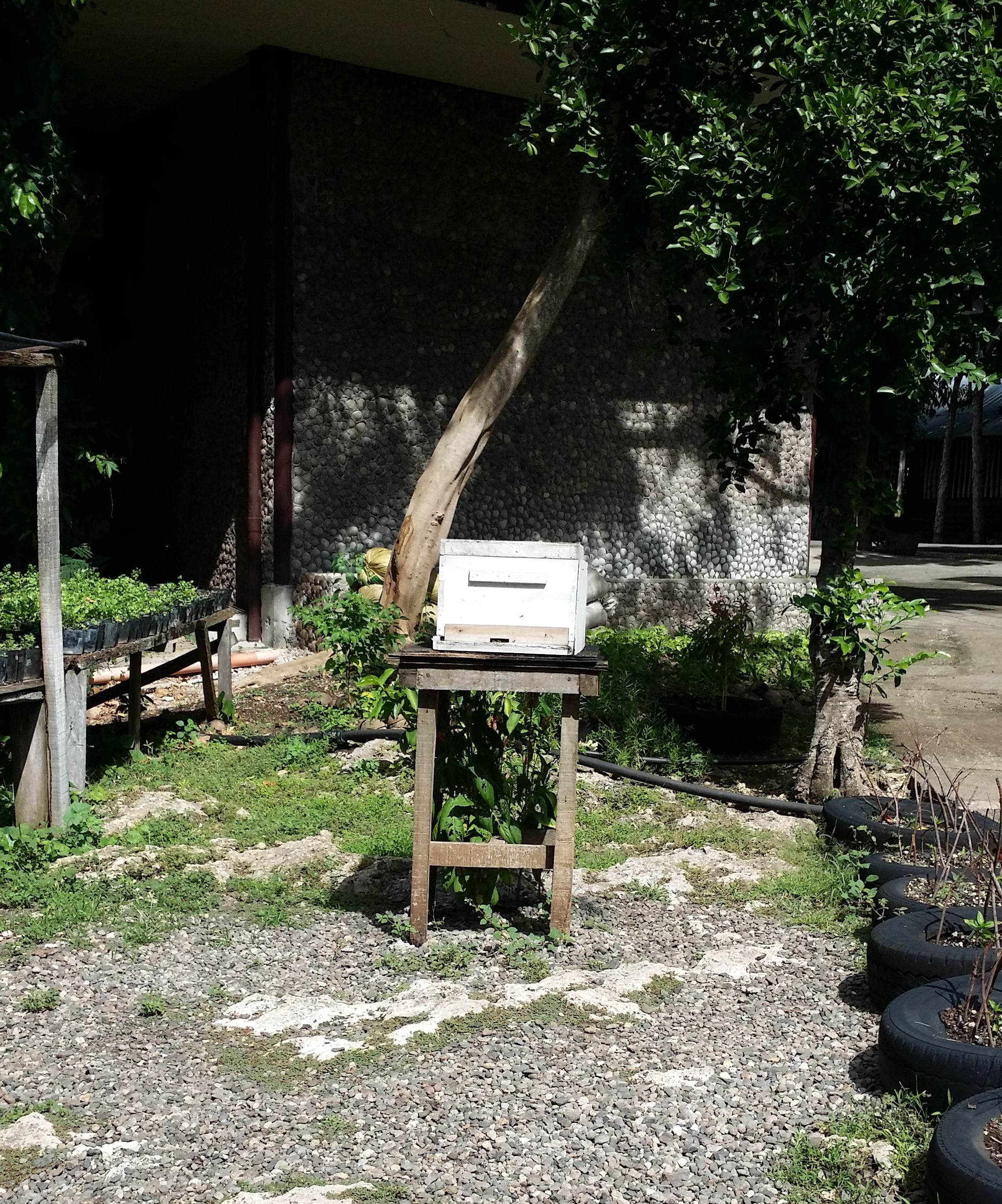
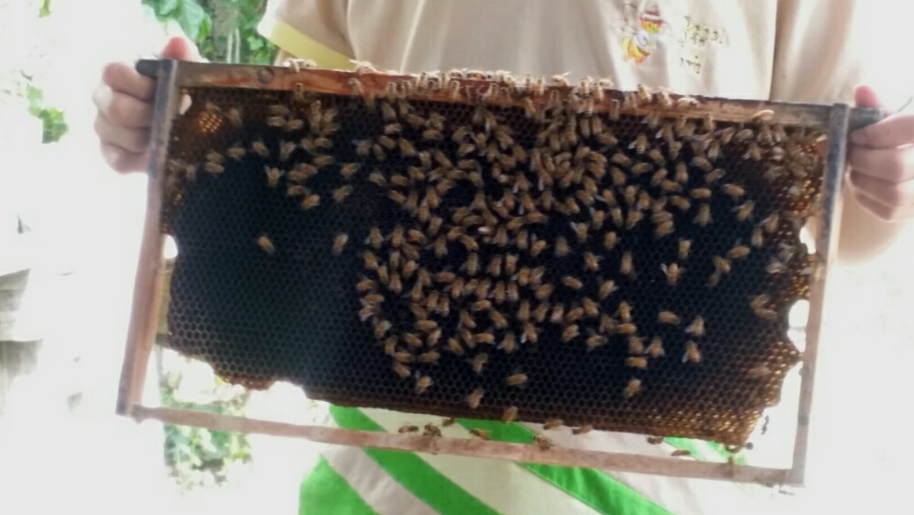
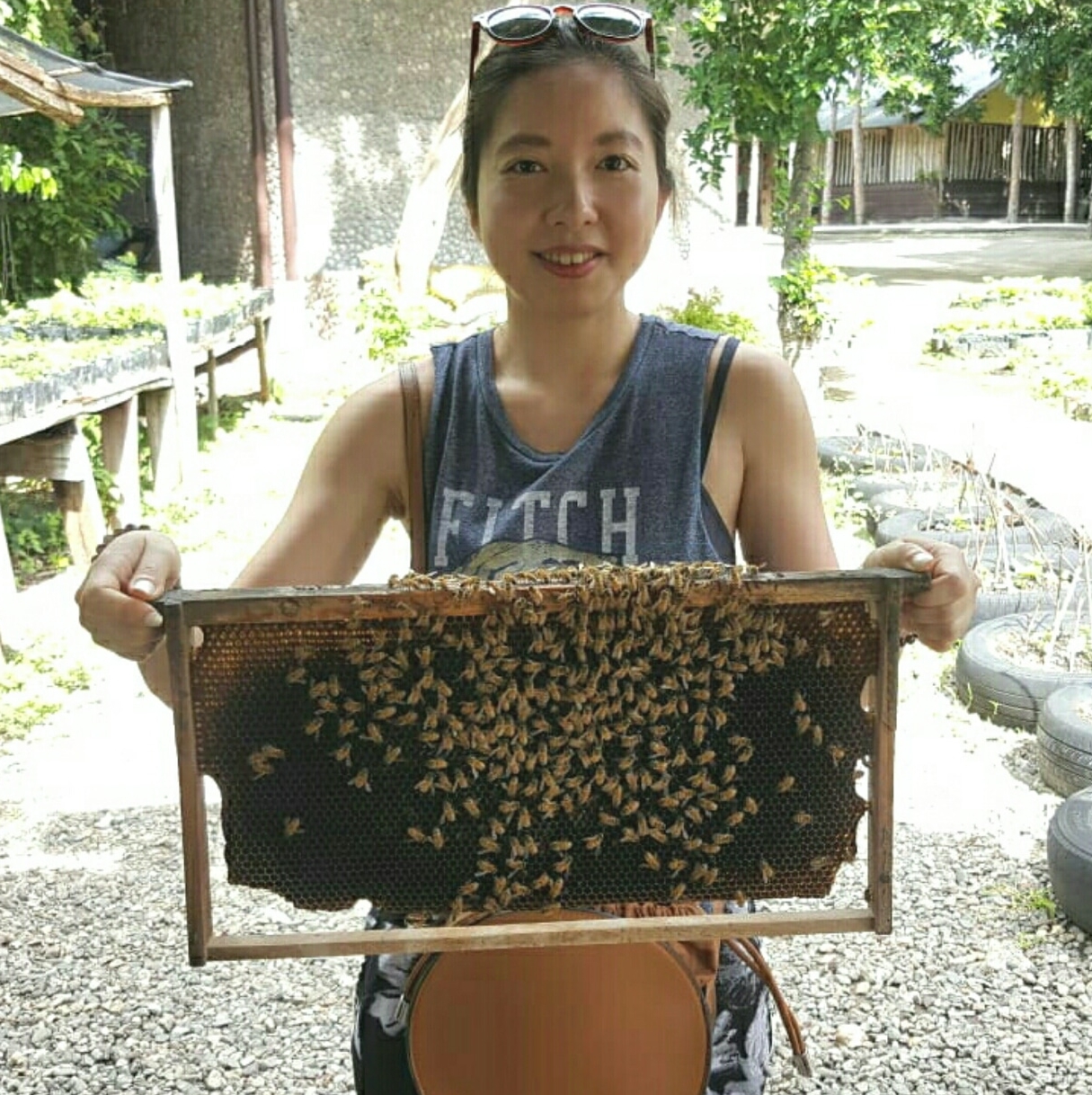
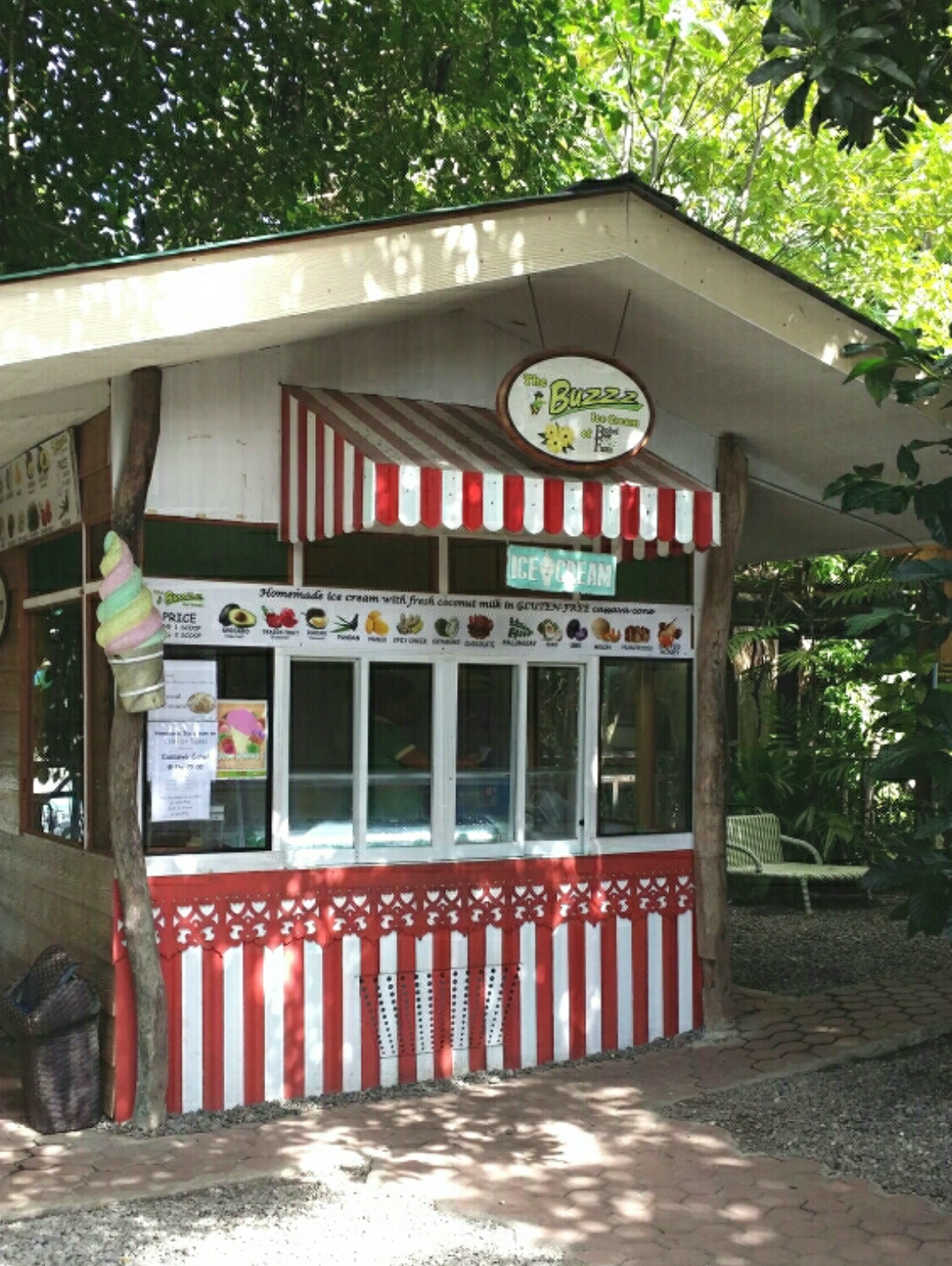
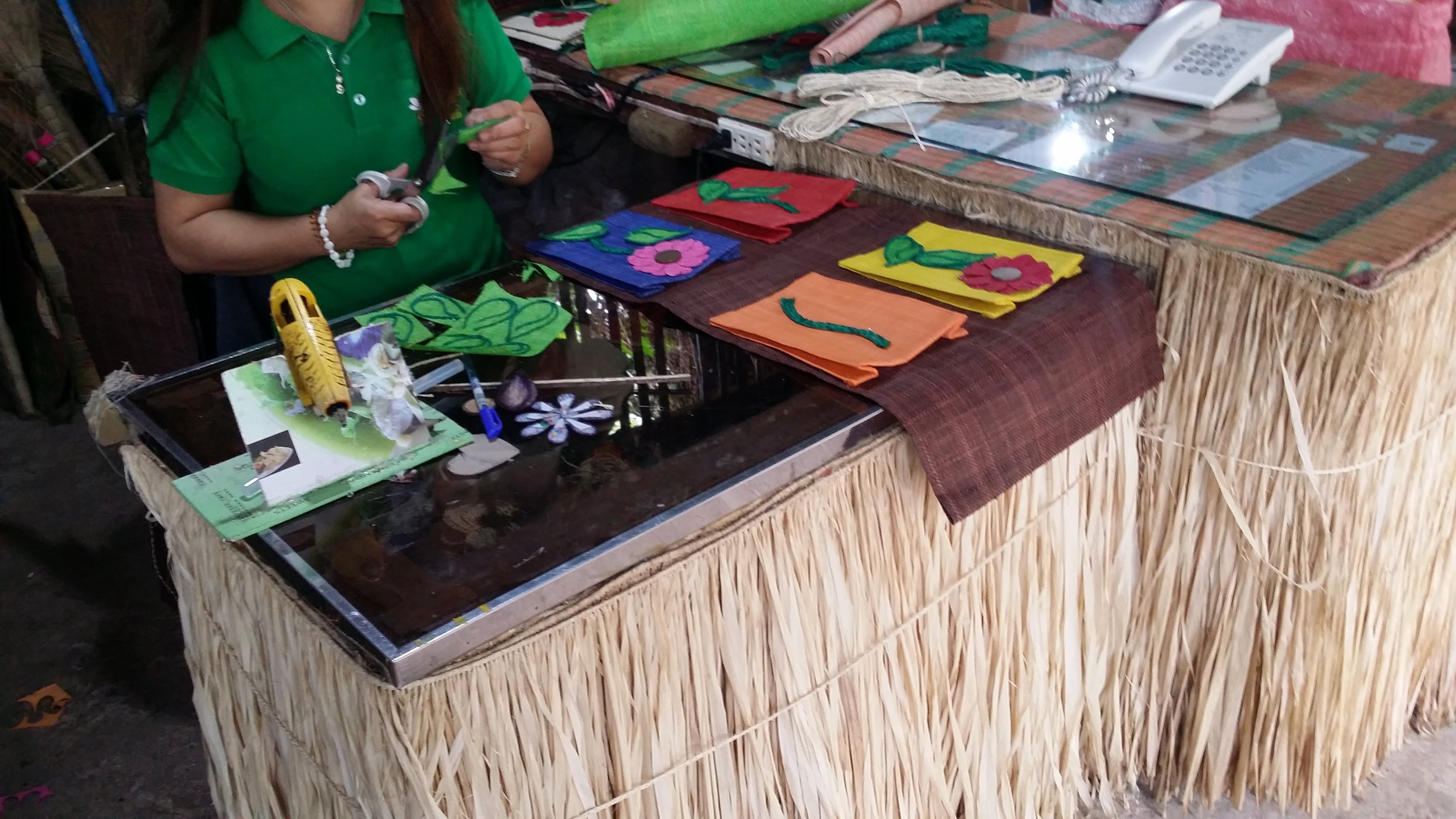
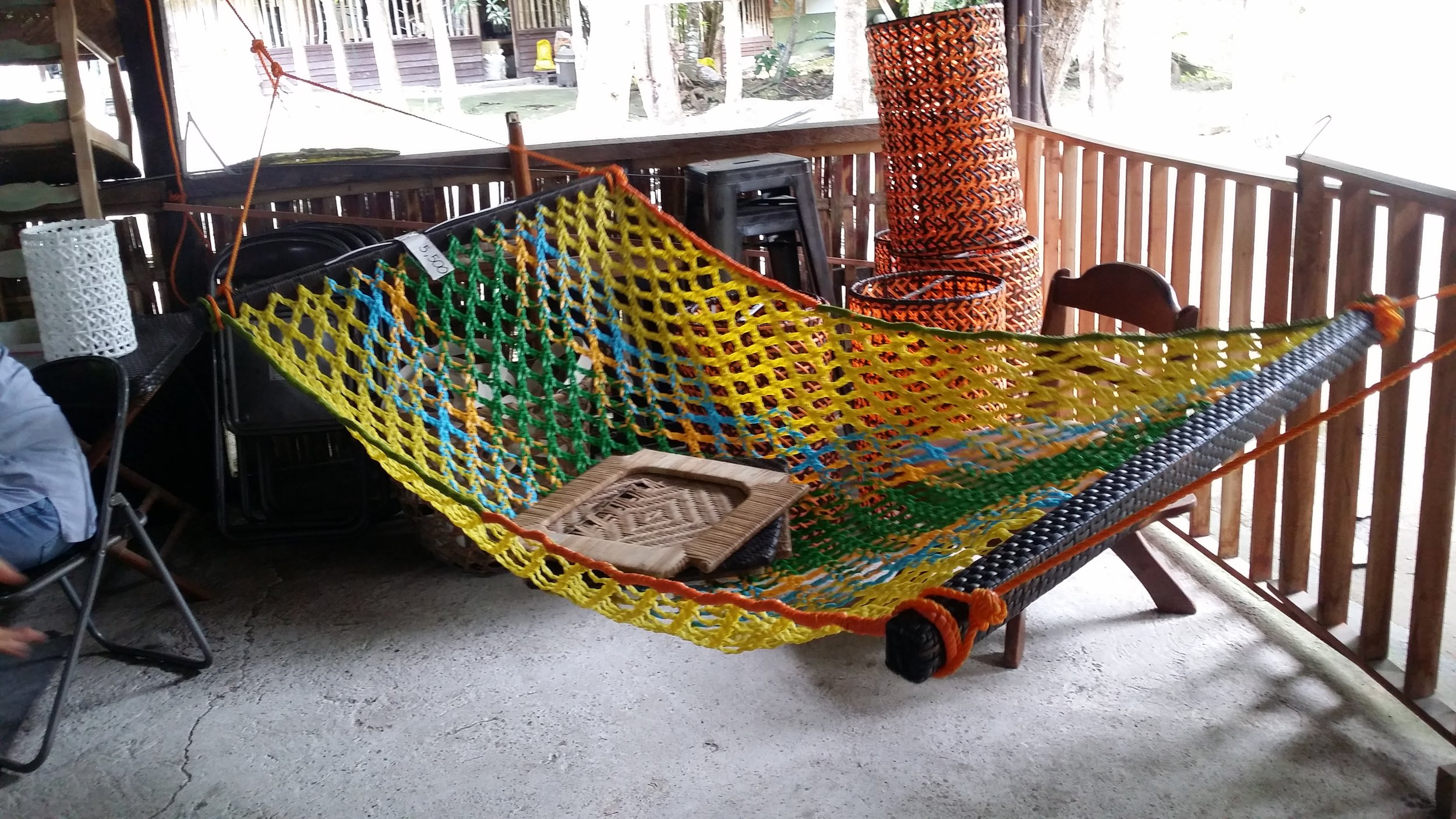
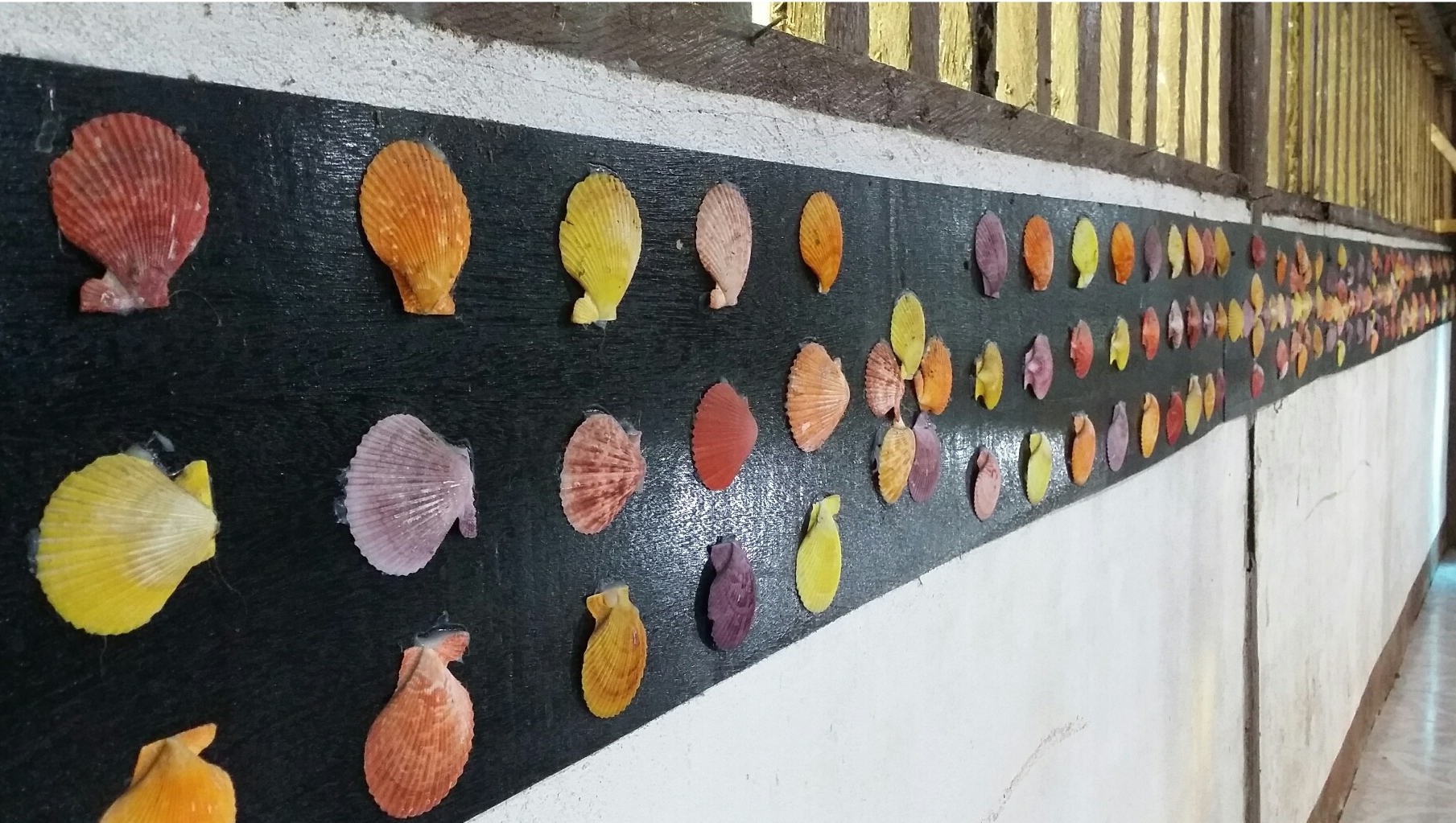
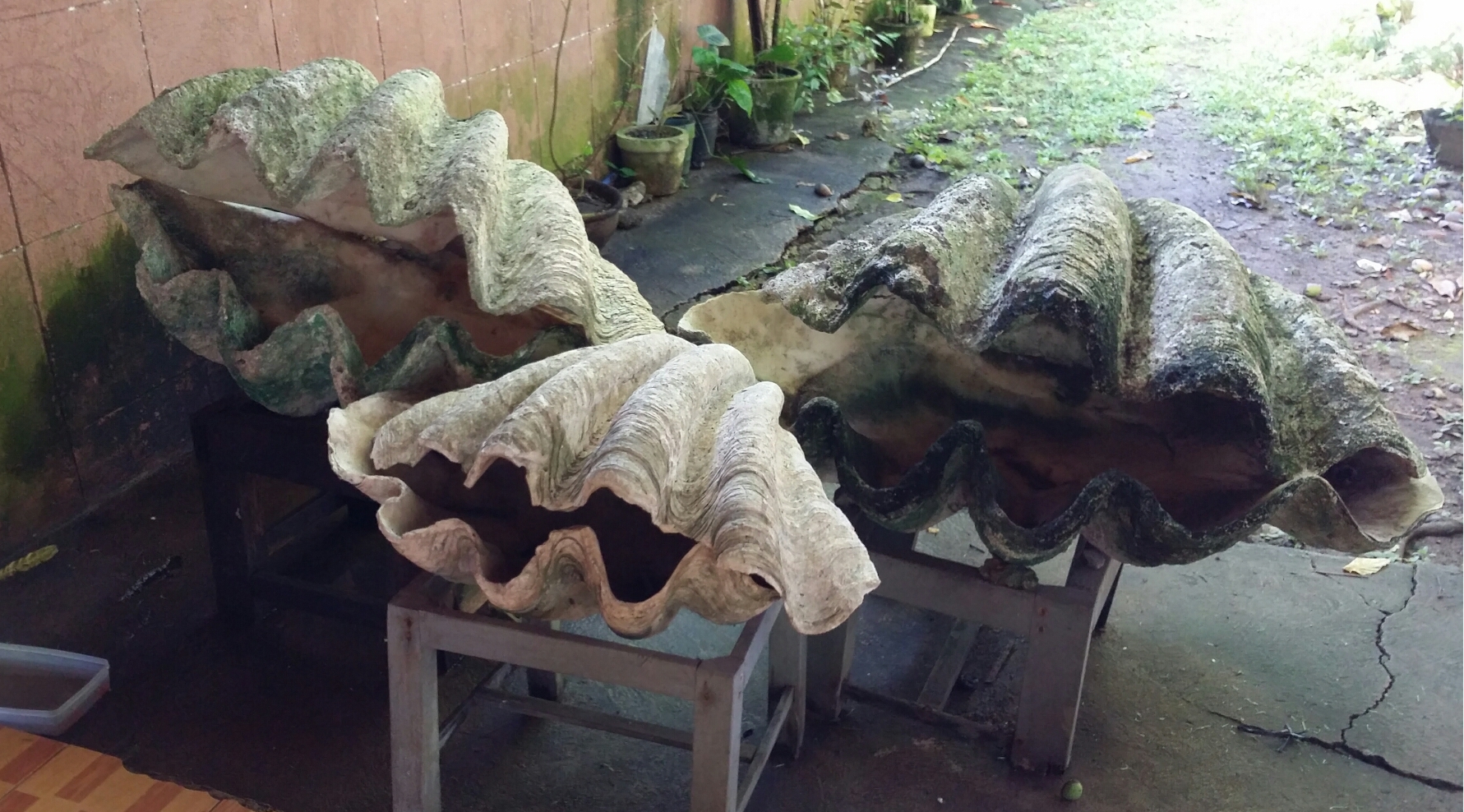
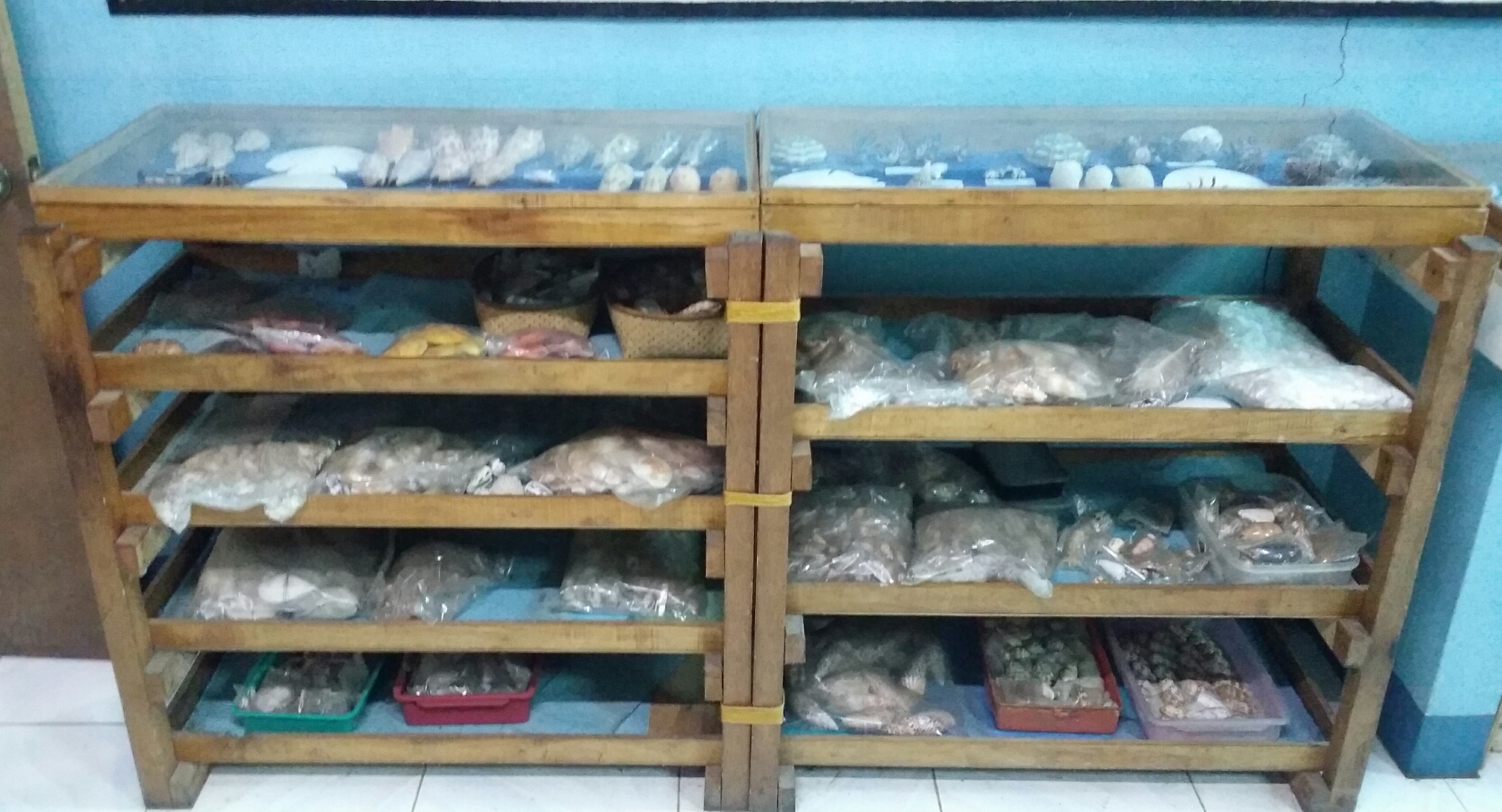
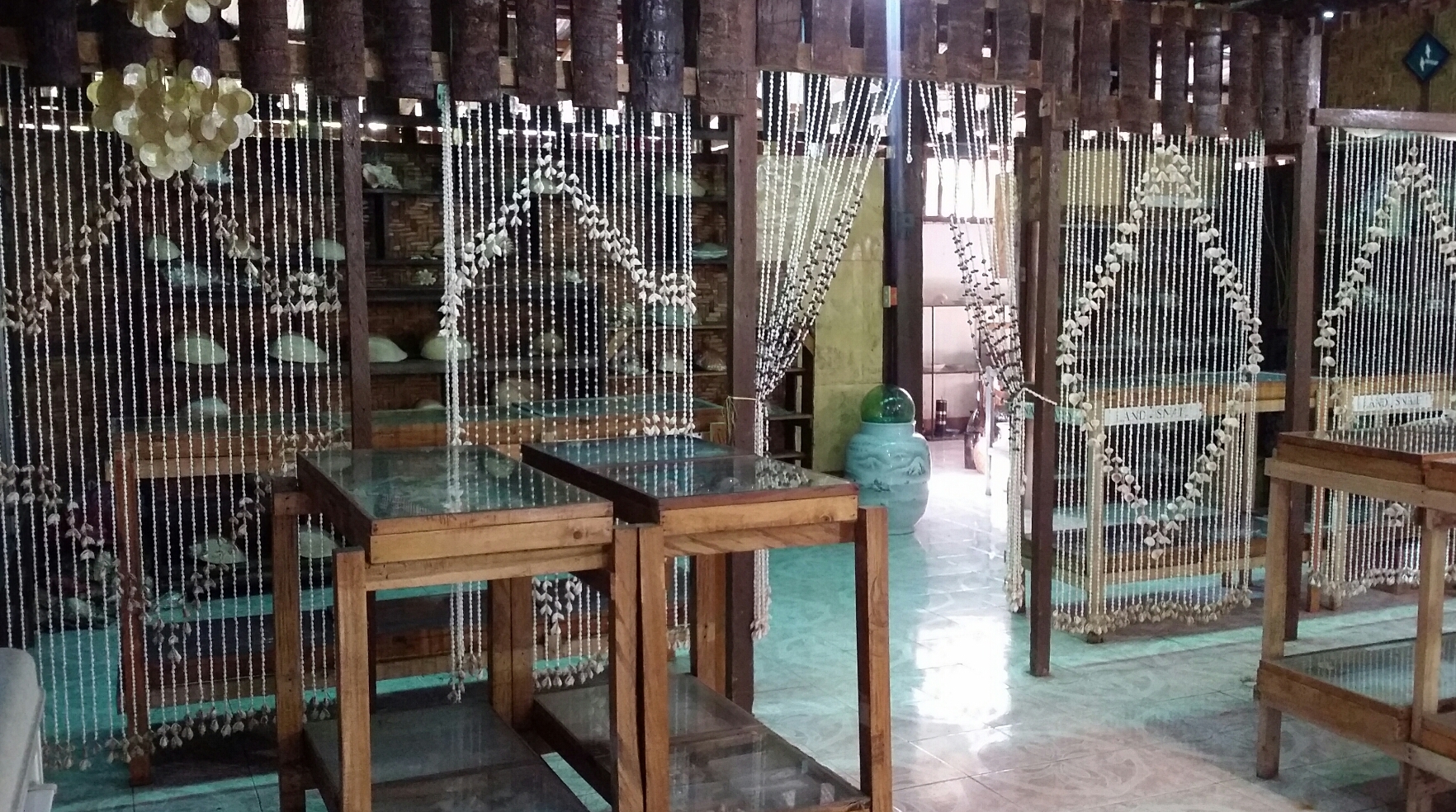
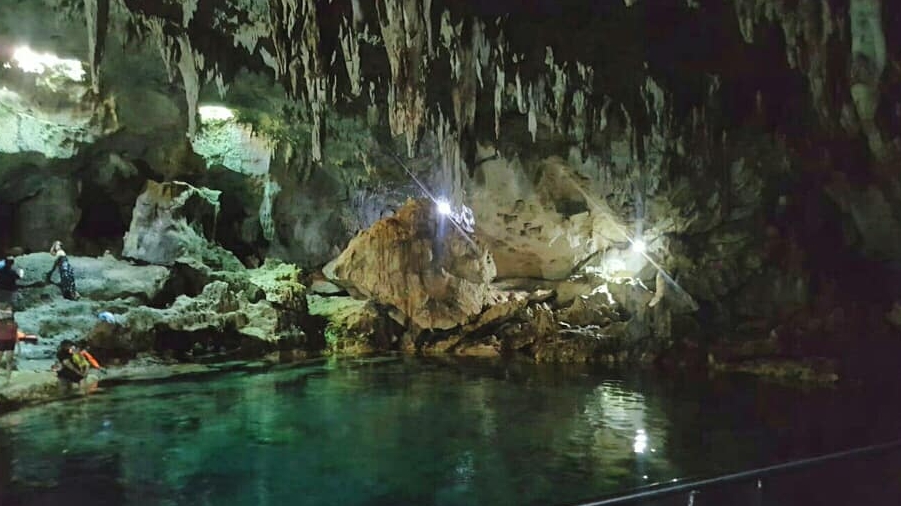
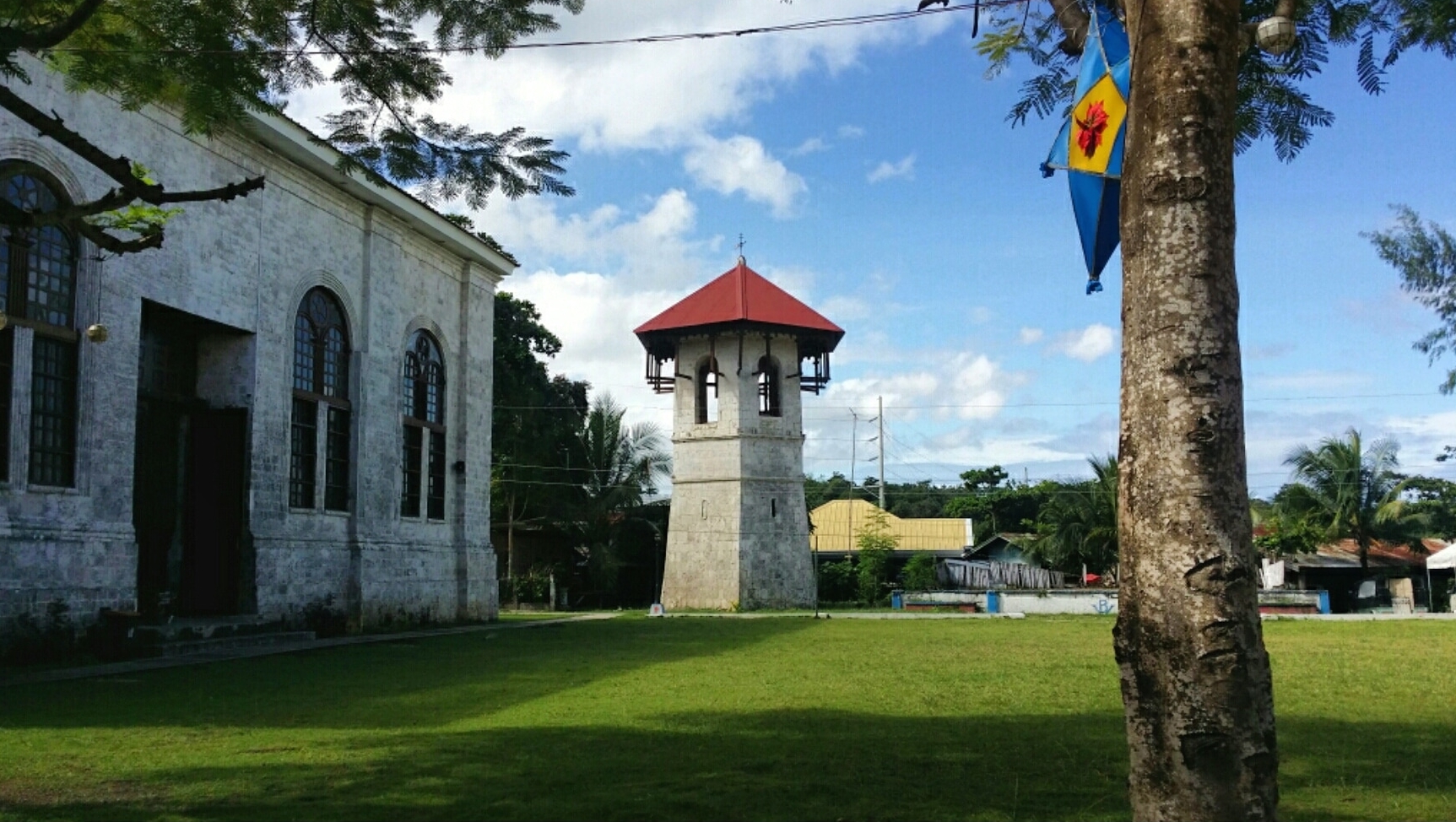
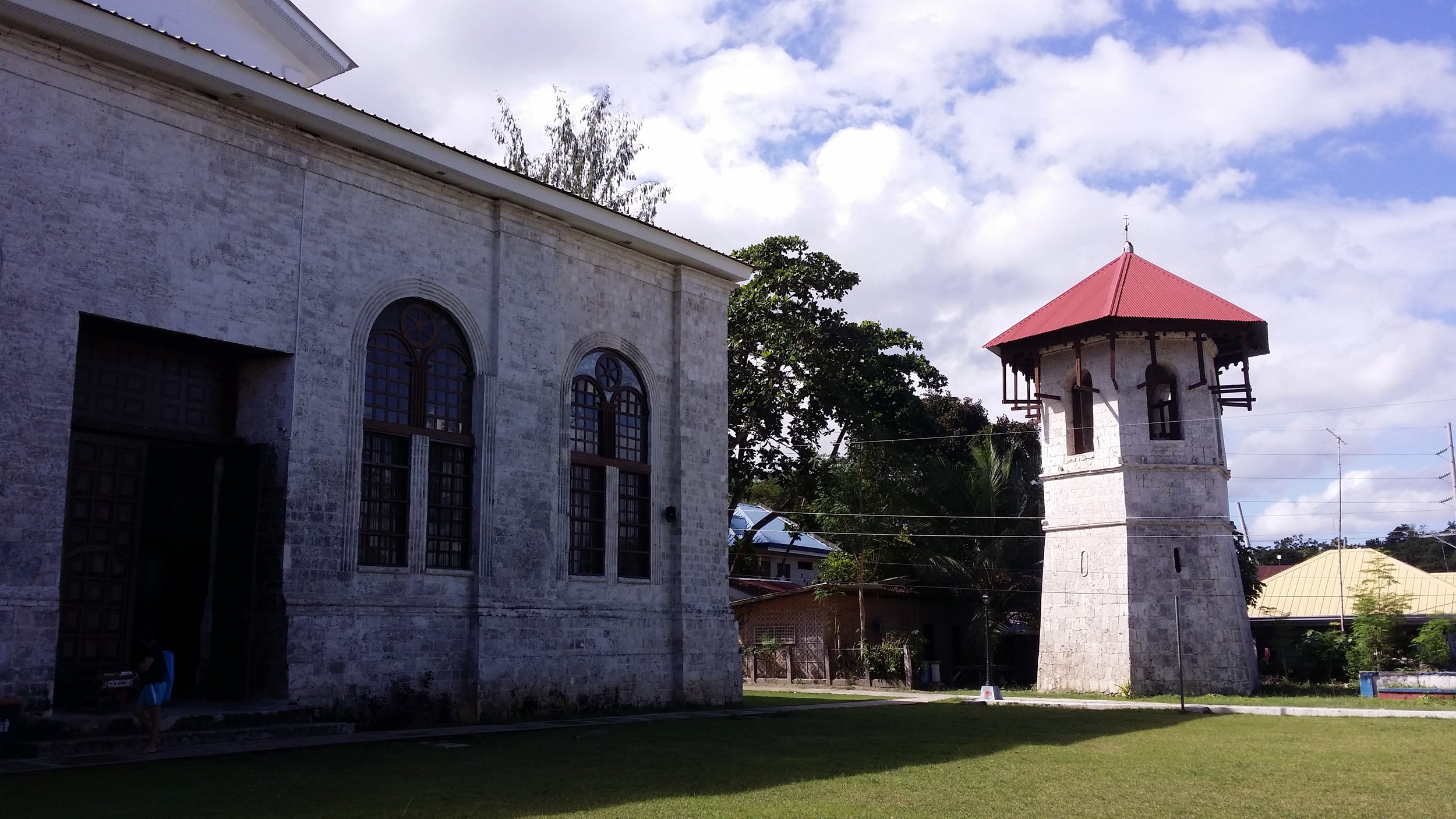
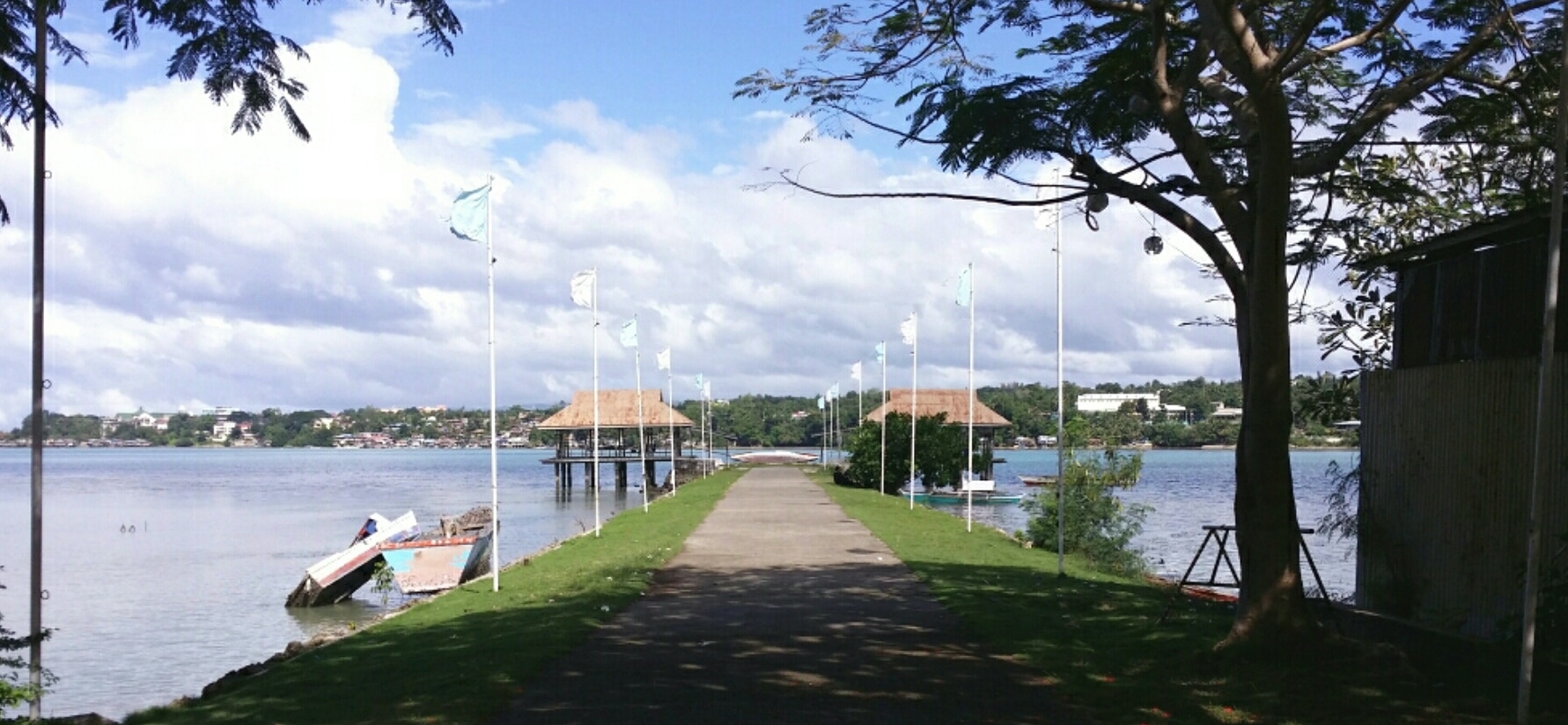
SCUBA DIVING
There are plenty of diving agencies around the island. Booking your diving trip in advance is mandatory as it will need a lot of preparations beforehand such as arranging your boat, dive guide, fitting in the gears and how much required tanks for your diving journey.
Balicasag Island, Cabilao Island, Doljo Island, Habagat Wreck and Pamilacan Island are probably the best diving sites to consider in Panglao.
Check out this site “The Best Dive sites of Panglao” in to know more.
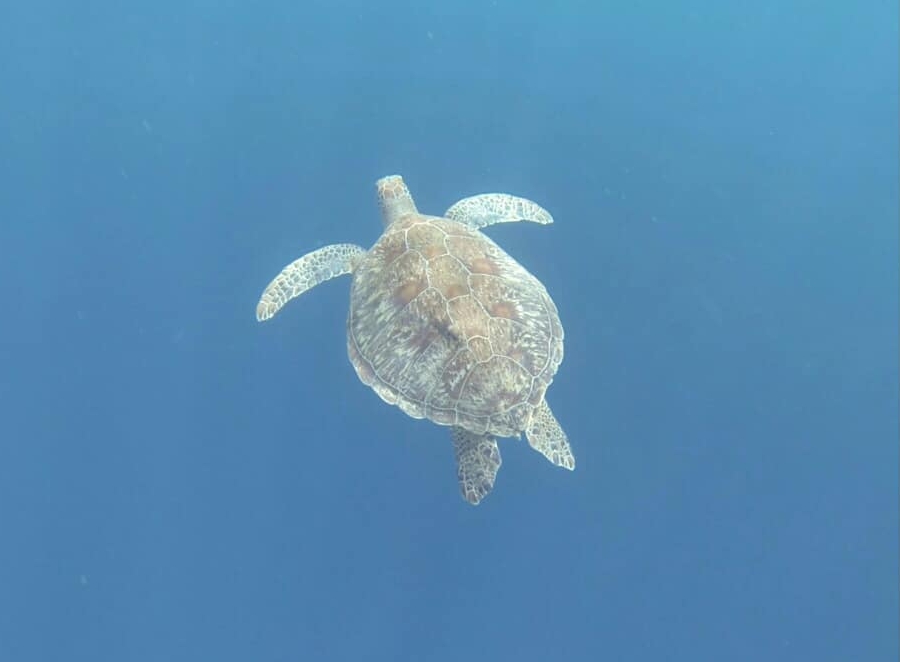
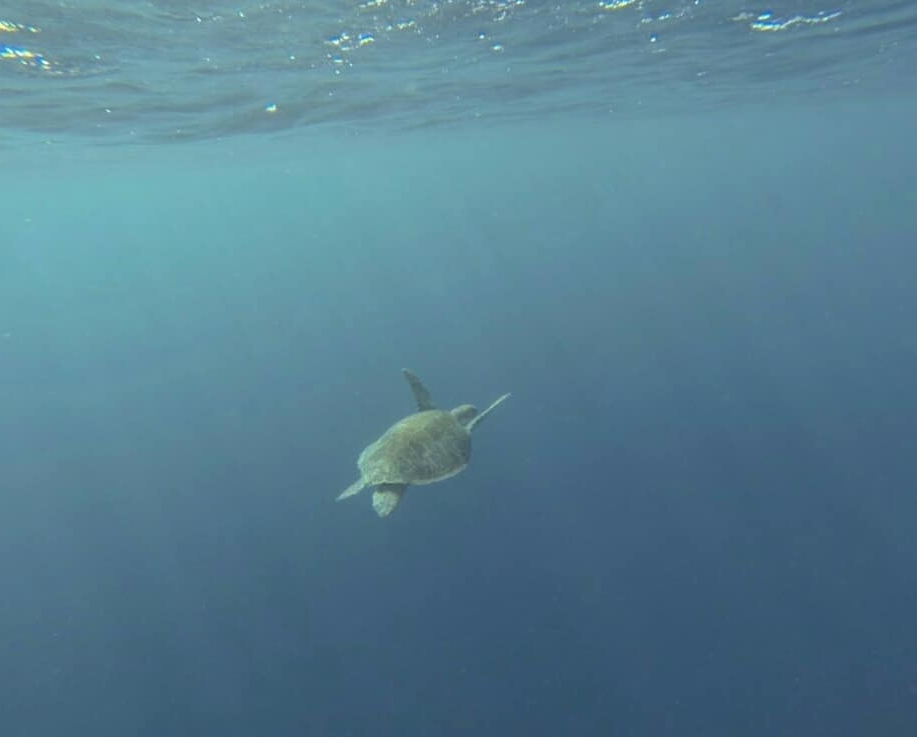
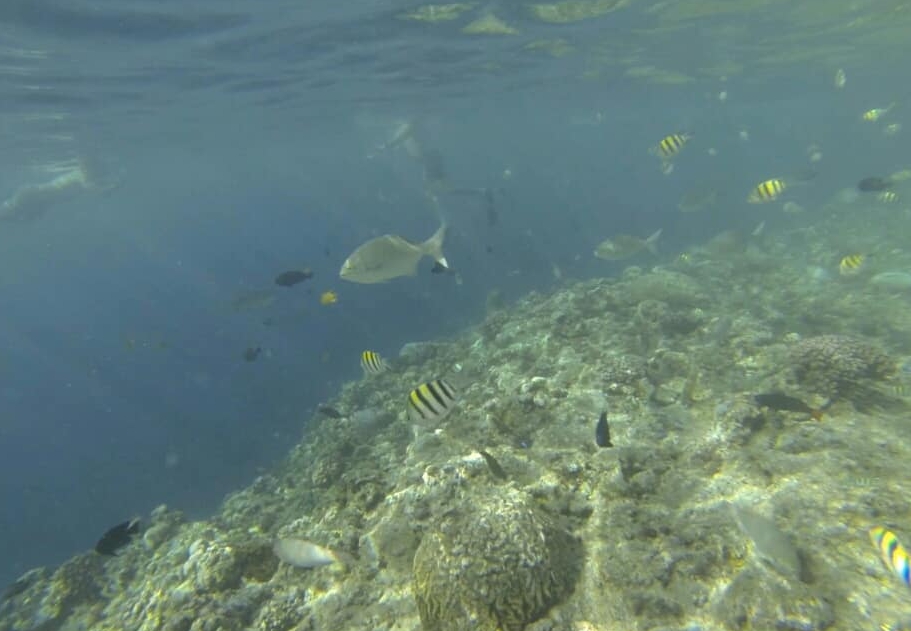
WATER SPORTS
There are many water sports for people to enjoy such as SUP (Stand Up Paddle), jet ski, kayaking, canoeing, surfing, windsurfing, scuba, snorkelling and parasailing.
Remember to book your trip in advance to secure your spot.
SIDE TRIP TO BOHOL
From Panglao Island, vacationers can do a side tour to Bohol. It is only two to three hours ride. Bohol is a beautiful place. There are many attractions and activities to do so it should be on your to-do list.
Attractions in Bohol includes The Philippines Tarsier, The Chocolate Hills, ATV ride around the hills, lunch buffet at Loboc Floating Restaurant, Loboc Eco-Tourism Adventure Park and Bohol human-made forest.
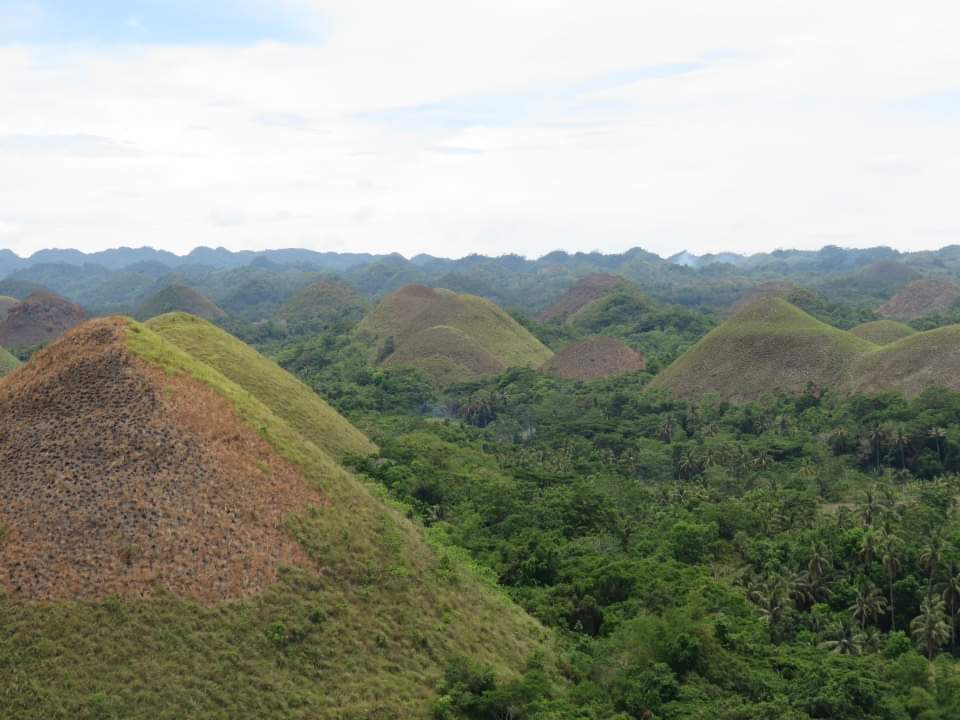
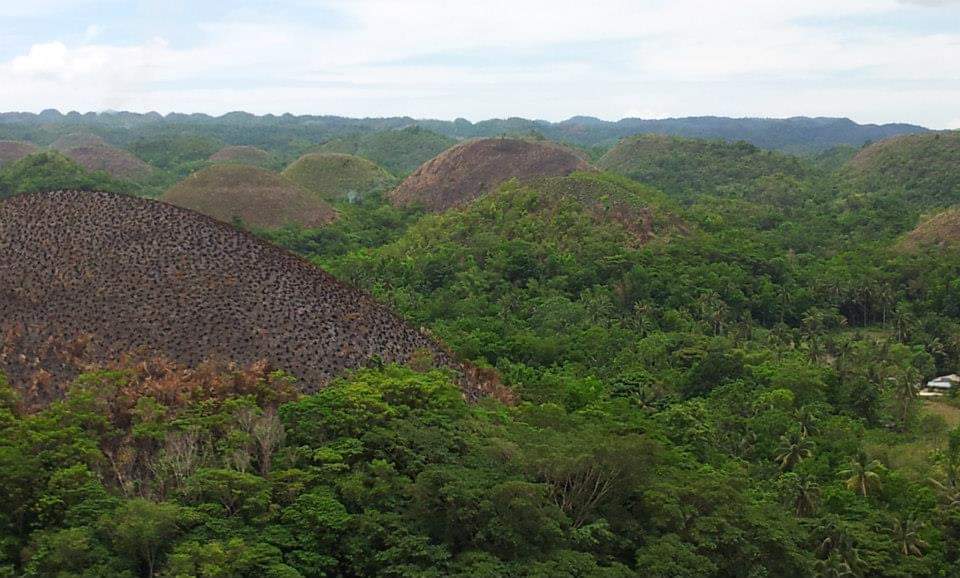

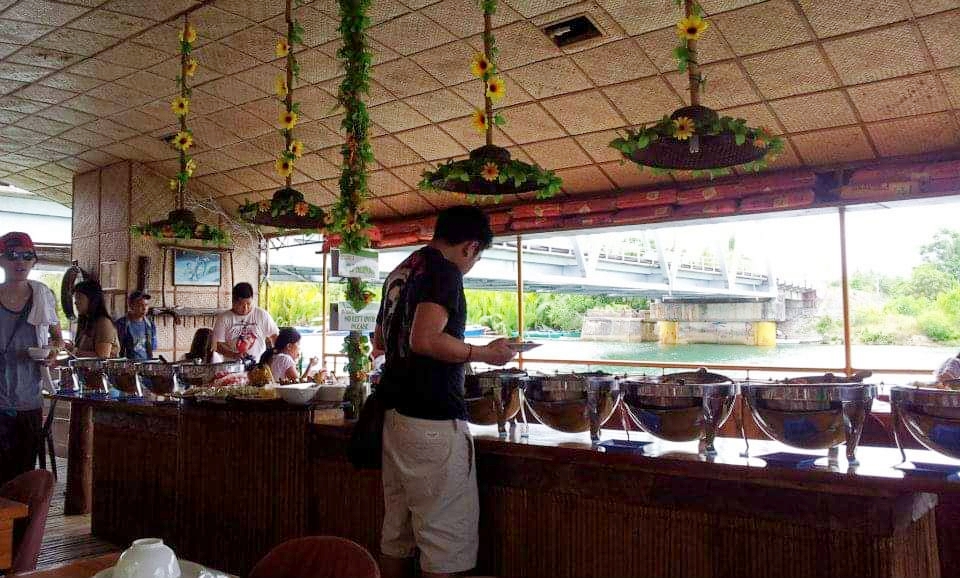
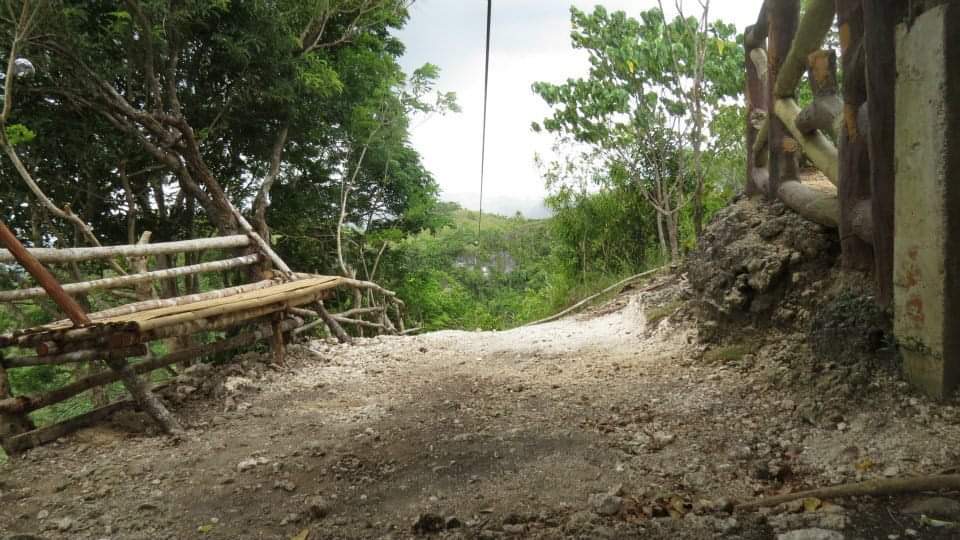
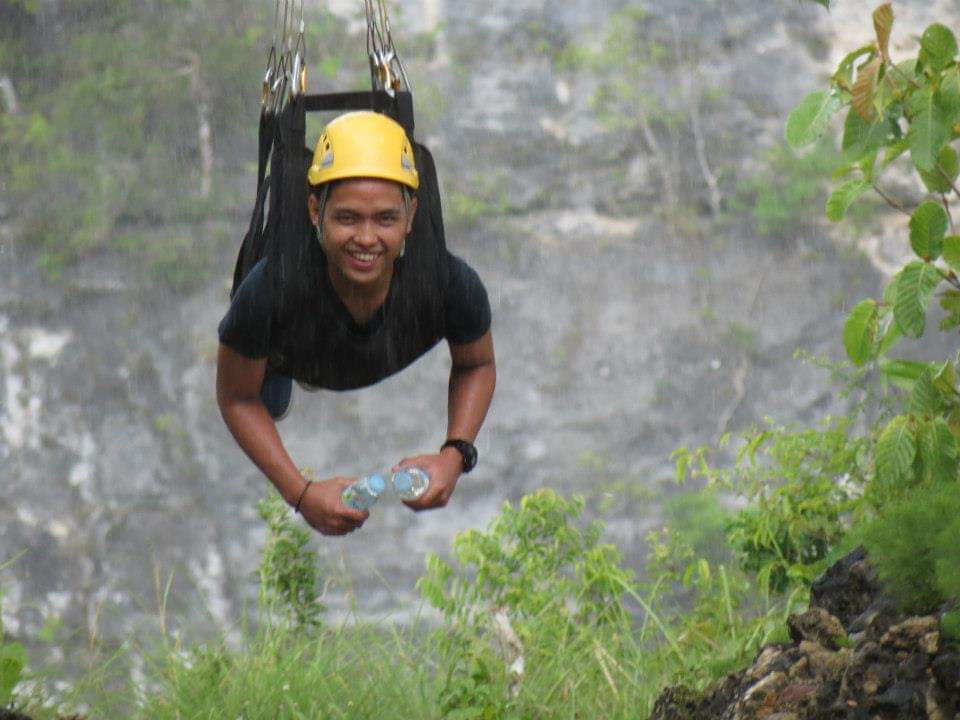
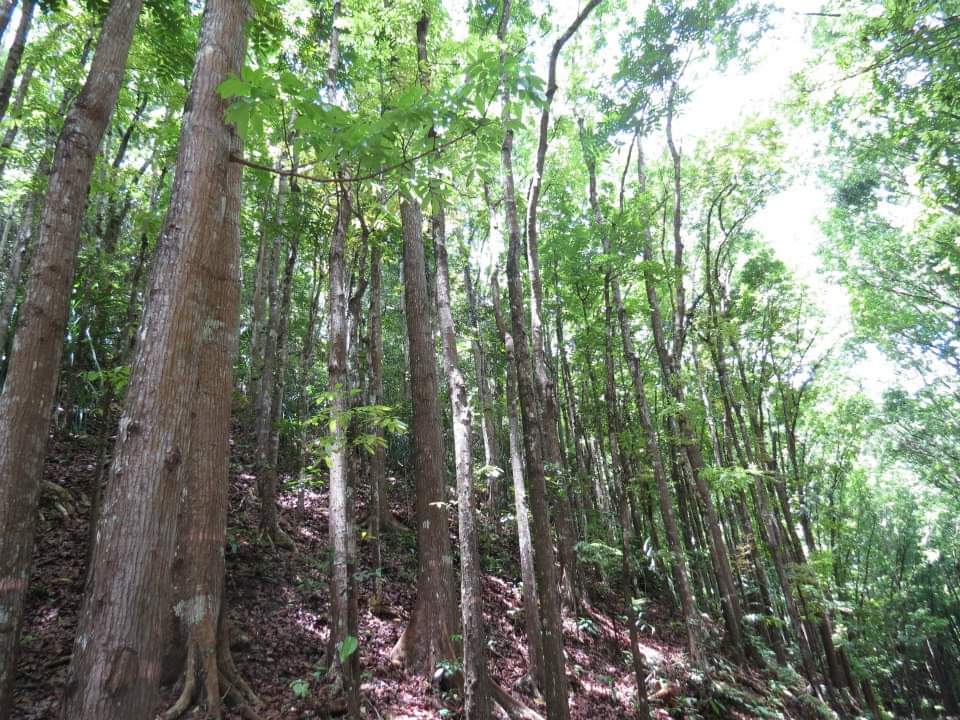
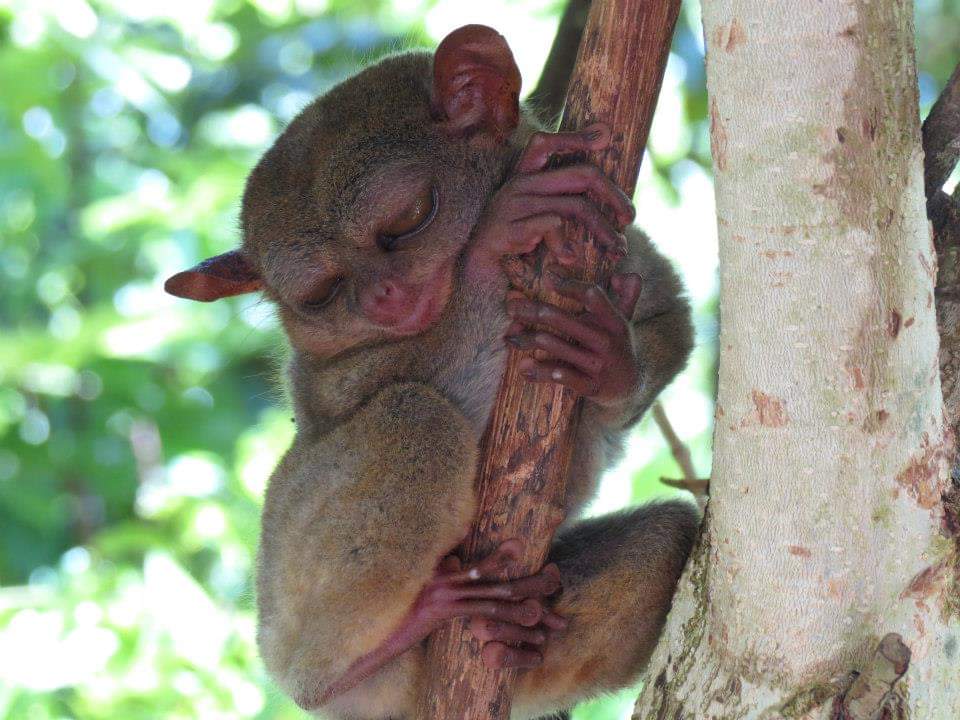
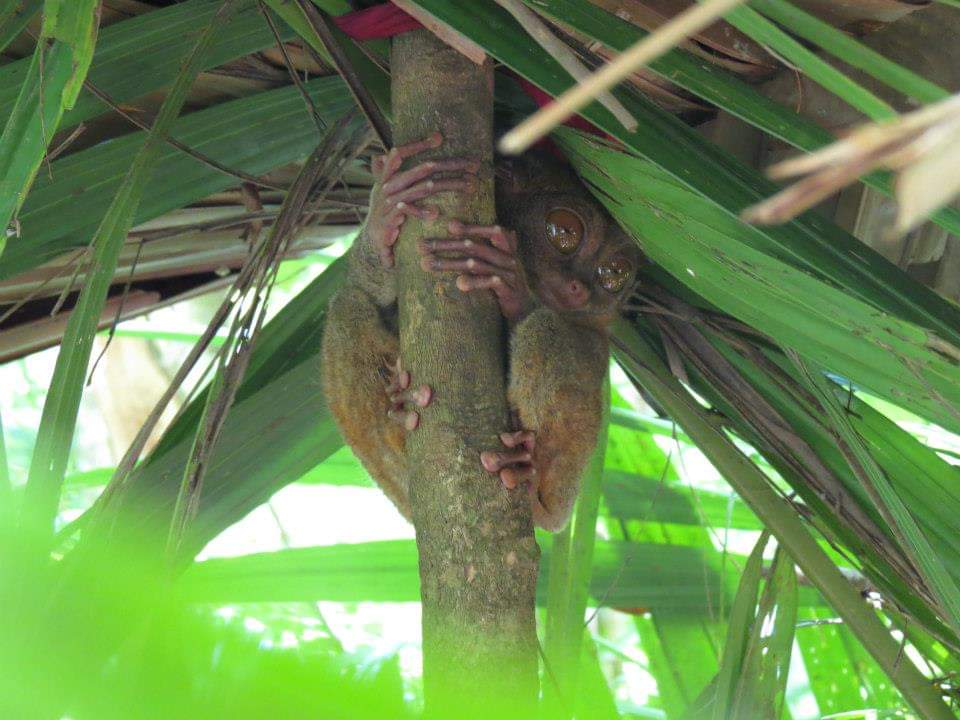
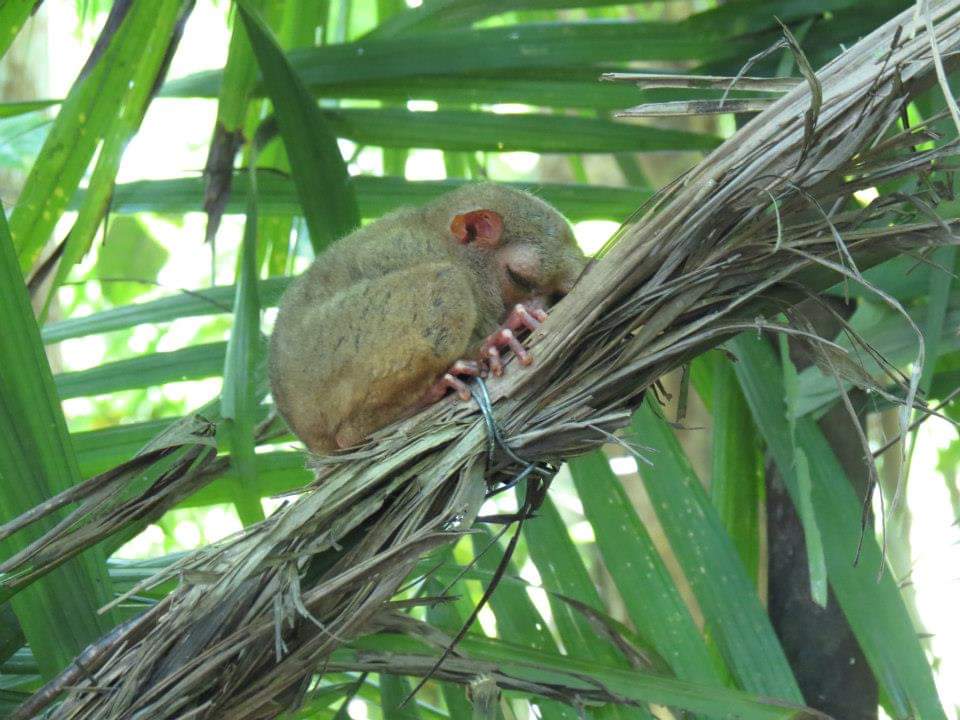
FOOD HUNTING
There are plenty of restaurants on the island. I find it hard to choose what restaurant to pick as there are too many and they all seem pretty good. You can find Filipino, Italian, Korean, Japanese, Spanish, Thai, American and Chinese cuisines. There is also some BBQ (cook to order) and buffet places to dine in. In simple words, Panglao has everything you need.
RELAXATION
Reward yourself with some relaxation treat. Trust me, we all deserve that from time to time! There are numbers of spas around the island. They are also plenty of massage services by the beach. Massage on the island is affordable and not super expensive.
If you are looking for some nail/ foot spa, there are a few shops available to tend to your needs too. Most hotels offer massage services in your room as well.
THE DO’S
Respect the rules in the hotels, restaurants, public areas such as the beach, park, etc
Try the Filipino cuisines and drink local beers (San Miguel or Red Horse)
Book your activities or scuba trip days in advance to avoid fully-booked or delaying your trip.
Be friendly to the locals so that they will be helpful to you too.
Tip your waiter, driver or masseuse accordingly. It will help with their daily expenses.
Always ask for the name and contact number of the person you are booking an activity. Ask for a receipt as proof.
Conserve water and only use it when needed.
THE DON’TS
Don’t litter anywhere. Put your trash in the bins.
Don’t cause any harm to nature.
When buying things or booking a trip, don’t bargain too much or unreasonable as they don’t earn much.
Don’t swim during night time as there will be no one to save you from drowning.
Don’t pay any advanced full payments for your activities; a deposit usually is what they will ask.
Don’t drink the tap water as it is not drinkable. Always drink from bottles.
OVERALL EXPERIENCE
When I first arrived at Panglao Island and strolled around the beach area, I immediately thought of Boracay. Panglao has the Boracay-vibe which is a fun, relaxing and party place. Panglao is beautiful day and night. It is not over-crowded yet, but I believe it will become one very soon as more and more people are slowly discovering this beautiful island. I receive nothing but friendliness from the locals, and the accommodation was very warming.
Overall, I had a great experience, and I will be back for sure.
If you have any questions in terms of the trip, activities and which places to book, feel free to leave me a comment below. I will be more than happy to help.
Yours Truly,
Michelle Chan




